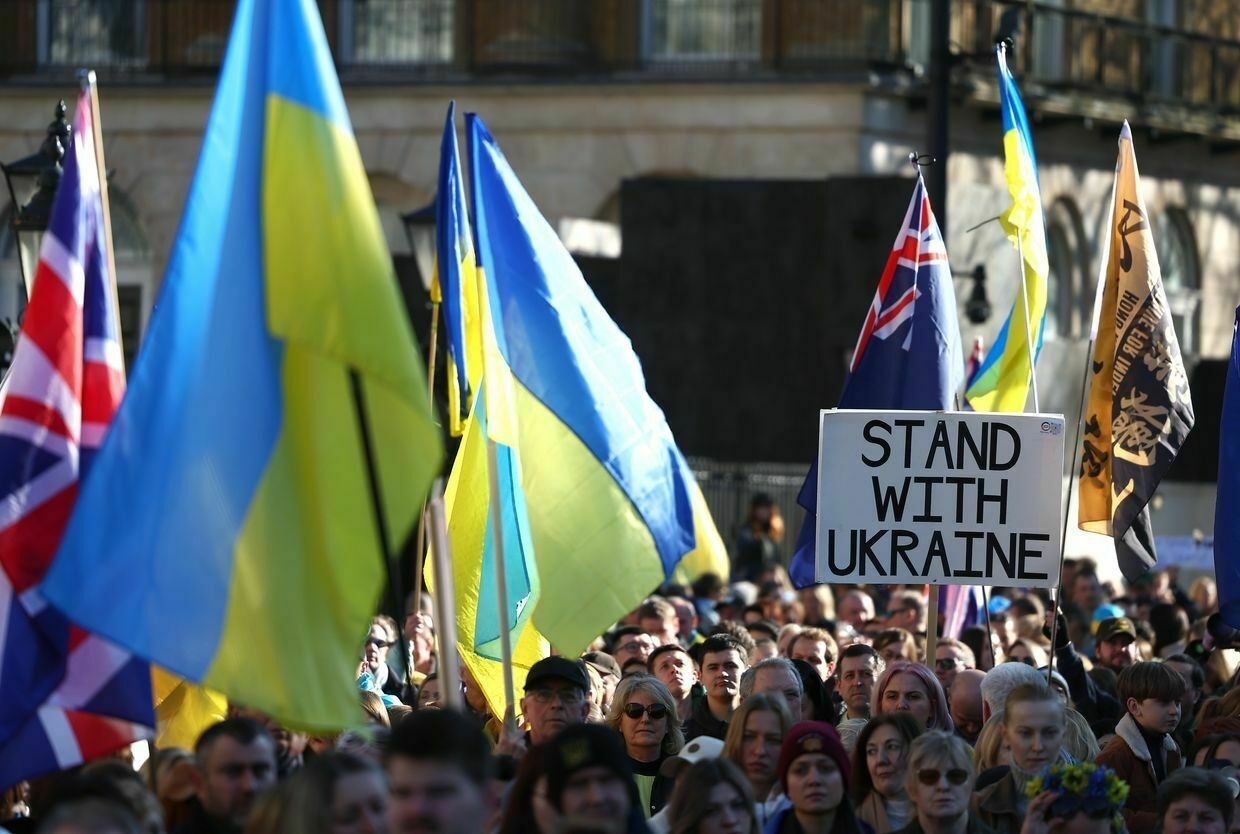-
Ukraine reportedly strikes ammunition depot in occupied Donetsk Oblast

Editor’s note: This is a developing story and is being updated.
Ukraine reportedly struck a Russian ammunition depot in the town of Khartsyzk in occupied Donetsk Oblast on July 2, Russian Telegram channels reported.
Videos posted on social media purportedly show massive explosions near the reported ammunition depot, located just east of the Russian-occupied city of Donetsk.
The Kyiv Independent cannot immediately verify the reports.
Ukraine’s military has not commented on the reported attack. No information was immediately available as to the extent of the damage caused.
0:00/A purported video of explosions at a Russian ammunition depot in occupied Donetsk Oblast on July 2, 2025. (ASTRA/Telegram) Ukraine’s military regularly strikes military targets in Russian-occupied territories and deep within Russia in an attempt to diminish Moscow’s fighting power as it continues its war against Ukraine.
On the evening of June 30, Ukraine similarly struck a command post of the 8th Combined Arms Army of the Russian Armed Forces in the Russian-occupied part of Donetsk Oblast.
Russia has for months focused its offensive efforts on the embattled town of Pokrovsk in Donetsk Oblast and has recently been escalating attempts to break through to neighboring Dnipropetrovsk Oblast, a region that has not yet seen combat.
Ukraine war latest: As Russia ramps up missile attacks, US halts promised air defense shipments to UkraineKey developments on July 2: * As Russia ramps up missile attacks, US halts promised air defense shipments to Ukraine * North Korea to send up to 30,000 more troops to aid Russia’s war against Ukraine, CNN reports * Ukraine denies another Russian claim of Dnipropetrovsk Oblast breakthrough, says small incursion repelledThe Kyiv IndependentThe Kyiv Independent news desk
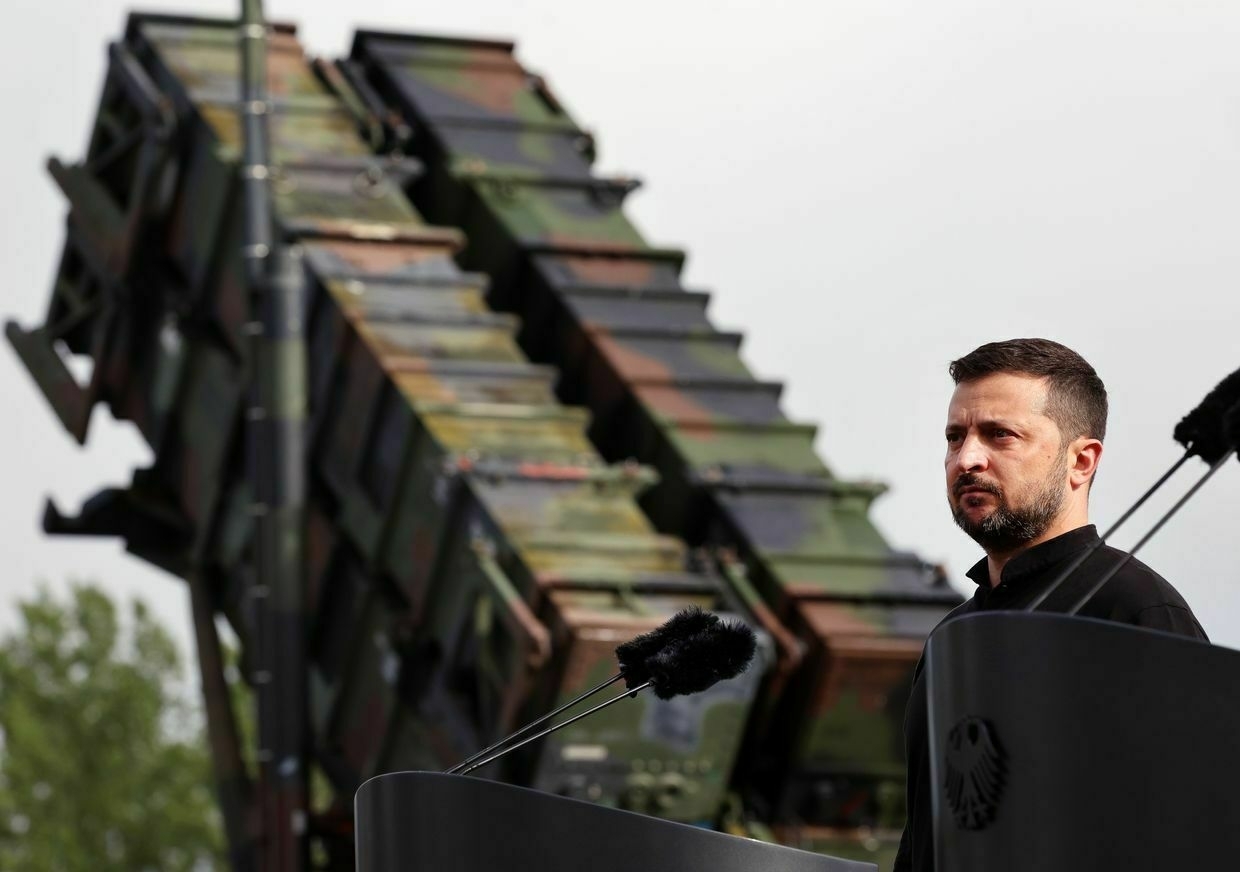
-
Ukraine's Constitutional Court appointments: A test of EU commitment
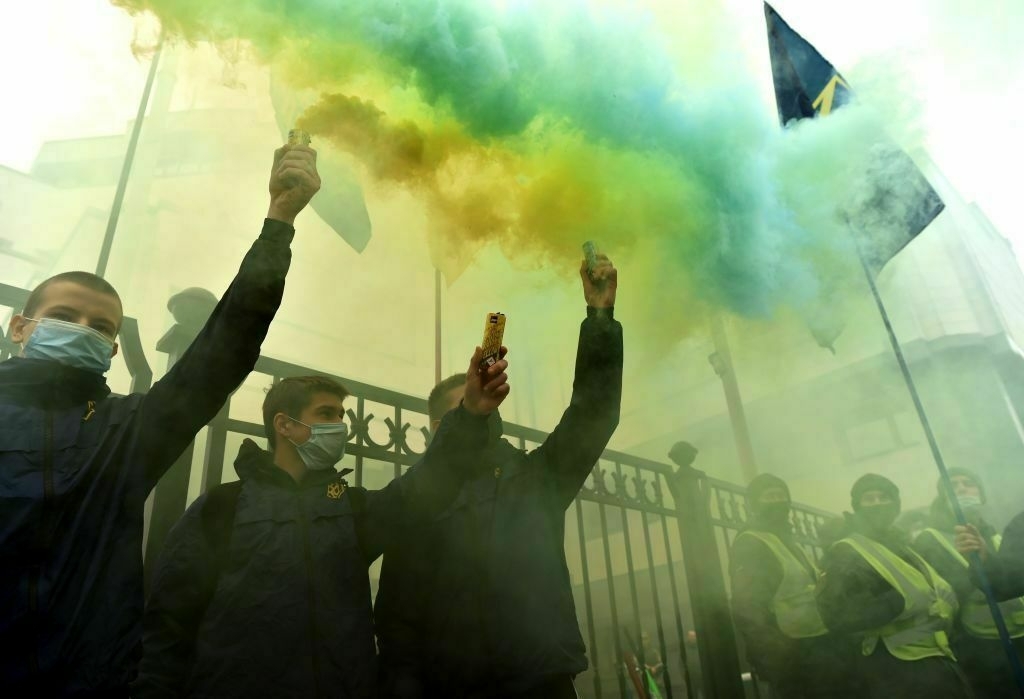
As Ukraine continues its path toward European integration while defending itself against Russian aggression, the strength of its democratic institutions remains paramount.
Among these institutions, the Constitutional Court plays a unique role in protecting citizens' rights and maintaining the rule of law.
Yet today, this crucial judicial body still lacks the judges needed for full functionality, with six out of 18 seats remaining vacant.
This situation, while concerning in any circumstances, takes on particular importance as Ukraine works to show its commitments as an EU candidate country.
With Trump disengaged and EU complacent, Ukrainian reforms lose momentumRussia’s all-out war has accelerated Ukraine’s push to join the European Union and NATO, as well as its dependence on Western loans and aid. Before, these things would have been heavily preconditioned on Ukraine implementing crucial reforms. However, the war has also eased the pressure on Kyiv to carry outThe Kyiv IndependentOleg Sukhov
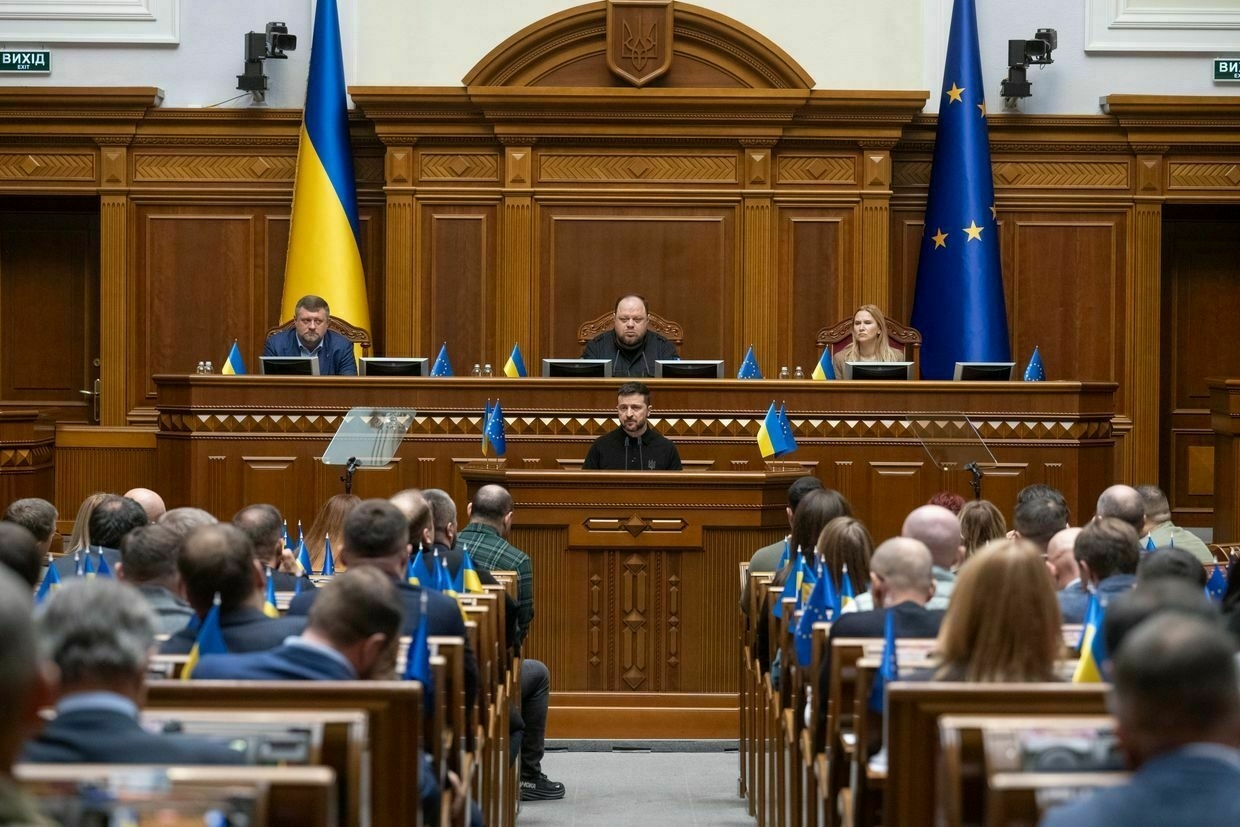
The situation reached a tipping point in January 2025 when three Constitutional Court judges completed their terms. For five months, the court lacked the quorum necessary for its Grand Chamber sessions, which required the presence of 12 judges and at least 10 votes to adopt decisions.
On June 28, President Volodymyr Zelensky appointed Oleksandr Vodiannikov, former coordinator of OSCE projects in Ukraine, as a judge of the Constitutional Court. Formally, it restored the quorum, but the underlying problem of the lack of judges remains unsolved.
The reform of the Constitutional Court is among the biggest challenges the country is facing.
The urgency became undeniable in 2020, when the court effectively dismantled a key anti-corruption reform, overturning the electronic asset declaration system. This crisis prompted the Venice Commission to recommend depoliticizing the judge selection process.
However, real momentum to reform the tainted court emerged only in the summer of 2022, when the European Commission identified the Constitutional Court reform as the primary condition for opening EU membership negotiations. It became the first of the seven key requirements for maintaining Ukraine’s candidate status. This external pressure pushed the needle, something domestic activists couldn’t achieve alone.
In response, Ukraine adopted legislation on July 27, 2023, introducing a competitive selection process for Constitutional Court judges through the Advisory Group of Experts (AGE).
This new body, where international experts nominated by partner countries held decisive influence, was designed to ensure that candidates meet the high moral standards and professional competence required by the constitution.
The Constitutional Court reform was not just another bullet point on a checklist, it was identified as the foremost priority among the seven key requirements for EU candidacy.
The AGE, formally established in October 2023, initially showed promising results. It successfully vetted candidates, rejecting those with questionable political affiliations who failed to meet the required moral standards.
In 2024, this process led to the appointment of two new judges, Alla Oliynyk and Serhiy Riznyk, by the Congress of Judges and parliament, respectively. These appointments were a sign of hope that the Constitutional Court would finally consist of truly independent judges.
Then, progress stalled.
Three months ago, in February 2025, the AGE submitted lists of recommended candidates to both parliament and the president for their respective appointment quotas.
Both largely ignored the advisory group's recommendation.
While Zelensky has now made one appointment with Vodiannikov on June 28, additional appointments from both the president and parliament remain pending.
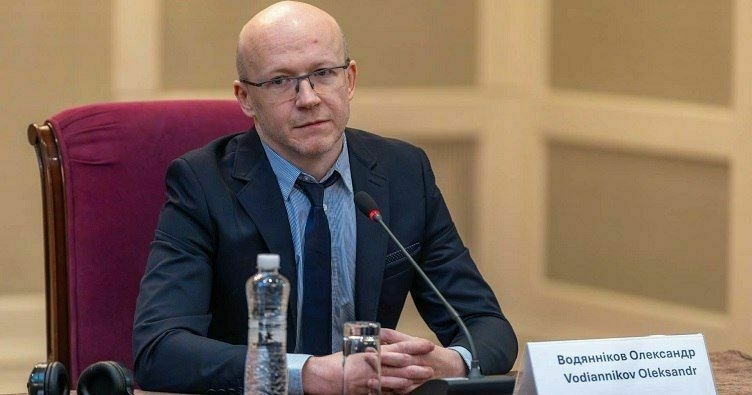
Oleksandr Vodiannikov, former coordinator of OSCE projects in Ukraine, now appointed as a judge of the Constitutional Court in an undated photo. (Telegram) The president has established an additional commission to re-verify candidates, which has already recommended three candidates for appointment. With one presidential appointment now made, one more appointment from the president remains necessary. At the same time, Vodyannikov's appointment demonstrates that progress is possible when political will exists.
This paralysis sends a troubling signal about Ukraine's commitment to European integration.
The Constitutional Court reform was not just another bullet point on a checklist, it was identified as the foremost priority among the seven key requirements for EU candidacy. By failing to implement this reform in practice, Ukraine risks undermining its credibility with European partners who have invested significant political capital in supporting Ukraine's membership bid.
This sends a particularly damaging message, given the current geopolitical context. While Ukrainian soldiers defend European values on the battlefield, the failure to appoint Constitutional Court judges suggests that the political elite may not be equally committed to defending those values through institutional reform.
This disconnect between wartime sacrifice and peacetime governance could prove costly for Ukraine's European aspirations.
The solution is straightforward: Parliament and the president must immediately appoint the vetted candidates recommended by the AGE.
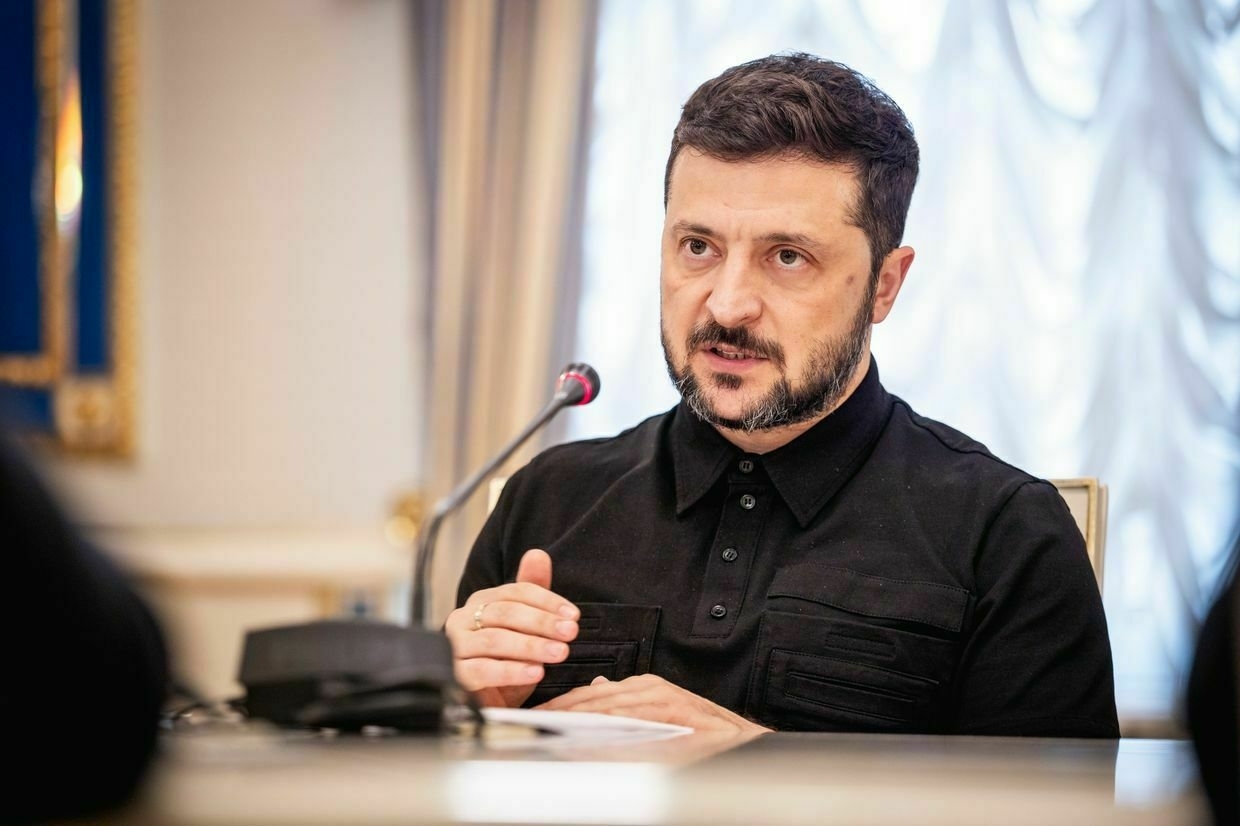
President Volodymyr Zelensky speaks to the media in Berlin, Germany, on June 30, 2025. (Juliane Sonntag / German Federal Foreign Office via Getty Images) This is not a complex legislative challenge requiring months of preparation, it is a simple matter of political will. The candidates have been thoroughly vetted by a process that Ukraine itself designed to meet European standards. Further delay only deepens the damage to Ukraine's international standing.
Completing these appointments would demonstrate that Ukraine's commitment to EU integration extends beyond rhetoric to concrete action. It would show that even during wartime, Ukraine can maintain and strengthen its democratic institutions. This is precisely the resilience and determination that will secure European support for Ukraine's membership bid.
Ukraine cannot afford to leave its Constitutional Court in limbo with a limited quorum. Every day without a functioning Court would be a day when citizens' constitutional rights go unprotected and when crucial wartime decisions would lack proper constitutional review.
Beyond these immediate concerns, however, there is a deeper question: Can Ukraine demonstrate the institutional maturity required for EU membership?
The appointment of Constitutional Court judges has become a litmus test for Ukraine's European future. It is time for Ukraine's political leadership to pass this test by completing the appointments without further delay.
The technical work is done, the candidates are ready, and the only missing element is the political decision. By taking this step, Ukraine would not only fill in the vacancies within the Constitutional Court but also reaffirm its unwavering commitment to the European path, proving that even in the darkest hours of war, Ukraine remains dedicated to building a democratic, law-binding state worthy of EU membership.
Ukraine’s tainted judges get a helping hand from law enforcement to stay in officeAs Ukraine struggles to reform its tainted judiciary, investigators and top officials are allegedly helping controversial judges to keep their seats. As part of the judicial reform, the High Qualification Commission was scheduled to vet 41 judges, including those from Ukraine’s two most dubious courts — the Pechersk Court and theThe Kyiv IndependentOleg Sukhov
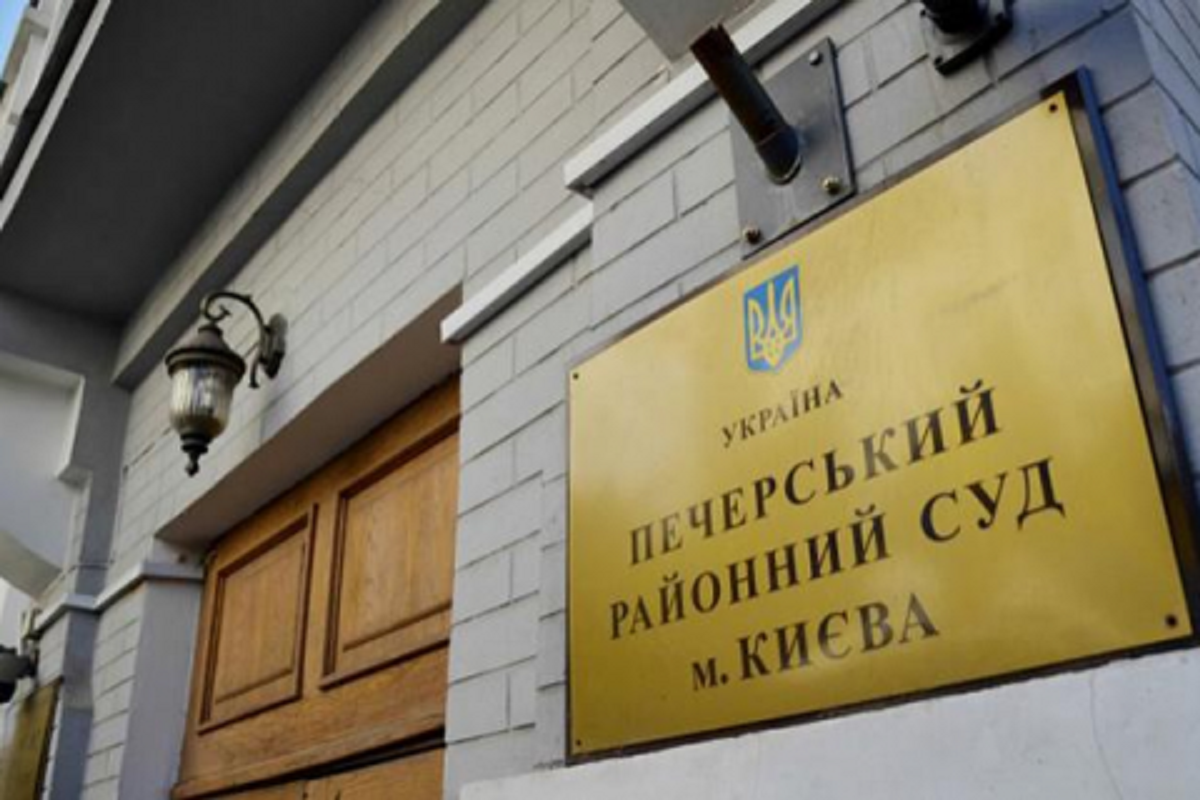
Editor’s Note: The opinions expressed in the op-ed section are those of the authors and do not purport to reflect the views of the Kyiv Independent.
-
2 people killed, 15 injured in Zhytomyr amid explosions
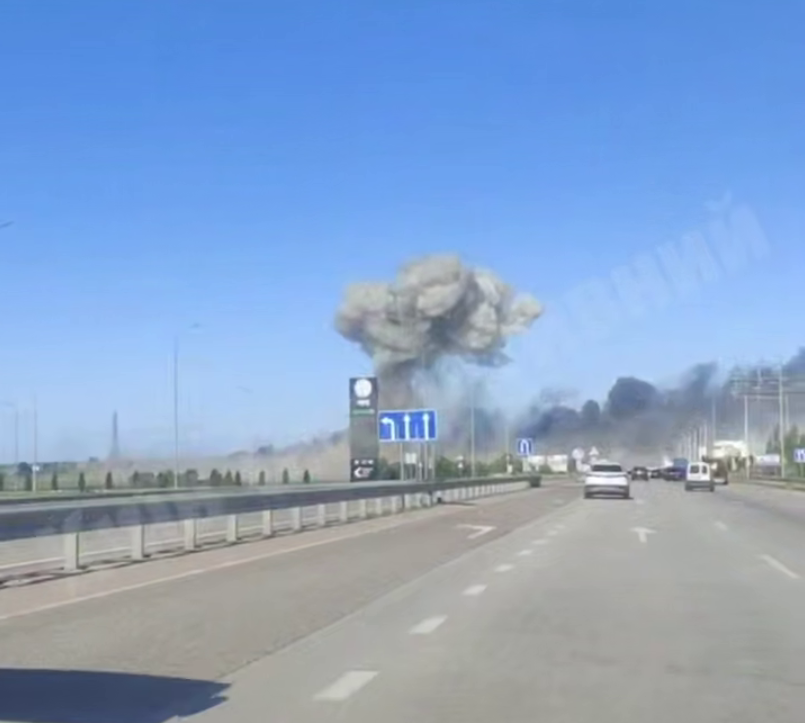
Editor’s note: This is a developing story and is being updated.
Two people have been killed and 15 others injured after explosions rang out beside a highway near the city of Zhytomyr, local officials reported.
The cause of the explosions was not immediately clear and is under investigation, Ukraine’s National Police said.
Zhytomyr City Council reported that the explosions occurred unspecified facility located close to the M-06 highway near Zhytomyr. Serhii Sokalskyi, head of the Hlubochytska community in Zhytomyr Oblast, claimed that the explosions may have rang out at an industrial warehouse near the town of Berezyna — although those details have yet to be confirmed.
Vitaliy Bunechko, head of the Zhytomyr Oblast Military Administration, said that multiple homes and powerlines had been damaged in the explosions, while also confirming the closure of the highway as the investigation carries on.
Videos of the explosions posted to social media show large clouds of smoke billowing out of the area of the explosions.
No information was provided on the status of the injured victims. Emergency responders are currently on-scene.
Located about 140 km west of Kyiv, Zhytomyr has become an occasional target of Russian missile and drone attacks. In recent months, Russia has intensified its attacks on Ukrainian cities, using upwards of 500 drones in attacks.
Despite the increase in attacks, support from Ukraine’s largest defense partner, the United States, has continued to wane. Politico reported on July 1, citing sources familiar with the matter, that the U.S. Defense Department (DOD) has halted shipments of some air defense missiles and other weapons previously promised to Kyiv out of concerns over the size of U.S. stockpiles.
Ukraine war latest: As Russia ramps up missile attacks, US halts promised air defense shipments to UkraineKey developments on July 2: * As Russia ramps up missile attacks, US halts promised air defense shipments to Ukraine * North Korea to send up to 30,000 more troops to aid Russia’s war against Ukraine, CNN reports * Ukraine denies another Russian claim of Dnipropetrovsk Oblast breakthrough, says small incursion repelledThe Kyiv IndependentThe Kyiv Independent news desk
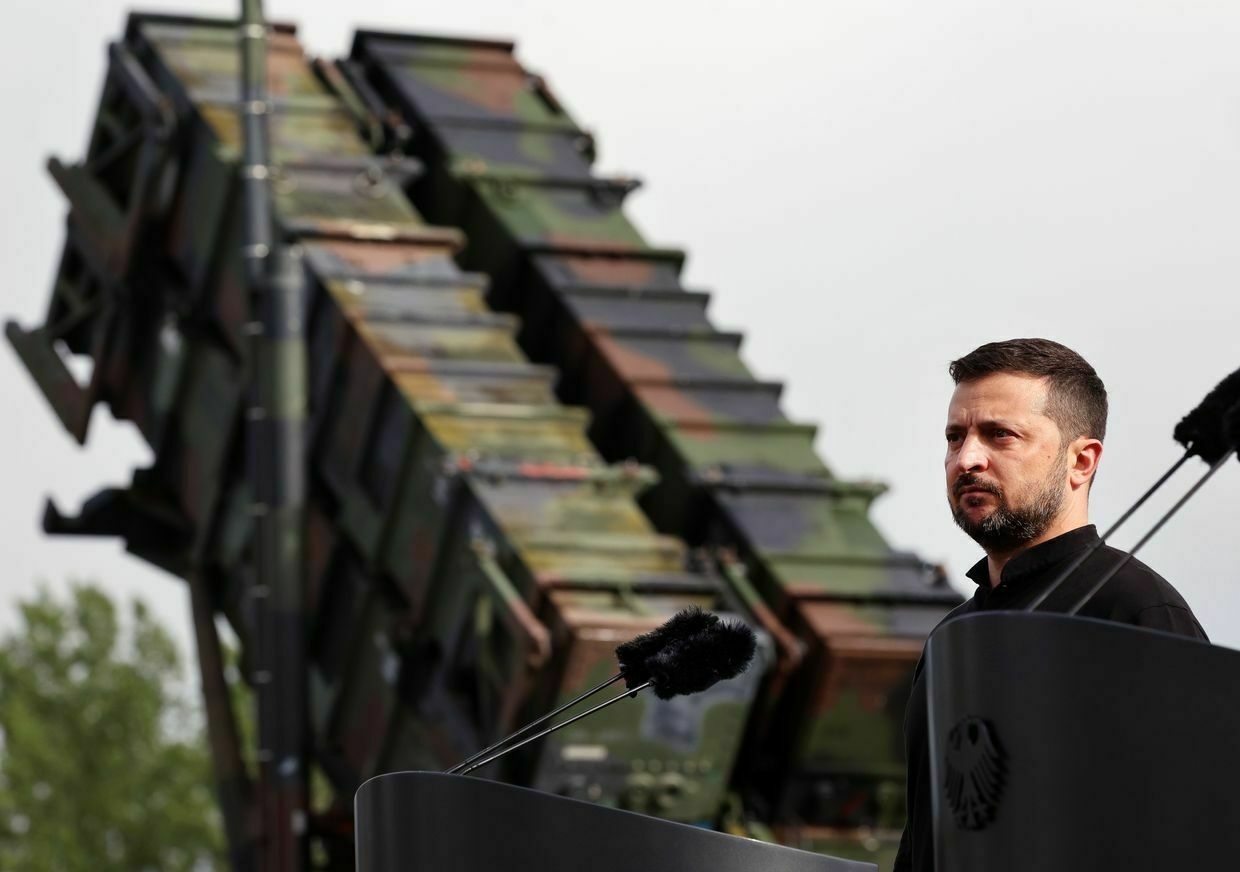
-
Ukraine war latest: As Russia ramps up missile attacks, US halts promised air defense shipments to Ukraine
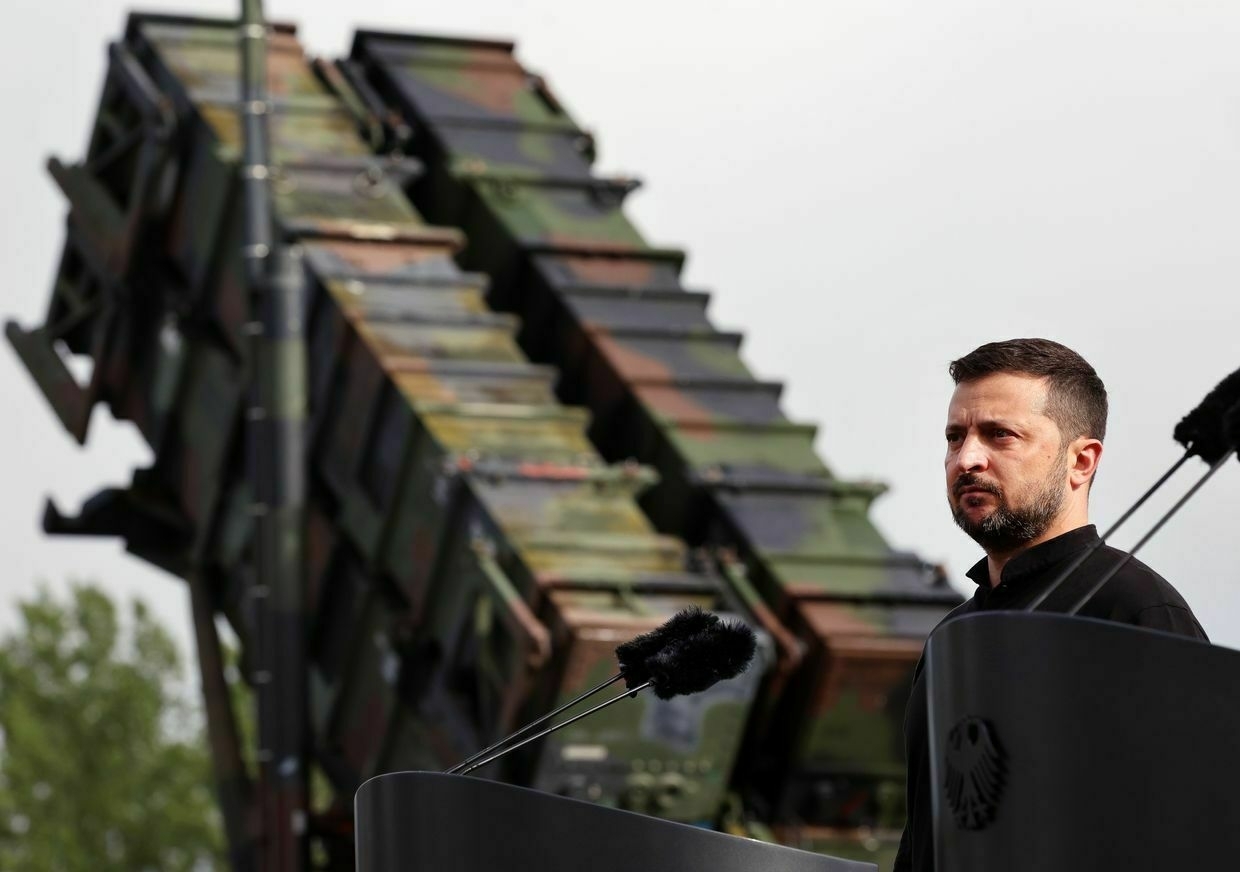
Key developments on July 2:
- As Russia ramps up missile attacks, US halts promised air defense shipments to Ukraine
- North Korea to send up to 30,000 more troops to aid Russia’s war against Ukraine, CNN reports
- Ukraine denies another Russian claim of Dnipropetrovsk Oblast breakthrough, says small incursion repelled
- Russia’s Kupol military plant reportedly halts operations after Ukrainian drone strike
- Russia killed at least 273 Ukrainian POWs during full-scale war, prosecutors say
The U.S. Defense Department (DOD) has halted shipments of some air defense missiles and other weapons previously promised to Kyiv out of concerns over the size of U.S. stockpiles, Politico reported on July 1, citing sources familiar with the matter.
The suspension comes as Ukraine faces a shortage of air defense munitions along with increasingly intense and deadly Russian bombardments. In June 2025, Russia launched 5,337 Shahed-type drones at Ukraine, shattering its previous monthly record.
Pentagon policy chief Elbridge Colby made the decision to pause the aid deliveries after conducting a review of U.S. munitions stocks, three sources told Politico. Colby was reportedly concerned about dwindling levels of artillery rounds, air defense missiles, and precision munitions.
Among the items being held back from Ukraine are Patriot air defense missiles, precision artillery rounds, Hellfire missiles, drones, and other missiles that Ukraine launches from F-16 fighter jets.
Colby made the decision in June, amid a surge in Russian mass aerial attacks against Ukraine. The White House later confirmed the pause.
The Pentagon’s decision “was made to put America’s interests first following a DOD review of our nation’s military support and assistance to other countries across the globe,” White House Deputy Press Secretary Anna Kelly said in a statement issued after Politico published the story.
“The strength of the United States Armed Forces remains unquestioned — just ask Iran,” she said.
Since his inauguration in January, U.S. President Donald Trump has not approved any additional military aid packages for Ukraine. Defense Secretary Pete Hegseth also announced recently that the U.S. will reduce the total aid it sends to Ukraine in its upcoming defense budget.
In his evening address on July 2, President Volodymyr Zelensky said Ukrainian and U.S. officials are working through the aid issue at a “working level,” including discussions on critical air defense support.
Ukraine’s Defense Ministry said it has not received any formal notification of delays or cancellations but has requested urgent consultations with U.S. defense officials.
The Foreign Ministry also summoned U.S. Charge d’Affaires John Ginkel, warning that “any hesitation” in military support would encourage further Russian aggression.
The Kremlin welcomed the decision, with spokesperson Dmitry Peskov saying, “The fewer weapons that are supplied to Ukraine, the closer the end of the (war)."
NATO Secretary General Mark Rutte expressed understanding of Washington’s desire to safeguard its stockpiles but said, “Ukraine cannot do without all the support it can get."
‘Major casualties among civilians’ — US freeze on air defense missiles is terrible news for UkraineThe halting of deliveries of air defense missiles from the U.S. will lead to“major casualties among civilians,” a deputy commander in Ukraine’s air defense told the Kyiv Independent. Politico reported on July 1 that the U.S. Defense Department (DOD) had halted shipments of some weapons previouslyThe Kyiv IndependentKollen Post
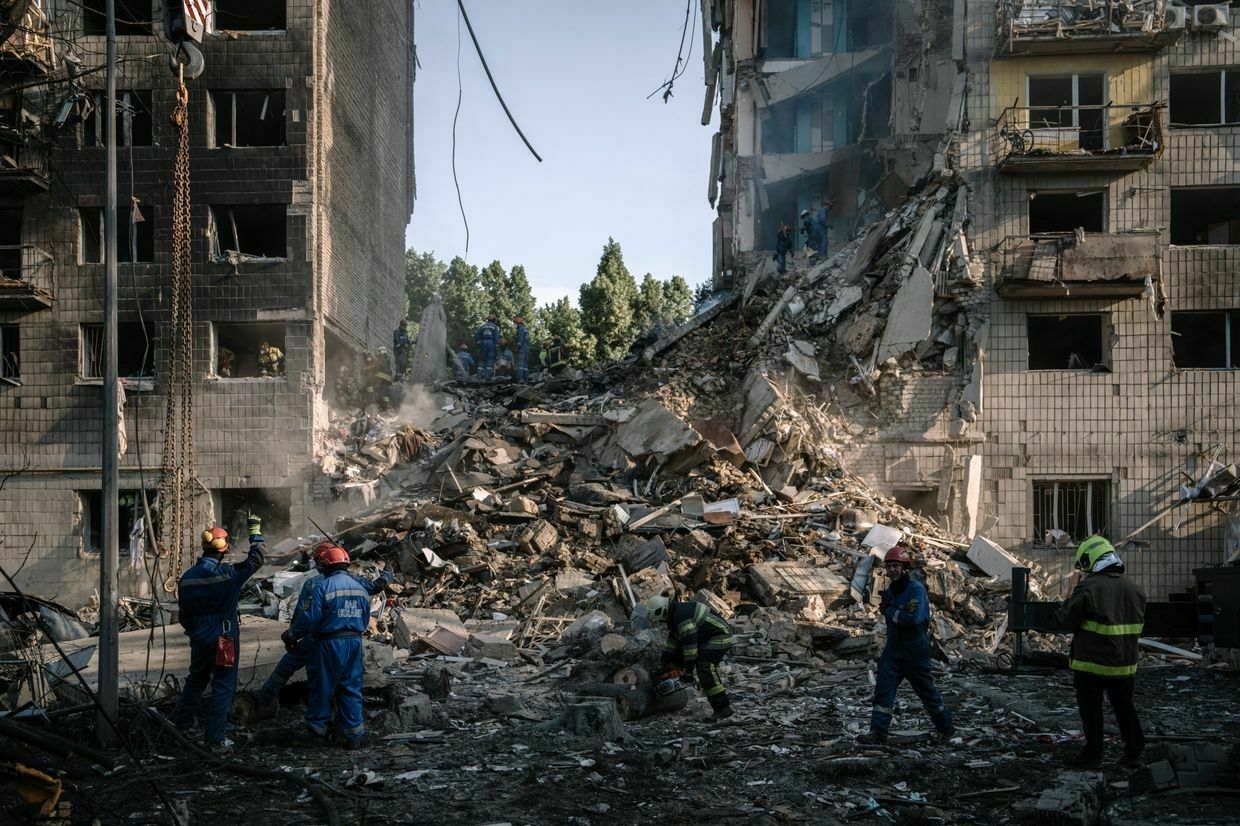
North Korea to send up to 30,000 more troops to aid Russia’s war against Ukraine, CNN reportsNorth Korea is preparing to set an additional 25,000-30,000 soldiers to join Russian forces fighting against Ukraine, almost three times as many as were dispatched last year, CNN reported on July 2, citing undisclosed Ukrainian officials.
The fresh units may arrive in the coming months and are likely to be engaged in combat in Russian-occupied Ukrainian territories, including during “large-scale offensive operations,” according to a Ukrainian military intelligence (HUR) assessment reviewed by CNN.
The news underscores North Korea’s growing involvement in the Russia-Ukraine war and the deepening military ties between Pyongyang and Moscow.
North Korea initially dispatched around 11,000 soldiers to Russia in the fall of 2024 to help fend off a Ukrainian incursion into Russia’s Kursk Oblast. According to various estimates, North Korean soldiers suffered between 4,000 and 6,000 casualties during this deployment.
Ukraine’s HUR also noted signs that Russian military aircraft are being refitted to transport North Korean troops from their homeland across Russia’s Siberia, CNN reported. Satellite imagery detected a ship involved in last year’s deployment at a Russian port and a cargo aircraft at North Korea’s Sunan airport, according to the outlet.
Estimates reported by CNN exceed those of South Korea’s intelligence, which expects Pyongyang to send an additional 15,000 soldiers to Russia as early as July or August.
Following his visit to Pyongyang in June, Russian Security Council Secretary Sergei Shoigu also announced that North Korea would send 1,000 sappers and 5,000 military engineers to Russia’s Kursk Oblast.
Pyongyang’s assistance to Russia has not been limited to troops, with North Korea being a key source of artillery shells and ballistic missiles for Russian forces.
Russian President Vladimir Putin and North Korean dictator Kim Jong Un signed the Comprehensive Strategic Partnership Agreement in Pyongyang in June 2024. Under the treaty, the two countries pledged to provide aid to one another if either is attacked.
While the countries initially denied involvement of North Korean troops in the Russia-Ukraine war, both Putin and Kim acknowledged the deployment earlier this year.
Arrests, raids, beaten and bloodied suspects — how Russia-Azerbaijan relations have unravelledDeaths in custody, media offices raided, and beaten and bloodied suspects paraded in court — relations between Russia and Azerbaijan, once considered close, have sharply deteriorated in recent days amid a series of high-profile incidents. The latest tensions erupted over the weekend when Russian law enforcement officers detained over 50 AzerbaijaniThe Kyiv IndependentTim Zadorozhnyy
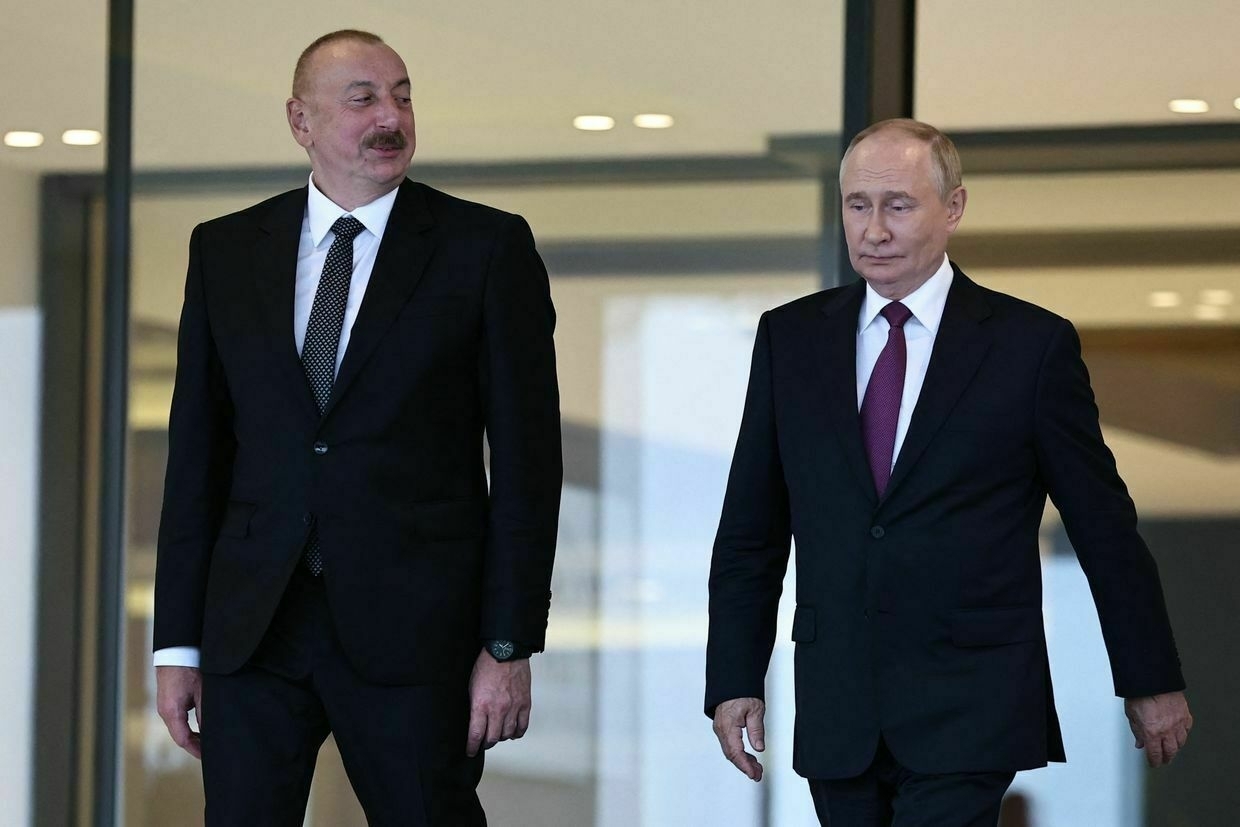
Ukraine denies another Russian claim of Dnipropetrovsk Oblast breakthrough, says small incursion repelledRussian forces have not succeeded in crossing into Dnipropetrovsk Oblast, Ukraine’s military said on July 2, refuting another Russian claim of a breakthrough into the central-eastern region.
The General Staff of the Armed Forces of Ukraine dismissed Russian claims of territorial gains as disinformation and said a recent small incursion was repelled.
According to the statement, a small Russian reconnaissance group managed to briefly enter the village of Dachne, located on the edge of Dnipropetrovsk Oblast. The group reportedly took photos with a Russian flag, but Ukrainian forces “eliminated them."
Russian troops have intensified efforts to breach the administrative border between Donetsk and Dnipropetrovsk oblasts in eastern Ukraine, but have failed to gain ground despite repeated assaults, the military said.
"(Russian troops) have had no success in achieving this demonstrative goal, no matter how many ‘meat wave assaults’ they launch with small infantry units and sabotage-reconnaissance groups,” the General Staff said in a statement.
Donetsk Oblast, which has been a focal point of Russia’s invasion since 2014 and a major battleground since the full-scale invasion in 2022, borders the more centrally located Dnipropetrovsk Oblast. Russian forces have not entered Dnipropetrovsk Oblast territory in force, although they regularly strike the region with missiles, drones, and aerial bombs.
In a separate incident, two Russian soldiers were captured during a subsequent assault on Dachne and are now in Ukrainian custody, the military said. They were detained by a unit of Ukrainian Marines and added to “Ukraine’s prisoner exchange pool."
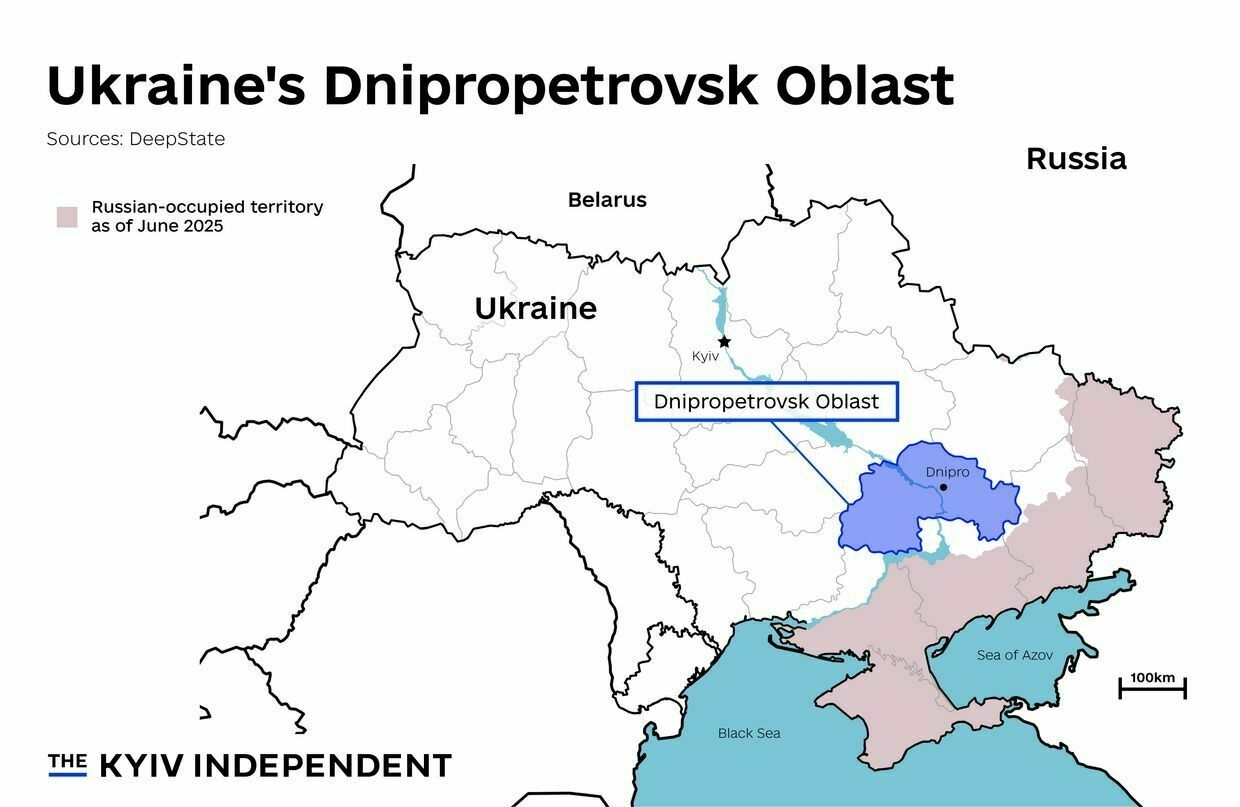
Ukraine’s Dnipropetrovsk Oblast (Nizar al-Rifai/The Kyiv Independent) “Therefore, the Russian propaganda about the seizure of the bridgehead in Dnipropetrovsk Oblast is not true. Dachne remains under the control of the Ukrainian Defense Forces,” the statement read.
The new claims echo a similar incident in May when Russian sources circulated a photo purporting to show Russian troops at the border of Dnipropetrovsk Oblast near the village of Novomykolaivka.
At the time, Ukrainian officials, including Dnipropetrovsk Oblast Governor Serhii Lysak, dismissed the photo as fake. The monitoring group DeepState later confirmed that the image had been taken in the village of Troitske in Donetsk Oblast and featured a Ukrainian vehicle abandoned under fire, which Russian forces later used for staged photos.
Russian forces have recently stepped up offensive operations across multiple sectors of the front line. Viktor Tregubov, spokesperson for Ukraine’s Khortytsia group of forces, said on June 16 that Moscow had increased attacks in the Novopavlivka sector.
Tregubov noted that the escalation near Novopavlivka indicates an effort to breach into Dnipropetrovsk Oblast. “But they have failed to succeed,” he said in a televised address.
Kremlin spokesperson Dmitry Peskov told Russian state-controlled media on June 9 that Russian forces were conducting operations in Dnipropetrovsk Oblast as part of efforts to create a so-called “buffer zone” on Ukrainian territory.
These remarks followed Russian President Vladimir Putin’s May 22 statement that Russia was working to establish a “security buffer zone” along the Ukrainian border regions of Kursk, Bryansk, and Belgorod.
Russia's Kupol military plant reportedly halts operations after Ukrainian drone strikeThe Kupol plant in Russia's Udmurt Republic ceased operations following a Ukrainian drone attack, independent media outlet Astra reported on June 2, citing emergency service sources.
Located more than 1,300 kilometers (800 miles) from the front line, the plant produces Tor and Osa air defense systems, as well as Harpy-type attack drones. It is under international sanctions as part of Russia's defense-industrial complex.
Two drones hit their intended targets during the strike with one flying through the windows of one workshop, and the second hitting the roof of another, causing an explosion and fire. The resulting blaze led to the collapse of 1,300 square meters of roofing, Astra reported.
Four workshops were destroyed in the first building of the complex, reportedly halting operations in areas responsible for metalworking, microchip soldering, and drone production.
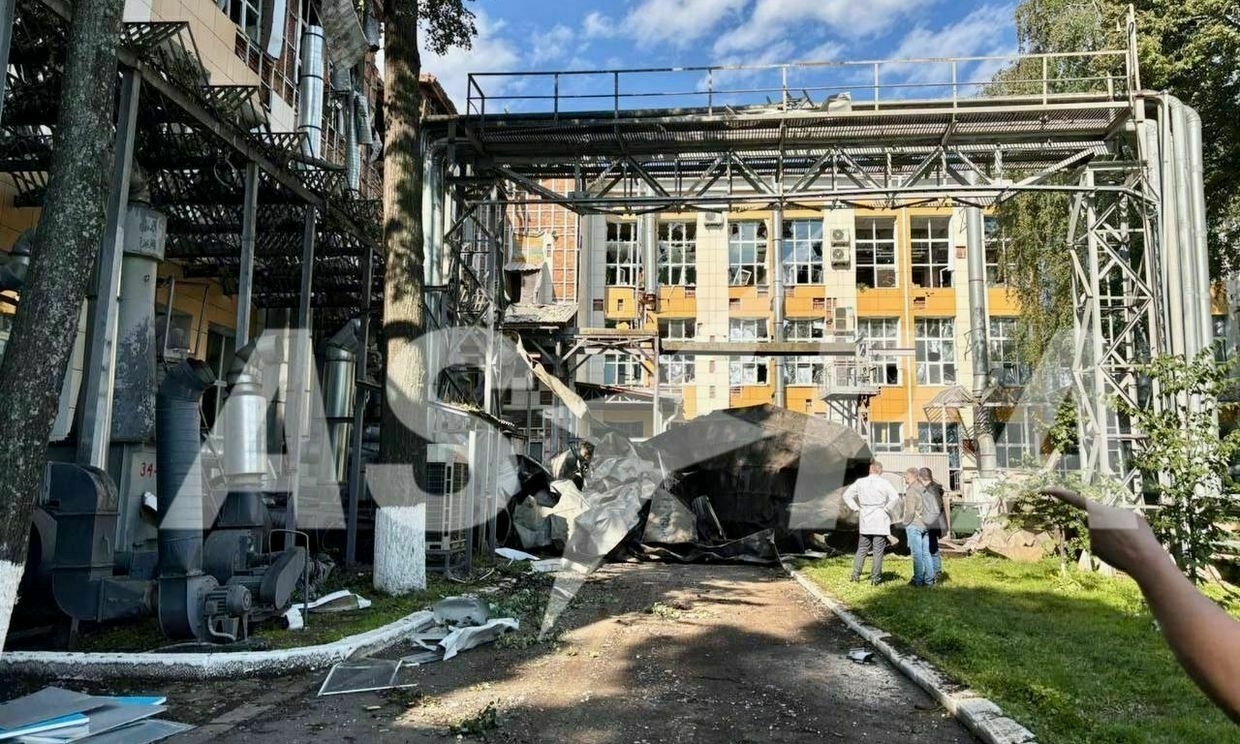
The consequences of a Ukrainian drone strike on the Kupol plant in Russia's Udmurt Republic, published on June 2, 2025. (Astra / Telegram) Udmurt Republic Governor Alexander Brechalov said on June 1 that three people were killed and 45 injured in the attack, including 35 hospitalizations and six in serious condition.
Astra earlier reported that no air raid siren was issued in Izhevsk ahead of the attack. Residents claimed to be unable to receive emergency alerts due to persistent mobile internet outages.
Ukraine's General Staff confirmed the strike via its official Telegram channel, framing it as part of Kyiv's campaign to degrade Russia's defense-industrial base far from the front.
The plant was previously targeted in a Ukrainian drone strike on Nov. 17, 2024. That attack damaged equipment used to produce Tor missile systems and radar components.
Izhevsk, the capital of the Udmurt Republic, is known as a center of Russia's arms manufacturing industry and the birthplace of the Kalashnikov rifle.
The latest attack underscores Ukraine's capacity to strike deep into Russian territory.
Russia increasingly targets Ukraine’s cities with cluster munitions, raising civilian tollAmid stalled peace talks, Russia is increasingly attacking Ukrainian cities with cluster munitions, banned by international organizations for the indiscriminate damage they cause to civilians. The civilian casualty toll in Ukraine in 2025 rose by 37% compared with the same period last year, mostly due to Russia’s use ofThe Kyiv IndependentNatalia Yermak
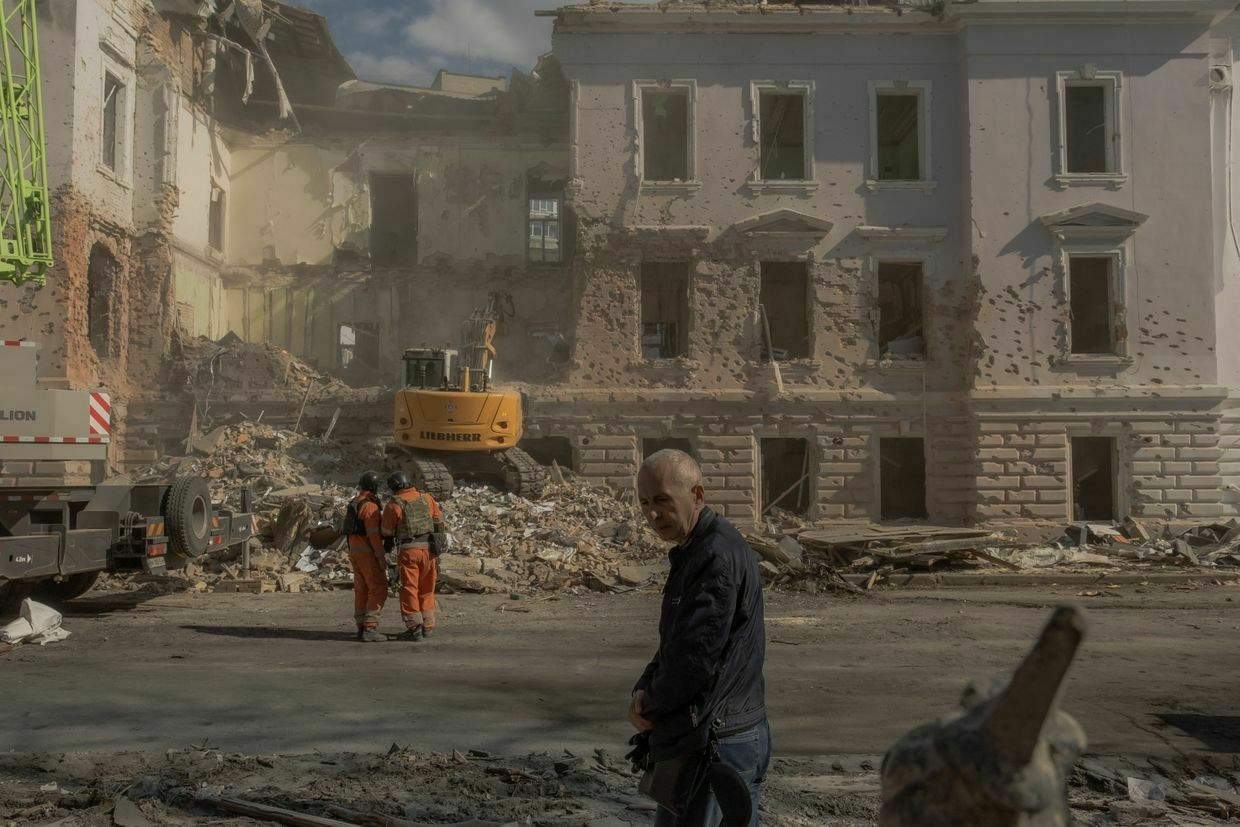
Russia killed at least 273 Ukrainian POWs during full-scale war, prosecutors sayUkrainian prosecutors have documented cases of Russian forces summarily executing 273 Ukrainian prisoners of war (POWs), the Liga.net news outlet reported, citing a statement from the Prosecutor General's Office.
Kyiv and the UN have raised alarm over the rising number of such cases, saying they point to a systematic policy by Russia to murder Ukrainian captives. Half of the document cases were recorded this year alone.
Seventy-seven criminal cases have been launched in connection with the killings of POWs, while only two people were convicted, and a trial against a third person is ongoing. The statement did not clarify whether the convictions were issued in absentia.
A total of 188 people have been convicted of various war crimes, including 18 captured Russian soldiers and one civilian, who were convicted in person. The rest were convicted in absentia.
Earlier this week, Ombudsman Dmytro Lubinets reported a case of the likely murder of a Ukrainian POW who was apparently tied to a motorcycle by Russian soldiers and dragged along the road.
Ukraine's military intelligence agency (HUR) said in May that it alone had documented more than 150 cases of Ukrainian soldiers being executed after surrendering to Russian forces. Multiple intelligence reports suggest that Russian soldiers have received explicit orders to kill prisoners of war.
The United Nations Independent International Commission of Inquiry on Ukraine confirmed in March growing numbers of incidents in which Russian forces killed or maimed surrendering Ukrainian troops.
A separate Ukrainian investigation is also underway into the killing of around 50 Ukrainian POWs in the Russian-run Olenivka prison in 2022. Kyiv blamed the killings on Russia, saying Moscow's forces deliberately put Azov fighters in a separate building that was later destroyed.
Russia denied responsibility, claiming the explosion was caused by a Ukrainian HIMARS strike — a version UN investigators have rejected.
Although Moscow blocked an independent investigation by denying UN monitors access, Lubinets recently said that an internal UN analysis concluded Russia was to blame.
Note from the author:
Ukraine War Latest is put together by the Kyiv Independent news desk team, who keep you informed 24 hours a day, seven days a week. If you value our work and want to ensure we have the resources to continue, join the Kyiv Independent community.
-
Over 210,000 Russians sign contracts for war in Ukraine in first half of 2025, Moscow says
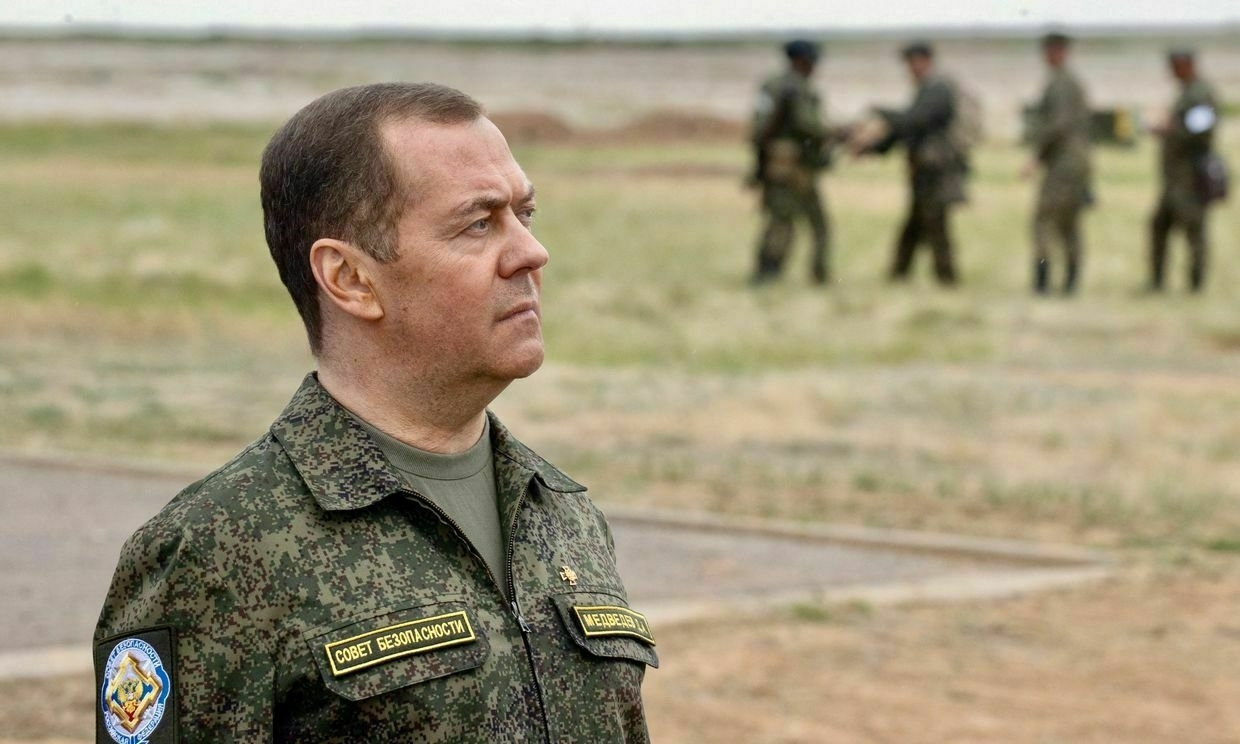
More than 210,000 Russians signed contracts with the Defense Ministry from January to July 2025 to fight in Ukraine, Dmitry Medvedev, the deputy chairman of Russia’s Security Council, said on July 2.
“The pace is quite decent, good,” Medvedev said at a meeting of the commission on Armed Forces staffing. “I hope that we will be able to maintain the same momentum in the future."
An additional 18,000 individuals have joined volunteer units, Medvedev added.
The revelation comes as Russia continues to escalate its war effort despite repeated calls from Ukraine, the U.S., and European partners for an unconditional ceasefire.
According to Western and Ukrainian intelligence cited by the Wall Street Journal, Russian forces recruit 30,000 to 45,000 new troops monthly — nearly twice the rate of Ukraine’s mobilization, which President Volodymyr Zelensky said stands at 25,000–27,000 troops per month.
Ukraine estimates that Russia has suffered nearly 1 million casualties since the full-scale invasion began in February 2022. However, Moscow has offset its losses through aggressive recruitment and a steady influx of contract soldiers.
In late 2024, Russian President Vladimir Putin signed a decree increasing the size of the Armed Forces to 2.38 million personnel, including 1.5 million military service members.
Russia also this year launched its largest conscription drive in 14 years, aiming to enlist 160,000 men for mandatory service. The country holds two annual conscription campaigns, in spring and fall, requiring one year of service from eligible men.
While conscripts are not typically deployed to combat zones, the Kremlin has leaned on financial incentives and promises of pardons to recruit civilians and former inmates for its war.
Following the deeply unpopular partial mobilization of September 2022, which triggered an exodus of over 261,000 Russians, Moscow has avoided mass drafts, relying instead on contract-based service.
‘Major casualties among civilians’ — US freeze on air defense missiles is terrible news for UkraineThe halting of deliveries of air defense missiles from the U.S. will lead to“major casualties among civilians,” a deputy commander in Ukraine’s air defense told the Kyiv Independent. Politico reported on July 1 that the U.S. Defense Department (DOD) had halted shipments of some weapons previouslyThe Kyiv IndependentKollen Post
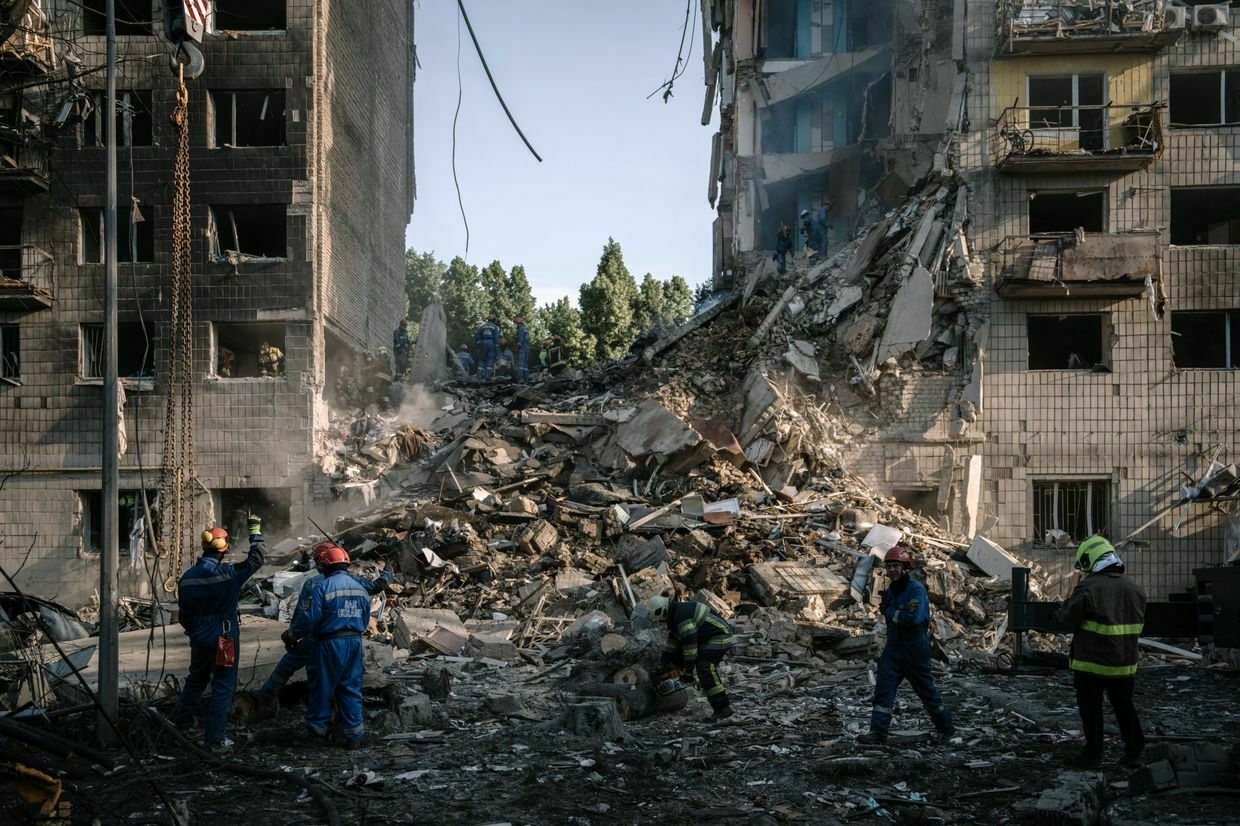
-
Arrests, raids, beaten and bloodied suspects — how Russia-Azerbaijan relations have unravelled
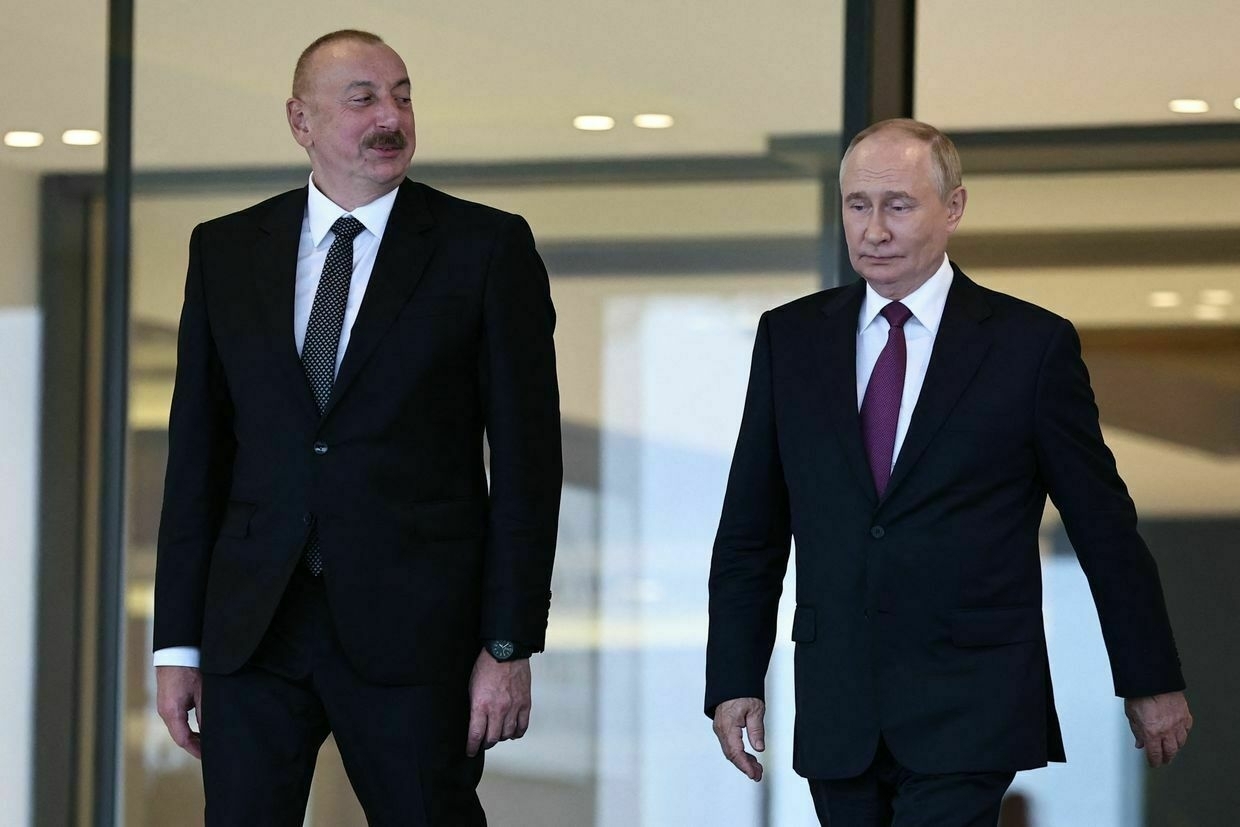
Deaths in custody, media offices raided, and beaten and bloodied suspects paraded in court — relations between Russia and Azerbaijan, once considered close, have sharply deteriorated in recent days amid a series of high-profile incidents.
The latest tensions erupted over the weekend when Russian law enforcement officers detained over 50 Azerbaijani nationals in Yekaterinburg, Russia, as part of an investigation into a murder case from 2001.
Two men — brothers Ziyaddin and Huseyn Safarov — were killed during the operation, and several others were injured.
The incident prompted a sharp response from Baku.
On June 28, Azerbaijan’s Foreign Ministry released a statement describing the killings as “ethnically motivated public and deliberate unlawful actions,” adding that Russia’s actions have “recently taken on a systematic nature."
The incident is just the latest development in a years-long reshaping of the geopolitical landscape in the South Caucasus. Azerbaijan, Armenia, and Georgia were all Soviet republics, and Russia still views the region as its own backyard.
But Russia’s hold and influence over them has been challenged, a process which began before the full-scale invasion of Ukraine and has continued to pick up speed in the following nearly three and a half years.
Moscow’s relationship with Baku has been particularly complex. Vadim Dubnov, a columnist for Radio Free Europe/Radio Liberty’s Echo of the Caucasus project, told the Kyiv Independent that the latest confrontation is part of a broader and long-running shift in the bilateral relationship.
“The deterioration of relations was systemic,” he said.
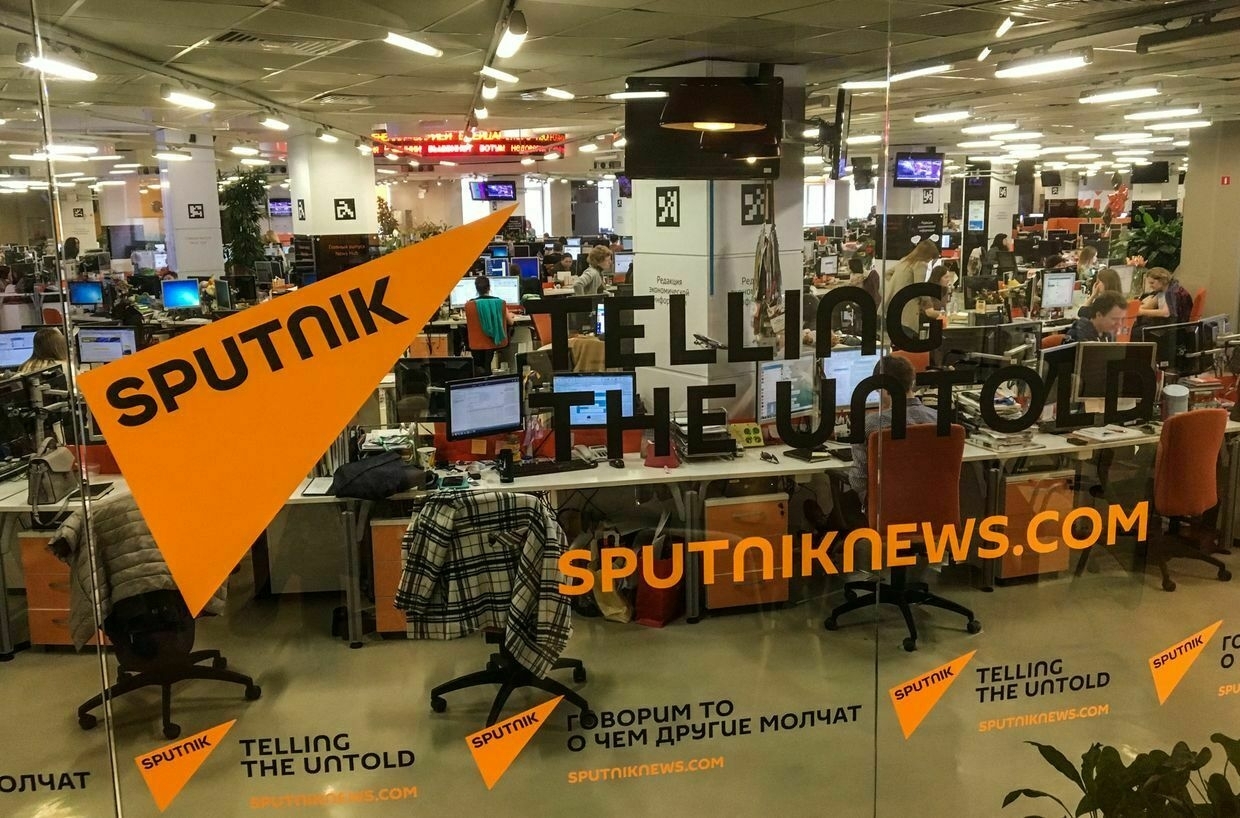
A view shows the main newsroom of Sputnik news, part of the state-run media group Russia Today, in Moscow, Russia, on April 27, 2018. (Mladen Antonov / AFP via Getty Images) Russia’s decreasing clout
Before 2020, Russia’s closest ally in the region was Armenia, which had been locked in a decades-long, on-off conflict with Azerbaijan over the disputed region of Nagorno-Karabakh.
But after Russian “peacekeepers” failed to act in either the Second Karabakh War in 2020 or the Azerbaijani lightning offensive in 2023, both of which saw Azerbaijan reclaim its lost territory, this relationship soured greatly.
“Armenia has realized that its only security guarantee is not Russia but peace with its neighbors,” Dubnov said.
Buoyed by its military success, Azerbaijan has been seeking to reassert influence over the region and redefine its relationship with Moscow.
“After the Karabakh war, I think (Azerbaijan President Ilham) Aliyev may have believed that he had obtained everything he could from Moscow,” Dubnov said.
Armenia, which has lambasted Moscow for failing to help it during the Nagorno-Karabakh conflict, was now drifting closer to the West.
Armenian Prime Minister Nikol Pashinyan has suspended the country’s membership in a Russian-led Collective Security Treaty Organisation (CSTO) military alliance and announced plans to join the European Union. Recently, there has also been a crackdown on the pro-Russian opposition in Armenia.
As Russia is losing its grip over Armenia and Azerbaijan, the only country in the region where its influence remains strong is Georgia.
Dubnov said that Russia’s position in the South Caucasus is weaker now, and Turkey, an ally of Azerbaijan, has emerged as a major regional player.
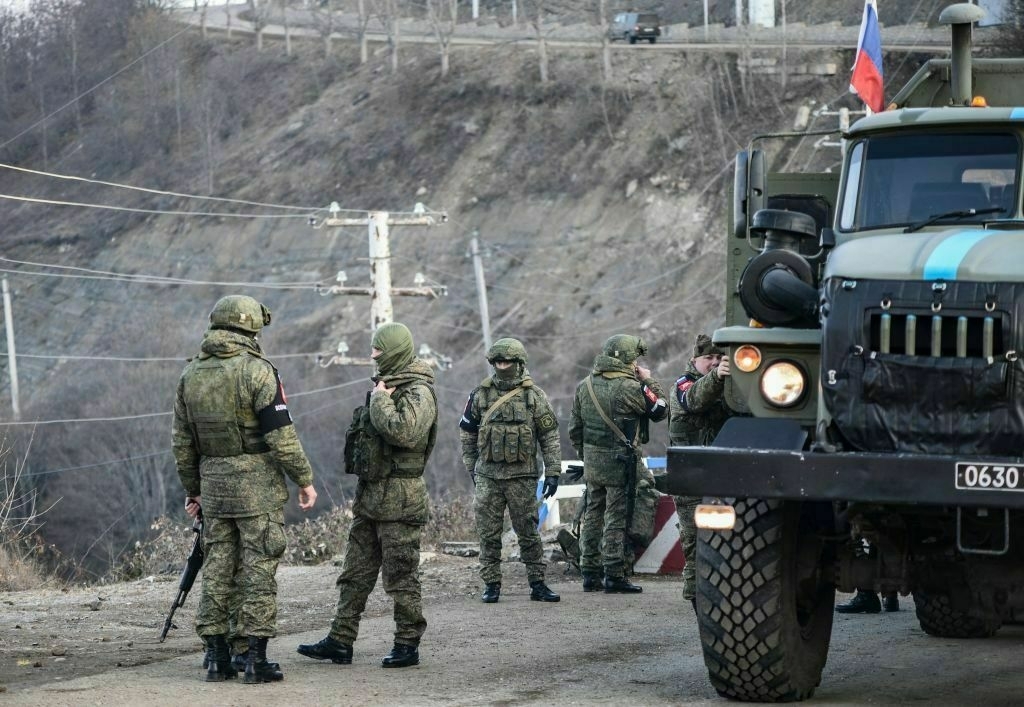
Russian soldiers are deployed at the Lachin corridor, Nagorno-Karabakh region’s only land link with Armenia, in Nagorno-Karabakh, on Dec. 26, 2022. (Tofik Babayev / AFP via Getty Images) Russia-Azerbaijan tensionsWhile recent incidents have brought tensions into the open, analysts say the rupture reflects a longer, structural shift in Azerbaijan’s foreign policy.
Dubnov described the shift as “systemic and inevitable,” pointing to a gradual breakdown since Russia’s annexation of Crimea in 2014 and the beginning of its war in eastern Ukraine.
“Azerbaijan was quite seriously concerned about its northern borders and the possibility of Moscow’s influence on national minorities,” Dubnov said.
Dubnov said Baku’s moves should not be seen purely as a pivot away from Moscow, but as an effort to restore geopolitical balance.
“Aliyev began to improve relations with the West, especially after (U.S. President Donald) Trump returned to the White House, and to restore this balance,” he said.
“So, it’s not so much about worsening relations with Russia or moving away from Russia, but about restoring that balance. And now there is simply a greater distance between the two."
But as this distance increases, it’s presenting itself in ever more dramatic fashion in what appears to be a series of tit-for-tat actions.

Evidence collection efforts at the crash site of an Azerbaijan Airlines (AZAL) passenger plane near Aktau, Kazakhstan, on Dec. 27, 2024. (Meiramgul Kussainova/Anadolu via Getty Images) Crash of AZAL airlinerThe current deterioration goes back further than just this weekend and has its roots in a tragedy late last year when a Russian air defense system shot down an Azerbaijani passenger plane.
The aircraft en route from Baku to Grozny in Russia’s Chechen Republic suddenly changed course and crashed near Aktau, Kazakhstan, on Dec. 25, 2024, killing 38 people out of 67 on board.
While Russian President Vladimir Putin called Aliyev shortly after the incident to offer condolences, he did not take responsibility for the crash.
Aliyev later criticized Russia’s handling of the incident, accusing its agencies of suppressing evidence and spreading “absurd versions” of what happened.
Dubnov noted that while the incident was not the origin of the diplomatic rupture, it served as a catalyst.
“The story with the plane was not the primary issue,” he said. “It was not the beginning of the quarrel, but rather an opportunity for Baku to start, legalize, and formalize this quarrel."
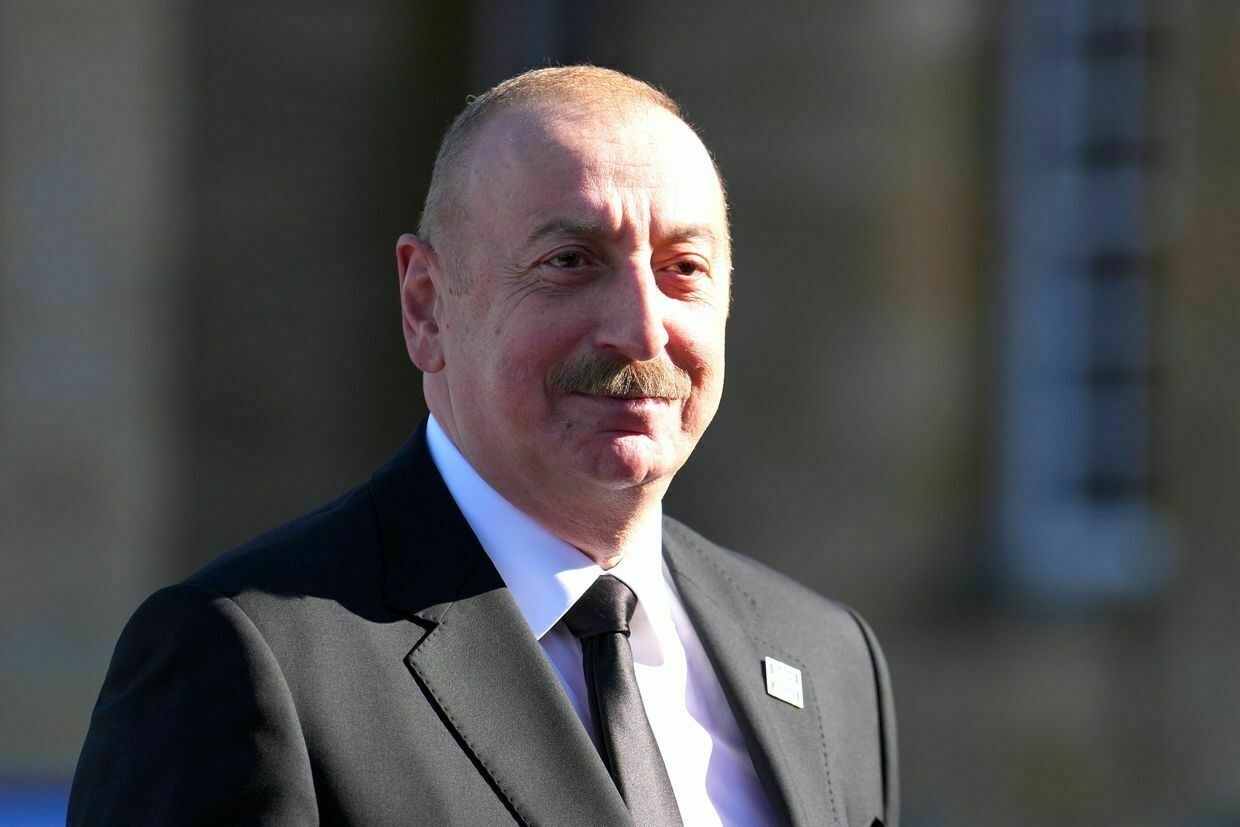
President of Azerbaijan Ilham Aliyev talks to the press at the European Political Community Summit in Woodstock, England, on July 18, 2024. (Carl Court / Getty Images) Aliyev’s Moscow parade tripThe fallout from the plane crash spilled over into symbolic diplomacy.
In March, both Russian and Azerbaijan confirmed that Aliyev had accepted an invitation to attend Russia’s May 9 Victory Day parade in Moscow — a significant gesture, as he had last attended in 2015.
But just days before the event, Aliyev abruptly canceled his trip without explanation.
Dubnov said the decision sent a clear message.
“I think that after Aliyev didn’t come to Moscow on May 9, it became clear that there would be no apology for the downed plane,” he said.
“No one expected a direct apology. What everyone was really waiting for was a form of compromise that could substitute for one."
Dubnov added that Aliyev’s no-show served as a signal to Moscow that “no improvement in relations was coming — at least not publicly."
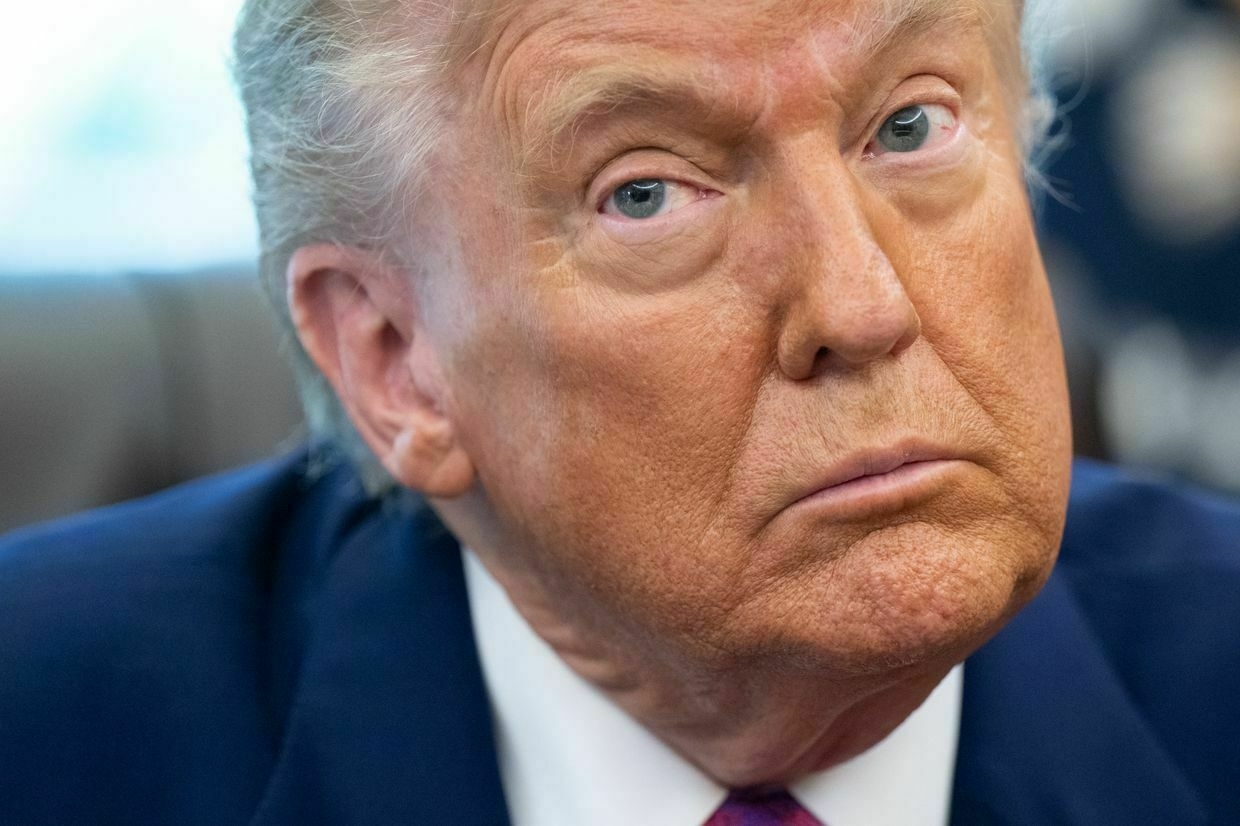
U.S. President Donald Trump at the White House in Washington, DC, U.S. on June 10, 2025. (Saul Loeb / AFP via Getty Images) The current situation
Tension has simmered since May 9 and erupted in recent days with the deaths in Yekaterinburg over the weekend, with Azerbaijan’s reaction going well beyond just official statements.
The government canceled all Russian-organized events scheduled to take place across Azerbaijan. A planned visit by a parliamentary delegation to Moscow was also suspended.
The diplomatic rupture escalated further on June 30, when Azerbaijani police raided the Baku offices of Sputnik Azerbaijan, a Russian state-controlled media outlet that operates as one of the Kremlin’s main propaganda tools.
Several employees were detained, with Azerbaijani authorities claiming two of the individuals arrested were operatives of Russia’s Federal Security Service (FSB).
Among the detainees were Sputnik Azerbaijan’s chief editor, Igor Kartavykh, and managing editor, Yevgeniy Belousov. In response, the outlet called the allegations “absurd."
Russia retaliated by summoning Azerbaijani Ambassador Rahman Mustafayev to the Foreign Ministry on July 1, where he was informed of Moscow’s formal protest over Baku’s “unfriendly steps and deliberate measures to dismantle relations with Moscow."
A day later, Azerbaijan arrested eight Russian citizens described as “members of two organized crime groups” accused of cybercrimes and smuggling drugs from Iran.
They were presented in court handcuffed, bruised, and bloodied.
Arrested Russian citizens as they appeared in a Baku court. What a grim statement by Aliyev.
— Leonid Ragozin (@leonidragozin) July 1, 2025
Meanwhile, Russian law enforcement agencies are arresting Azeri diaspora leaders across the country, specifically targeting owners of large markets allegedly controlled by ethnic… pic.twitter.com/iiFAbHKHKvReflecting on the sharp escalation in tensions — from deadly detentions to the raid on Sputnik's bureau — Dubnov suggested that while the fallout appears serious, it is unlikely to result in a full diplomatic rupture.
"So I believe this will last for a while — not just a few days, but perhaps a few weeks — yet I don't think it will lead to anything truly consequential," he said.
Note from the author:
Hi, this is Tim. Thank you for reading this article. The Kyiv Independent doesn't have a wealthy owner or a paywall. Instead, we rely on readers like you to keep our journalism funded. If you liked this article, consider joining our community today.
Ukraine’s new interceptor UAVs are starting to knock Russia’s long-range Shahed drones out of the skyRussia’s Shahed drone swarms are pummeling Ukraine on a nightly basis, inflicting ever more death and destruction in cities that had managed to carve out some sense of normalcy amid wartime. Civilian alarm has grown. With traditional air defense stockpiles running low, the government is banking on newly createdThe Kyiv IndependentKollen Post
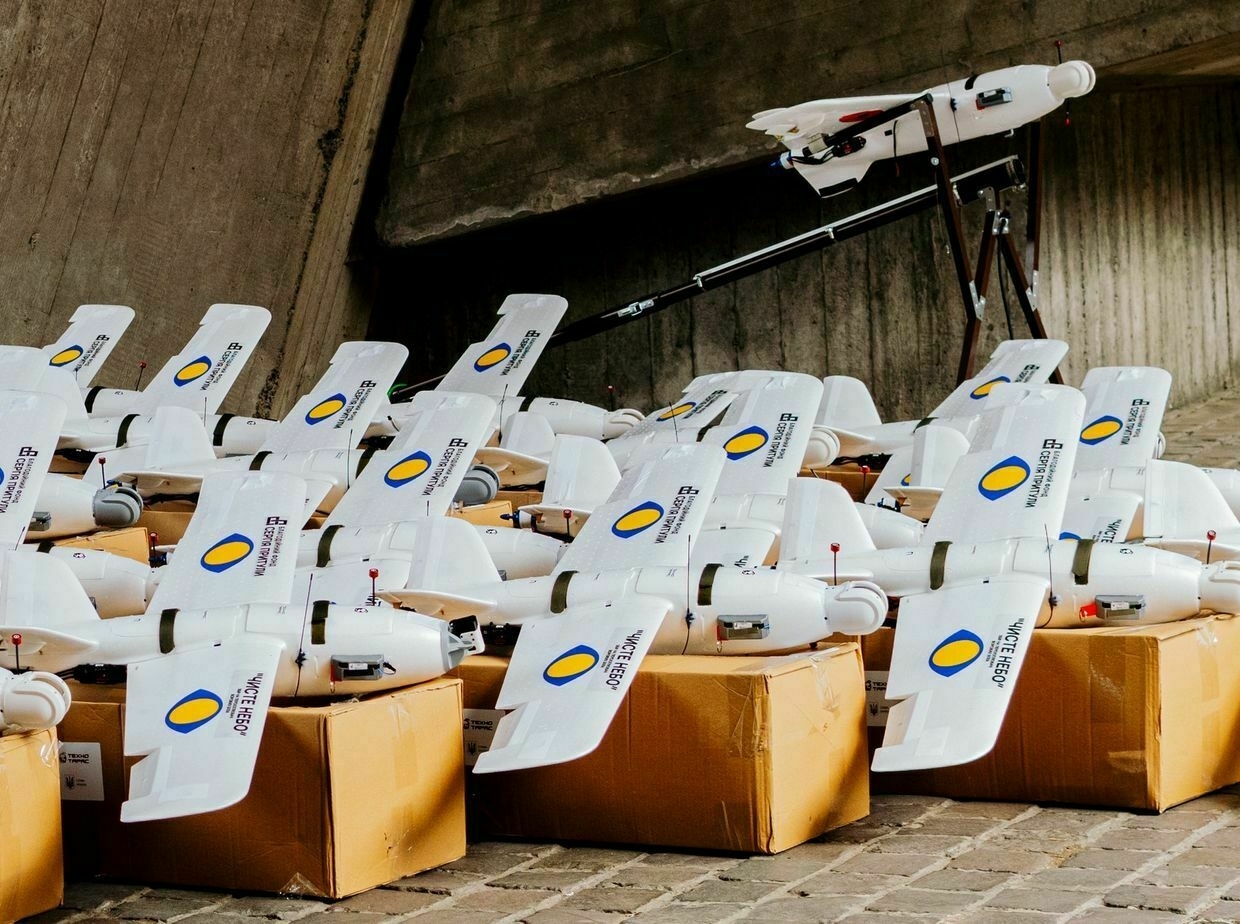
-
European partners reportedly caught off guard as US halts arms shipments to Ukraine
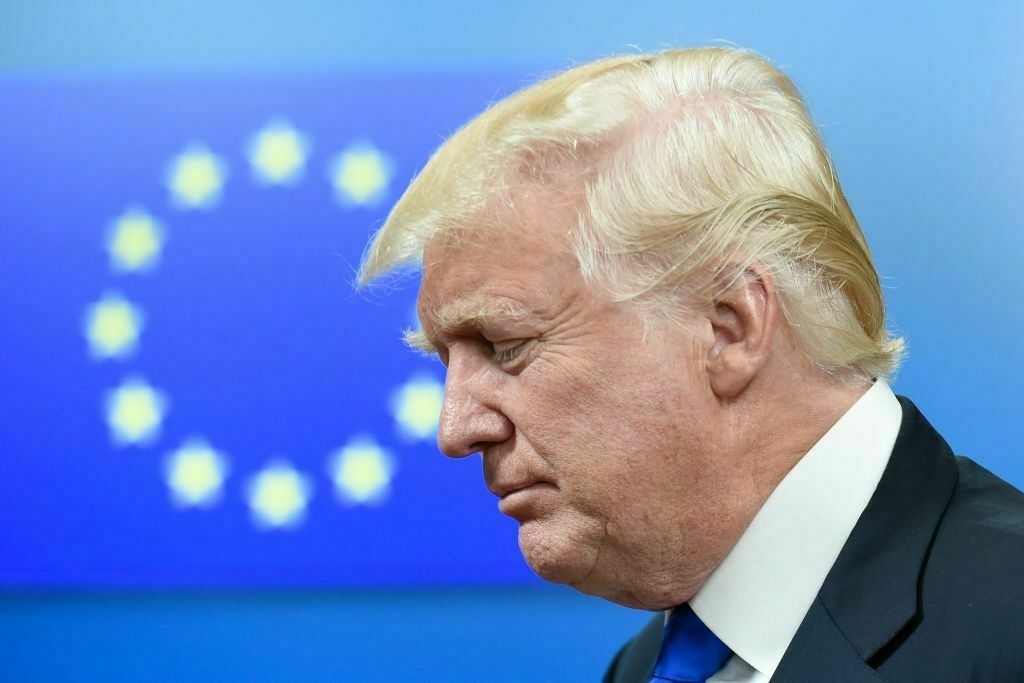
The Trump administration’s decision to halt deliveries of key military aid to Ukraine has caught European partners off guard and prompted urgent requests for clarification, Bloomberg reported on July 2, citing unnamed sources.
The pause affects the delivery of several weapons critical to Ukraine’s defense, including Patriot air defense missiles, precision-guided artillery shells, Hellfire missiles, and munitions for F-16 fighter jets.
The White House confirmed the hold, describing it as part of a broader reassessment of U.S. military stockpiles. Since U.S. President Donald Trump took office in January, the U.S. has not approved any new military aid packages for Ukraine.
According to Bloomberg, some European allies hope the Trump administration will soften or reverse the decision. The timing of the pause has raised particular concern as Ukraine faces one of the most intense waves of Russian missile and drone attacks since the start of the war.
In his evening address on July 2, President Volodymyr Zelensky said Ukrainian and U.S. officials are working through the aid issue at a “working level,” including discussions on critical air defense support.
Ukraine’s Defense Ministry said it has not received any formal notification of delays or cancellations but has requested urgent consultations with U.S. defense officials.
The Foreign Ministry also summoned U.S. Charge d’Affaires John Ginkel, warning that “any hesitation” in military support would encourage further Russian aggression.
The Kremlin welcomed the decision, with spokesperson Dmitry Peskov saying, “The fewer weapons that are supplied to Ukraine, the closer the end of the (war)."
NATO Secretary General Mark Rutte expressed understanding of Washington’s desire to safeguard its stockpiles but said that “Ukraine cannot do without all the support it can get."
U.S. Defense Secretary Pete Hegseth previously signaled a shift in policy, indicating that future defense budgets would prioritize domestic needs over military support for Ukraine.
‘Major casualties among civilians’ — US freeze on air defense missiles is terrible news for UkraineThe halting of deliveries of air defense missiles from the U.S. will lead to“major casualties among civilians,” a deputy commander in Ukraine’s air defense told the Kyiv Independent. Politico reported on July 1 that the U.S. Defense Department (DOD) had halted shipments of some weapons previouslyThe Kyiv IndependentKollen Post
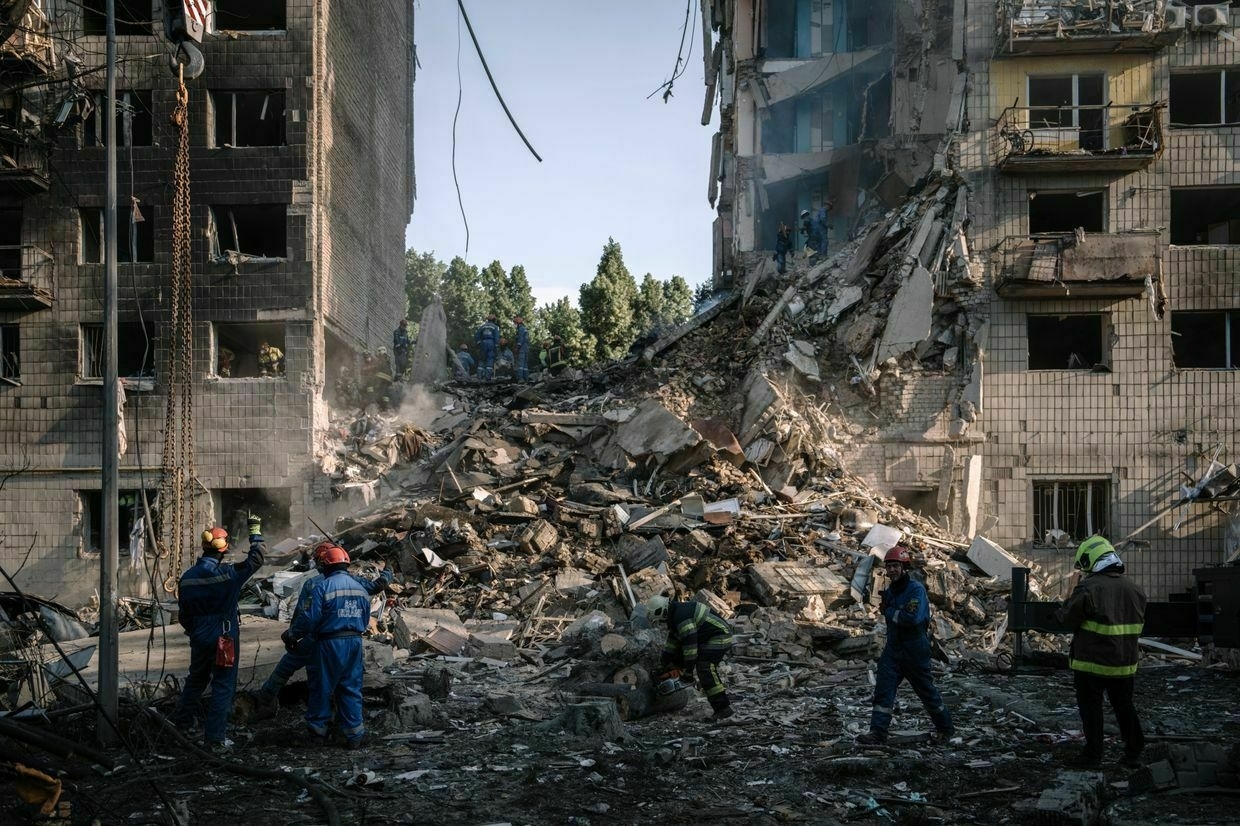
-
Russia increasingly targets Ukraine's cities with cluster munitions, raising civilian toll
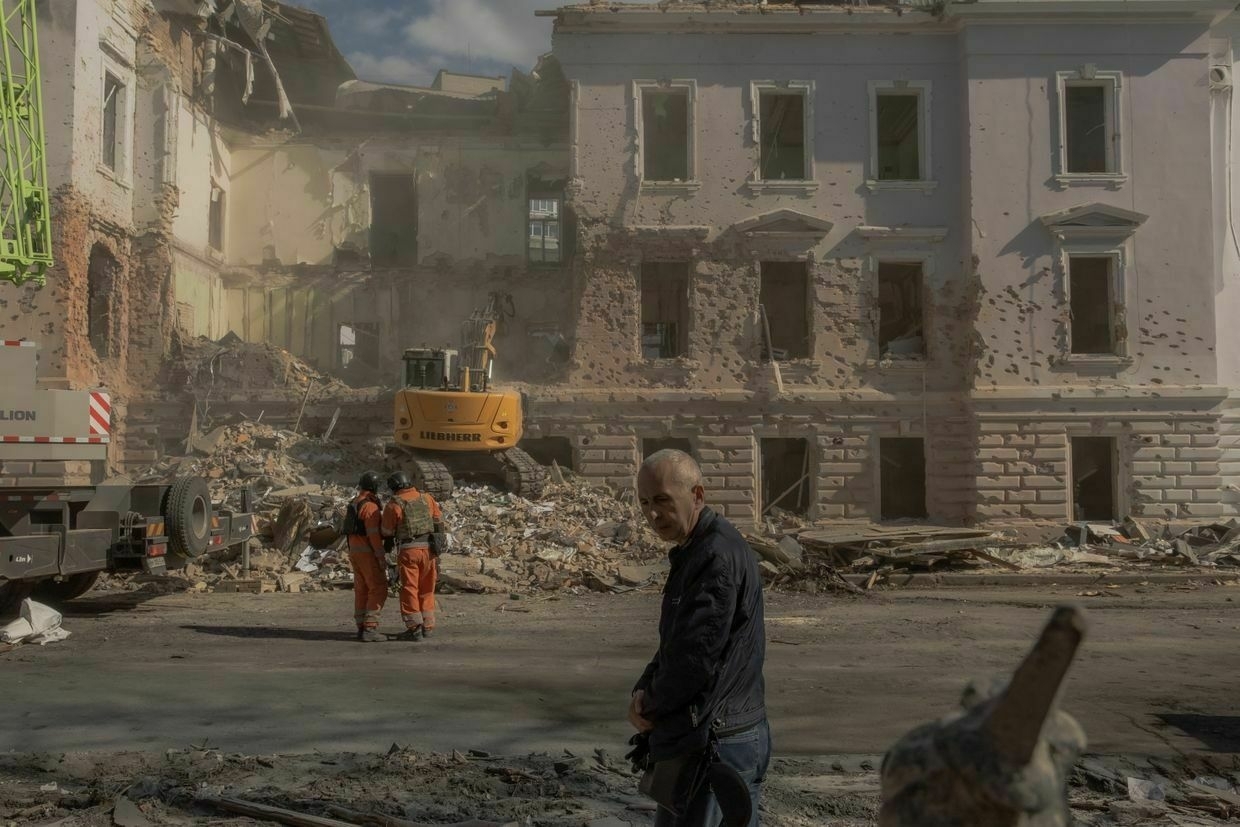
Amid stalled peace talks, Russia is increasingly attacking Ukrainian cities with cluster munitions, banned by international organizations for the indiscriminate damage they cause to civilians.
The civilian casualty toll in Ukraine in 2025 rose by 37% compared with the same period last year, mostly due to Russia’s use of long-range explosive weapons — including cluster munitions — in densely populated cities, the UN said.
Cluster munitions are a type of weapon that scatter small explosive bomblets across a large impact area, designed to inflict maximum injuries to people.
While Ukraine has used cluster munitions provided by the United States on the battlefield since 2022, Russia uses them far more often and strikes civilian areas, experts told the Kyiv Independent.
“The vast majority of cluster munitions that are being used in the world today are being used by Russia in Ukraine,” said Mary Wareham, deputy director of the Crisis, Conflict, and Arms Division at Human Rights Watch.
Their use “is an element of Moscow’s broader policy of terror against the Ukrainian people,” Ukraine’s Foreign Ministry said on June 26.
Recent attacks on civiliansUkrainian authorities have documented at least 5,974 cases of Russia’s cluster munitions use in Ukraine since 2022, the Foreign Ministry said.
When such attacks are launched on big cities, like Russia’s strike on Kyiv on June 17 that killed 30 and injured 172 people, they stand out for the number of civilian casualties inflicted. According to Wareham, videos from the attack site suggest the use of cluster munitions delivered by a cruise missile.
Ukrainian authorities said that Russia also used cluster munitions in a strike on a playground in Kryvyi Rih on April 4, killing 20 people, including nine children, in the deadliest single attack on Ukrainian children verified by the UN since the start of the full-scale invasion.
“The biggest issues are the lack of air defense batteries coupled with the lack of interceptors from the Ukrainian side.”
The UN’s report on June 30 described "no indication of any military presence at the site" of the attack after the Russian Defense Ministry claimed it was targeting military personnel at the restaurant. The report did not include the Kryvyi Rih attack in the list of strikes with the use of cluster munitions.
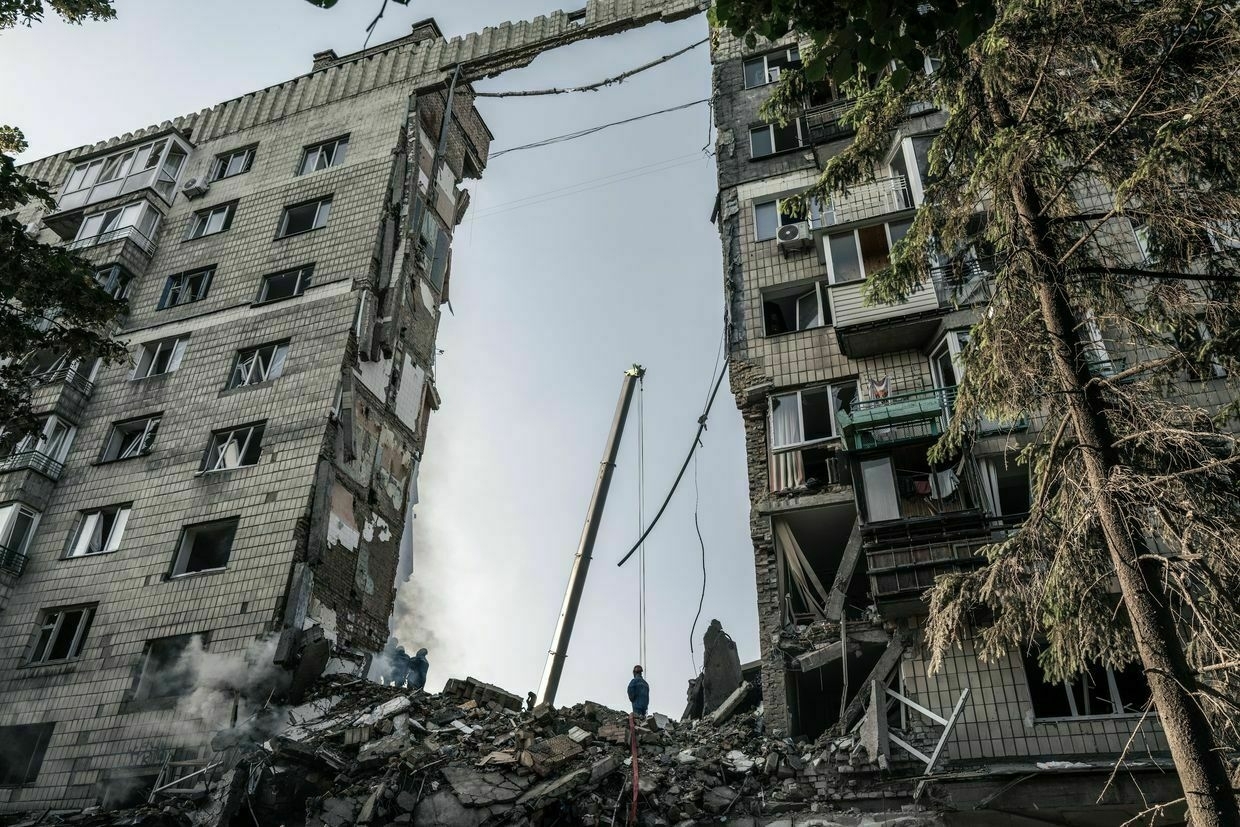
An apartment building is heavily damaged after an overnight drone and missile attack in Kyiv, Ukraine, on June 17, 2025. (Vlada Liberova / Libkos / Getty Images) 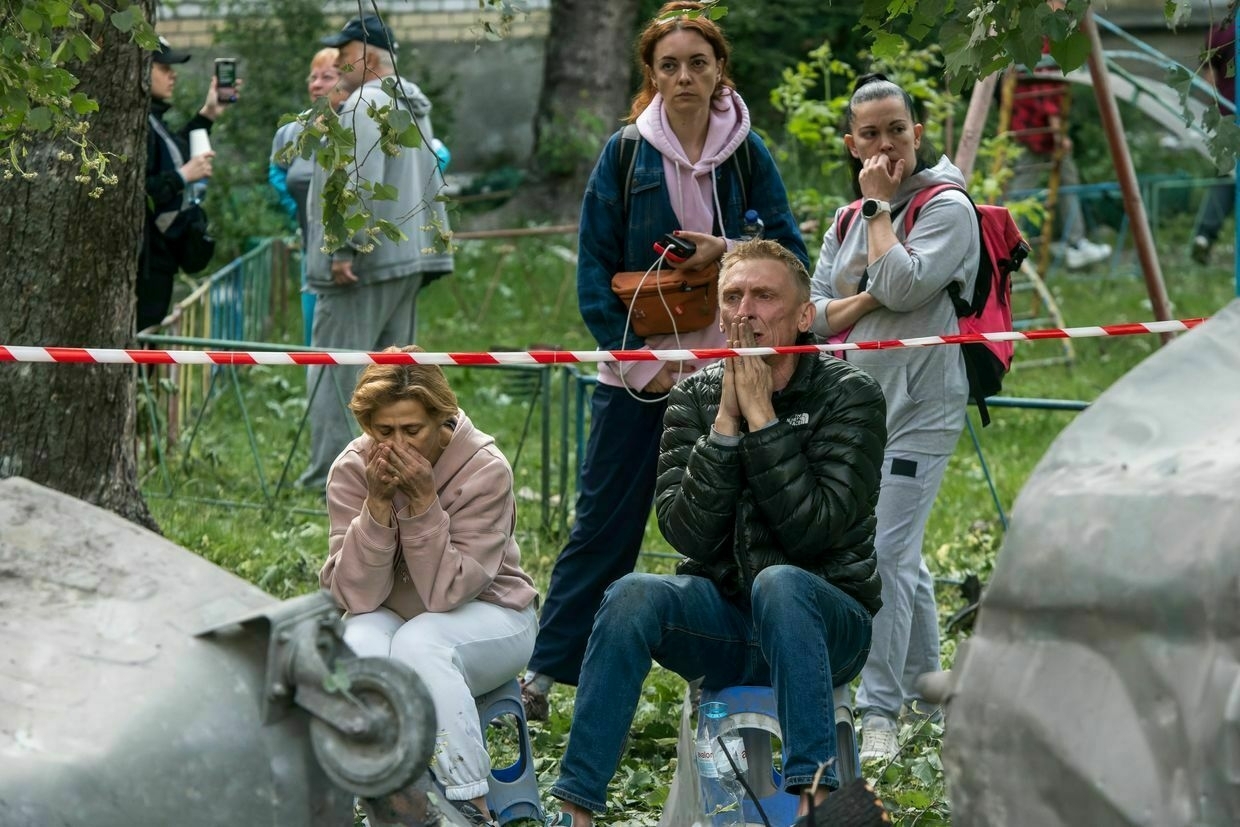
Family members of those still missing under the debris are at the site of a residential building hit by a Russian ballistic missile during a massive overnight attack in Kyiv, Ukraine, on June 17, 2025. (Maxym Marusenko / NurPhoto via Getty Images) In another attack, two ballistic missiles struck the center of Sumy minutes apart on Sunday afternoon of April 13, during a religious holiday. Thirty-five people were killed and 117 injured, "mainly civilians who were walking on the street or traveling on a bus, and people attempting to help the victims of the first strike," the UN report said.
Other deadly strikes on civilians with cluster munitions were reported by local Ukrainian authorities in the past few months, including the attack on Kharkiv on April 18, Chuhuiv in Kharkiv Oblast on May 23, a village in Sumy Oblast on May 26, and a UN-documented attack in Dobropillia that killed 11 people and injured 48 on March 7.
Ukrainian defensesRussia’s use of cluster munitions is not new, but their delivery methods are evolving to better bypass Ukrainian air defenses protecting big cities.
Their most common use is in artillery rounds, but they can also be carried in ballistic and cruise missiles that Russia routinely launches on Ukrainian cities, along with hundreds of drones.
Though Ukraine has gotten immensely better in intercepting Russian cruise missiles and drones since 2022, the scale of recent Russian attacks is overwhelming Ukrainian air defense. In an attack on June 17, Russia used 440 drones and 32 missiles, including a Kh-69 cruise missile that dispersed cluster munitions in Kyiv, the Foreign Ministry said.
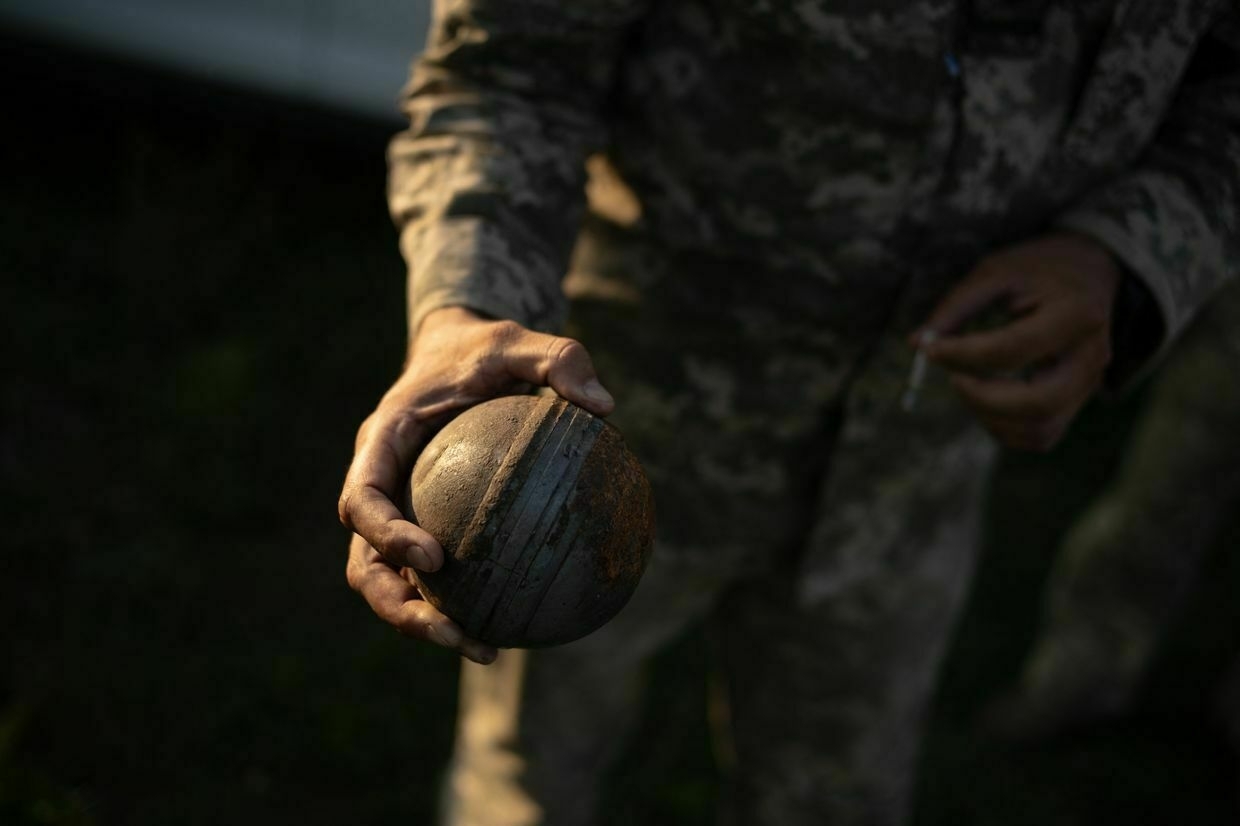
A soldier of a mobile anti-aircraft brigade holds an unexploded Russian cluster bomb in Starokostiantyniv, Khmelnytskyi Oblast, Ukraine, on July 8, 2024. (Florent Vergnes / AFP via Getty Images) "The biggest issues are the lack of air defense batteries coupled with the lack of interceptors from the Ukrainian side," said Dr. Marina Miron, a post-doctoral researcher at the War Studies Department at King's College London.
"As the Russian side uses decoys and electronic warfare (in the attacks), this in sum creates a huge issue for Ukraine trying to defend against incoming missiles and drones," Miron told the Kyiv Independent.
Miron added that drones carrying explosive payload, such as Iranian Shahed-136 and their Russian analogue Geran-2, could also potentially carry cluster munitions.
Why are cluster munitions banned internationally?Cluster munitions indiscriminately kill or maim civilians caught in wide areas of impact at the time of the attack, experts say. A large percentage of bomblets also fail to detonate after scattering and could claim people’s lives decades after active fighting ends.
An international treaty called the Convention on Cluster Munitions was established in 2008 with the aim of moving the world away from their use. Since then, 124 countries have signed the treaty, but in 2024, Lithuania withdrew from it, citing the threat from Russia's use of cluster munitions in a potential war with NATO. Neither Russia nor Ukraine nor the U.S. are signatories.
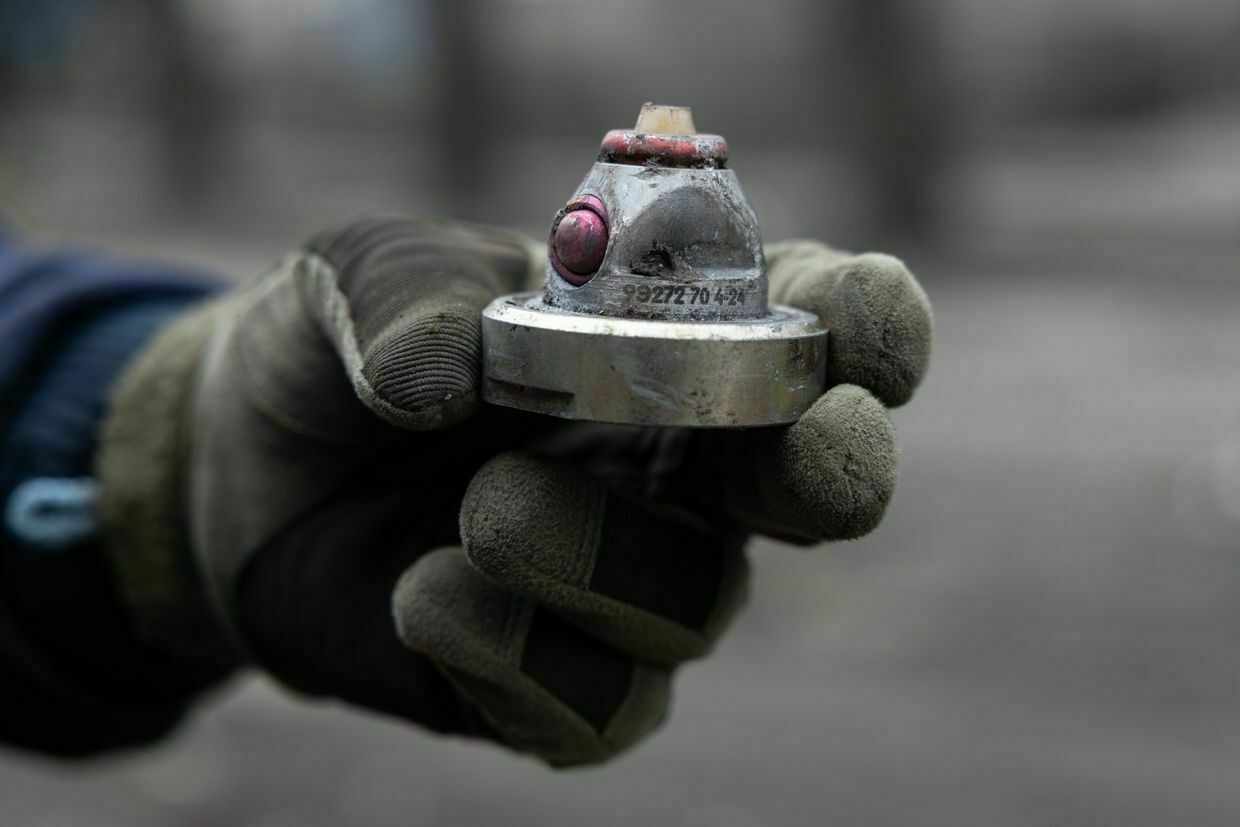
A Ukrainian deminer from the State Emergency Service shows a cluster bomb fragment after a large-scale Russian attack on a residential complex in Dobropillia, Ukraine, on March 10, 2025. (Paula Bronstein / Getty Images) Ukraine has used U.S.-provided cluster munitions against Russian troops in operations like its successful Kharkiv counteroffensive in 2022. Outgunned and outnumbered, Ukraine asked the U.S. for cluster munitions to help liberate Russian-controlled territories.
Based on photographic evidence, the recent UN report suggested Ukraine could also be using cluster munitions in Russian-occupied civilian areas, but data is hard to gather as Russia consistently prevents the UN from independently monitoring attacks and human rights violations in occupied territories.
"Cluster munitions just cross a really big line, and should never be used by any actor under any circumstances, in a city or anywhere else," Wareham said.
Note from the author:
Hello, this is Natalia Yermak, the author of this story. As I wrote about cluster munitions, I learned that many international organizations can't investigate every attack independently, so they rely on media reports to keep track of human rights violations, such as wide-range strikes on civilians.
If you’d like to support our work reporting on those attacks, please consider becoming our member.
Ukraine’s new interceptor UAVs are starting to knock Russia’s long-range Shahed drones out of the skyRussia’s Shahed drone swarms are pummeling Ukraine on a nightly basis, inflicting ever more death and destruction in cities that had managed to carve out some sense of normalcy amid wartime. Civilian alarm has grown. With traditional air defense stockpiles running low, the government is banking on newly createdThe Kyiv IndependentKollen Post
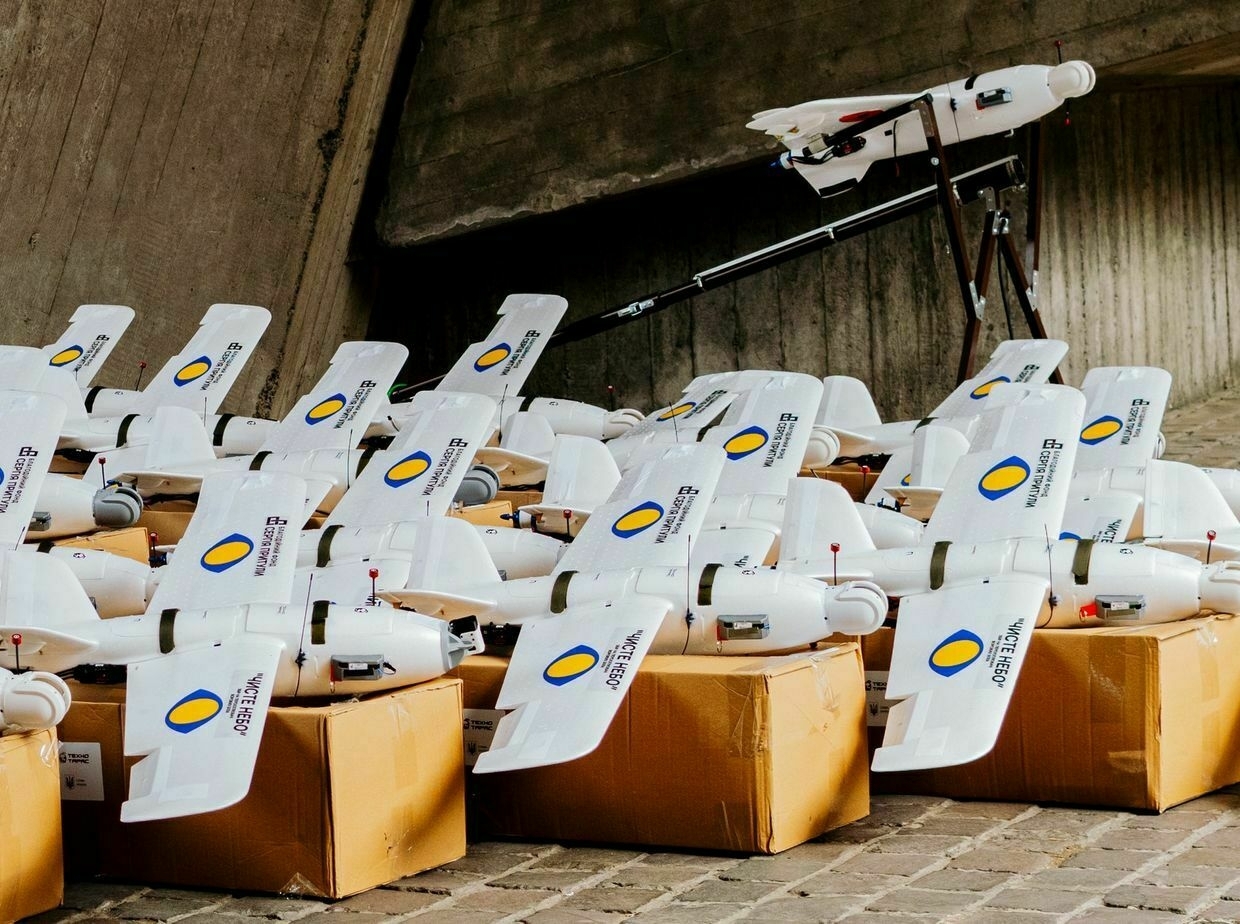
-
'Major casualties among civilians' — US freeze on air defense missiles is terrible news for Ukraine
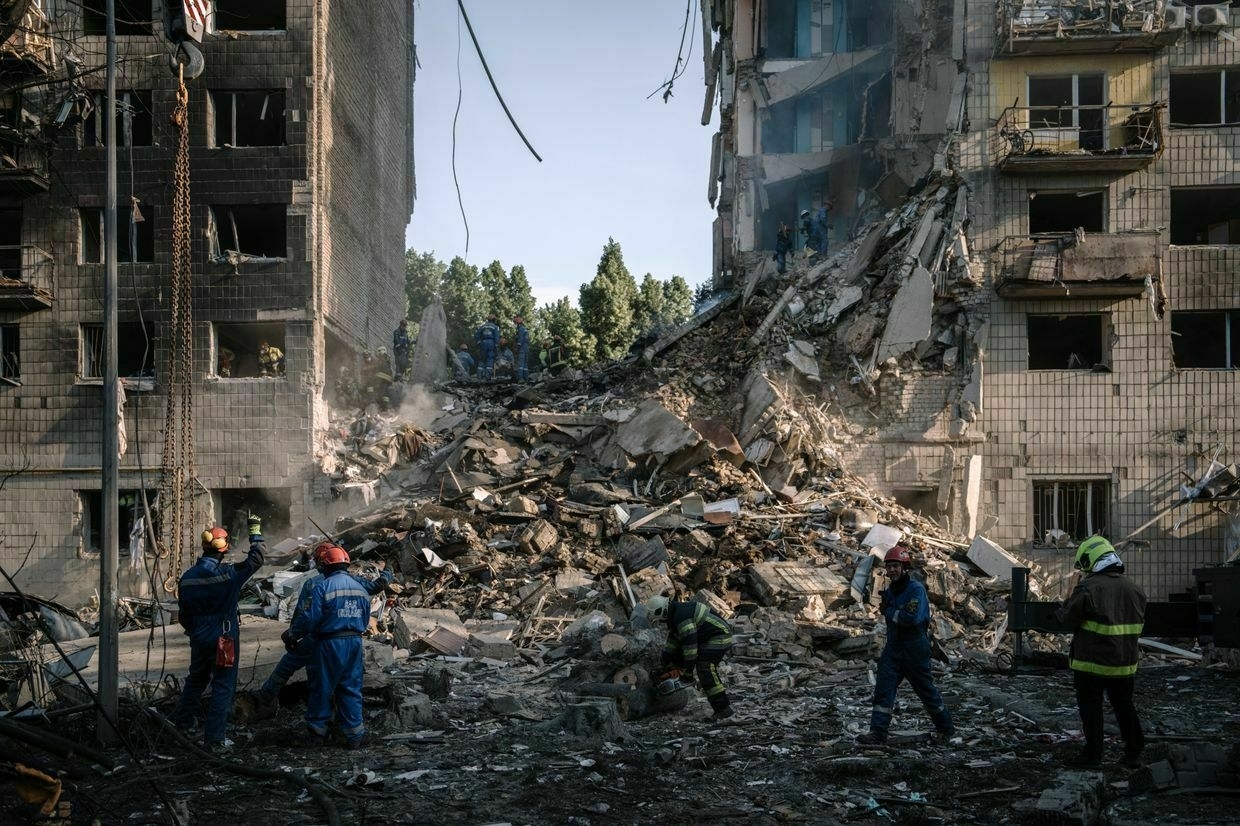
The halting of deliveries of air defense missiles from the U.S. will lead to“major casualties among civilians,” a deputy commander in Ukraine’s air defense told the Kyiv Independent.
Politico reported on July 1 that the U.S. Defense Department (DOD) had halted shipments of some weapons previously promised to Kyiv out of concerns over the size of U.S. stockpiles, citing sources familiar with the matter.
The aid in question included several pieces of U.S. weaponry that have been critical to Ukraine’s ability to conduct the war.
Nick Schifrin, a reporter for PBS NewsHour, wrote on X that the halt included “PAC3 Patriots, 155mm artillery rounds, GMLRS, Stinger, AIM-7, and Hellfire missiles."
While the economics of losing such systems hurts the Ukrainian war effort, Ukraine’s military has managed to build its own equivalent to several of those since the war’s outset. The critical exception is air defense.
“Cutting off delivery of missiles for Patriot anti-air systems will mean a weaker air defense system over the country, and as a result, destruction of civilian infrastructure and major casualties among civilians,” Oleksii, a deputy commander who coordinates mobile air defense groups in Kyiv Oblast, told the Kyiv Independent.
In line with Ukrainian military policy, he asked not to be identified by last name.
Patriot missile systems are the best air defense Ukraine has ever had. More specifically, PAC-3 missiles for those systems are by far the most effective measure against Russian ballistic missiles like Iskander and Kinzhal.
Ukraine is highly secretive about the anti-missile missiles that remain in its stocks, but recent Russian strikes have been far more deadly than they were a year or two prior, with interception rates of ballistic missiles in particular dropping precipitously.
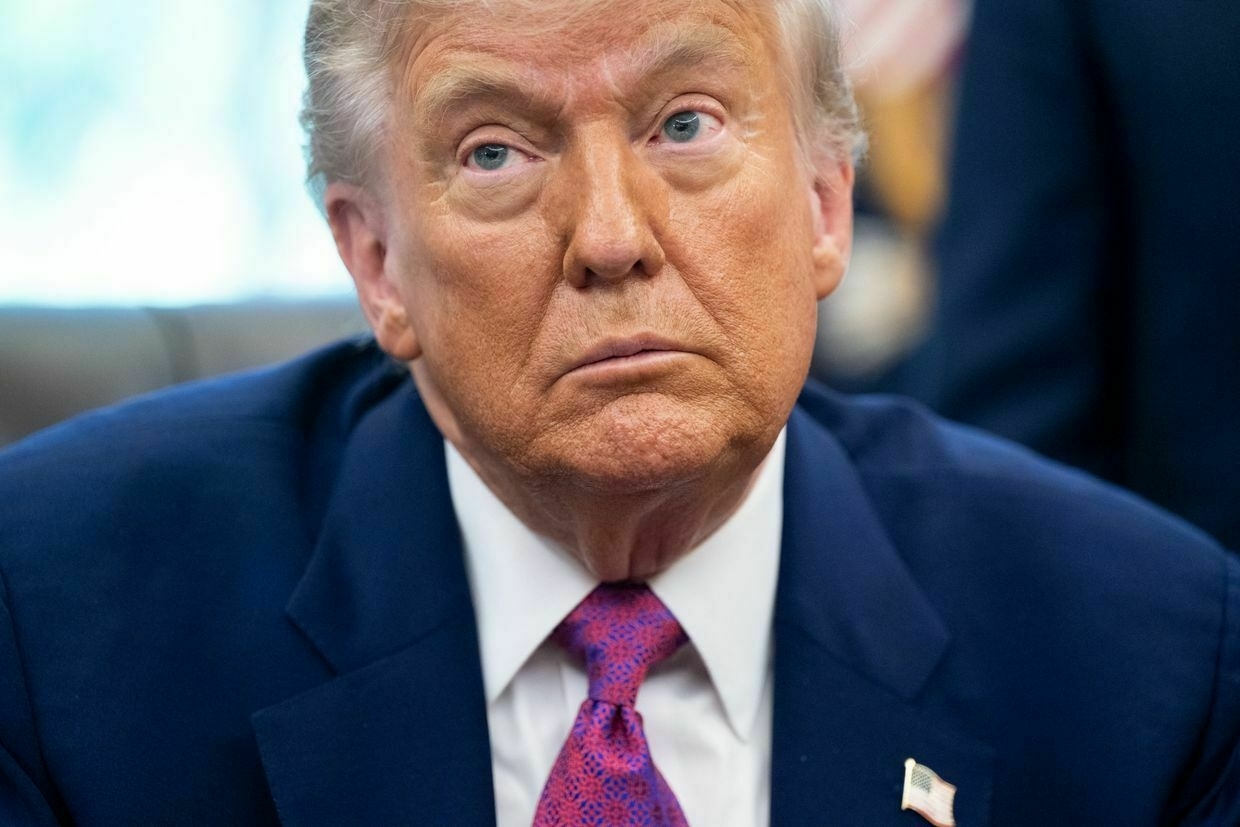
U.S. President Donald Trump speaks about the upcoming wildfire and hurricane seasons in Washington, DC, U.S. on June 10, 2025. (Saul Loeb / AFP via Getty Images) That is in large part because the U.S. has already been slow-walking its aid deliveries since U.S. President Donald Trump took office, particularly when it comes to air defense.
Russian ballistic missiles travel several times the speed of sound. In the case of the Kinzhal, Russia touts a max speed of Mach 10. They arc far above the surface of the earth, unlike cruise missiles, which maintain a relatively low, flat trajectory, giving more time for a surface-based interception.
Why Ukraine can’t build Patriots and PAC-3sU.S. defense giant Raytheon has built Patriot missile launchers since the early 1980s, over the course of which it has progressively upgraded the system’s software. Lockheed Martin makes the PAC-3 missiles themselves, which are uniquely good at targeting ballistic missiles.
PAC-3s destroy incoming ballistic missiles by physically hitting them in the air, a feat of targeting that requires remarkably precise measurements and timing for launch calculations.
They are equipped with sensors from Boeing that are able to spot proximate ballistic missiles and make the high-speed, last-minute adjustments necessary to collide with them.
A Russian airstrike targeted Boeing’s office in Kyiv just weeks ago. The aerospace giant employs some 1,000 people in Ukraine.
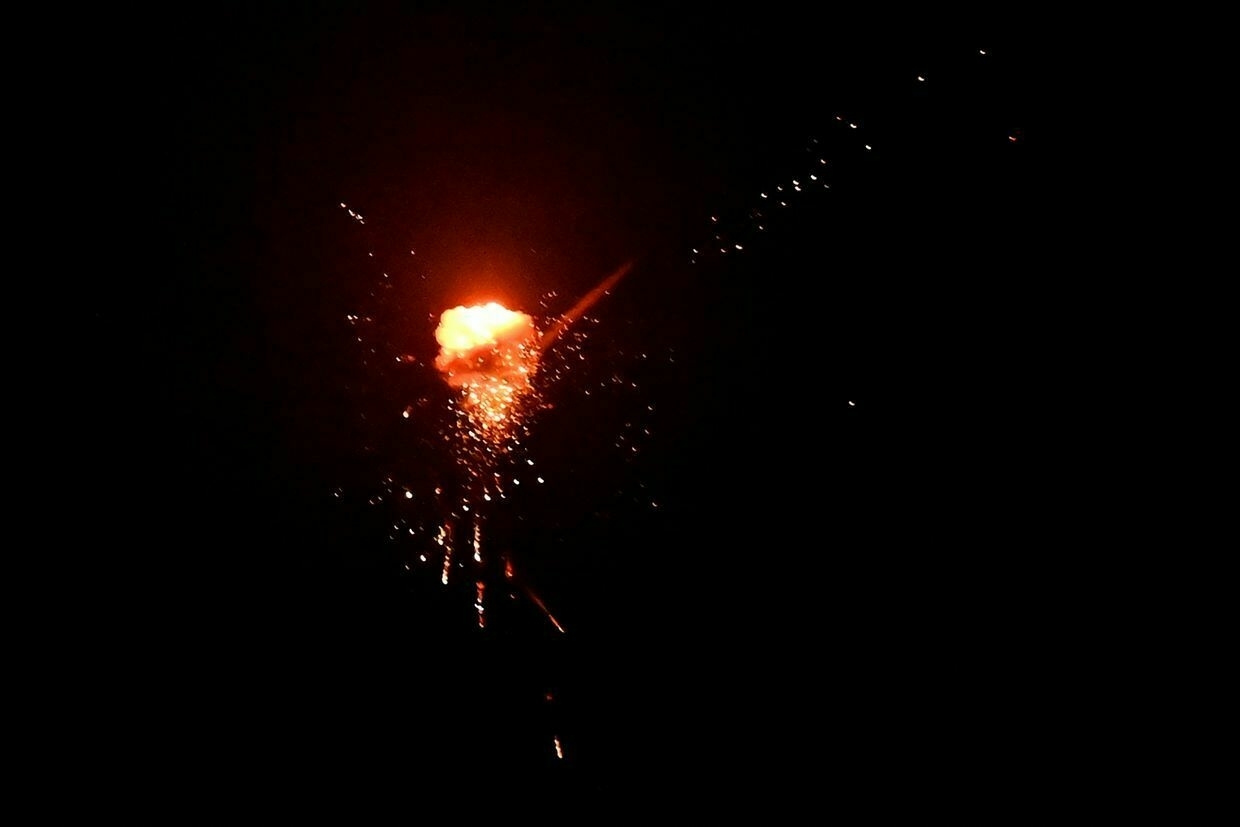
A Russian drone is shot down by Ukrainian air defenses during a night strike in Kyiv, Ukraine, on June 17, 2025. (Sergei Supinsky / AFP via Getty Images) 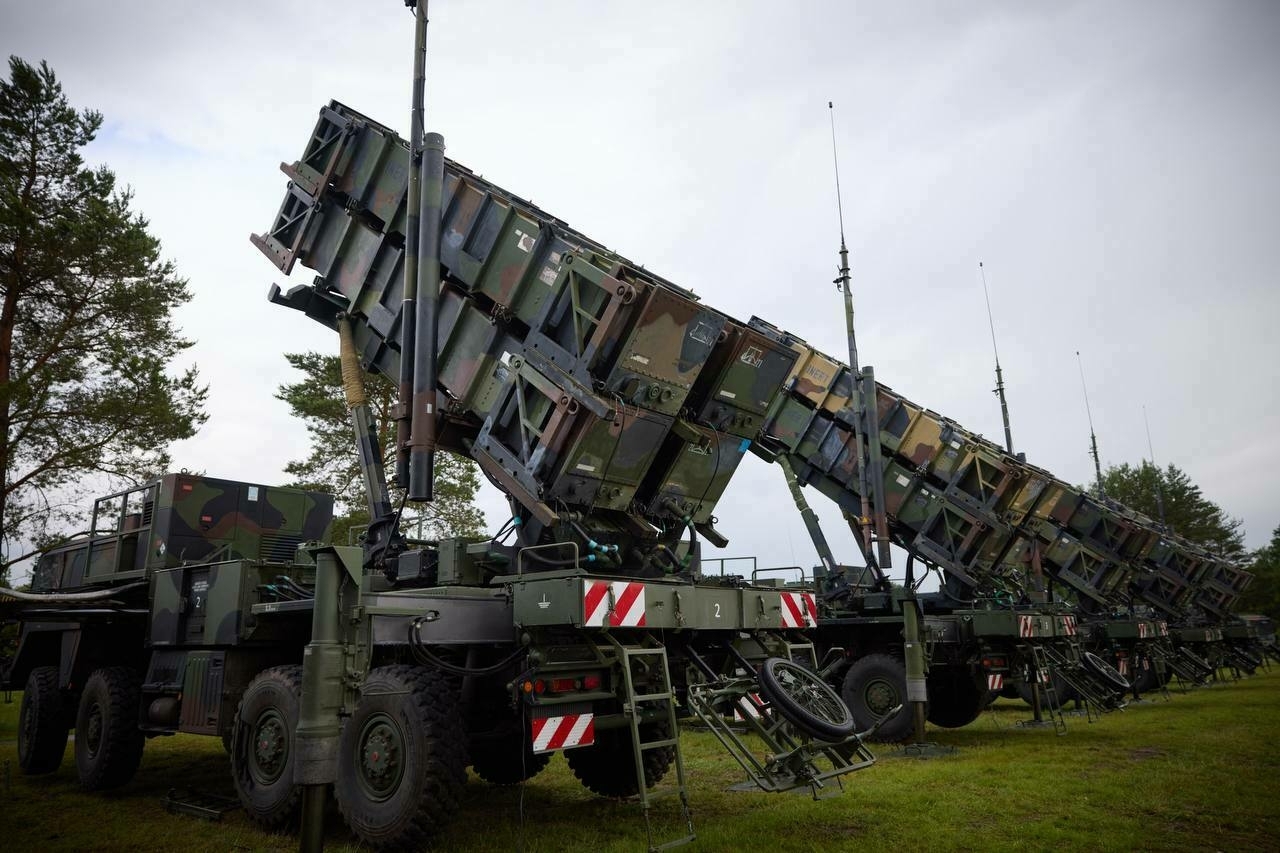
Patriot air defense launchers are seen at a German military base in Sanitz, Germany, on June 11, 2024. (President Volodymyr Zelensky / Telegram) Ukrainian weapons production has been remarkably innovative since the war’s start. But the interlinking expertise and precision that makes the Patriot PAC-3 system work took decades to build while backed by the budget of the U.S. Department of Defense — and with nobody bombing their factories.
Raytheon, Lockheed Martin, and Boeing each individually report revenues of well over $60 billion annually, which is significantly greater than the Ukrainian government’s annual tax revenue.
What Ukraine does — and doesn’t — haveUkraine still has a huge number of Soviet-made S-300 anti-air systems left over. But it is also running out of missiles for those systems — and many of the other former Warsaw Pact nations that earlier in the war sent their residual stockpiles to Ukraine have run out as well.
While S-300 munitions would, in theory, be cheaper to make than PAC-3s, they still require industrial facilities beyond what is required to make drones. While Russia still has them, Ukraine has never really had the chance to build them out.
Ukraine’s major weapons factories were set up by the Soviet Union and were not designed to operate independently. Ukraine-based factories made components for complex weapons systems that were only to be completed when they joined with engines or controllers, or launch vehicles from other Soviet manufacturers.
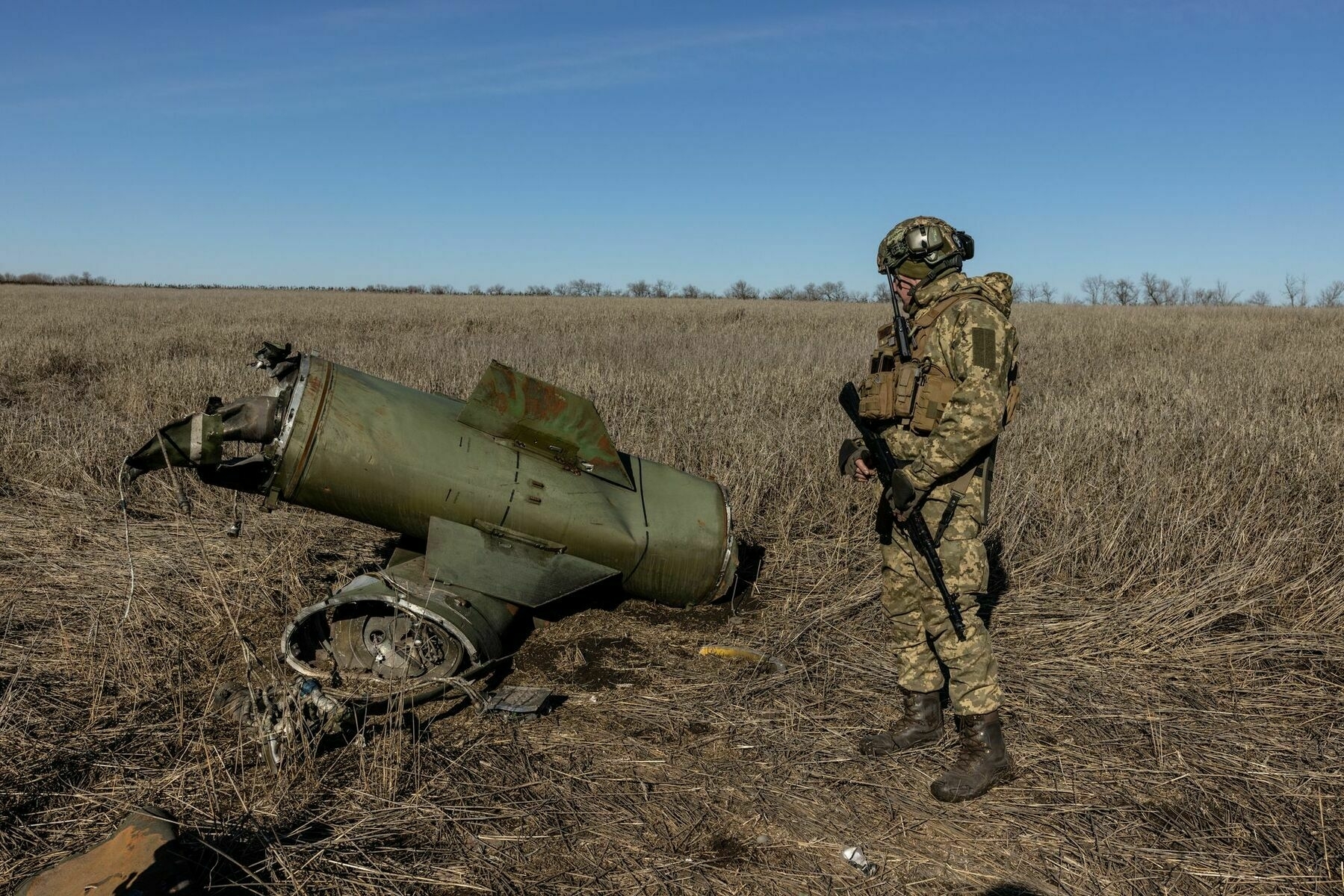
A Ukrainian soldier stands near the wreckage of an S-300 missile in Chasiv Yar, Donetsk Oblast, Ukraine, on March 6, 2023. (Diego Fedele / Getty Images) Given that the Soviet Union built them, Russia also knows exactly where many of those huge post-Soviet factories are and routinely bombs them.
Can Europe fill the gap?There are European manufacturers that make theoretically comparable air-defense systems, but they have proved themselves less effective within Ukraine and, maybe more importantly, are not made at the mass scale of Patriot missiles.
The U.S. government also controls the flow of Patriot systems and ammunition, meaning that if it wants to embargo Ukraine’s access to them, it can.
Overall, the U.S. denial of sophisticated air defense to Ukraine is a serious blow for which there is no ready technological solution.
“Likely – or certainly – that decision is aimed at weakening the tough negotiating position of our country, and at us accepting conditions that are dictated to us from outside,” Oleksii said.
Note from the author:
Hi, this is Kollen, the author of this article. Thanks for reading. With Russian forces massing at the front and air attacks intensifying across the country, Ukraine is holding up in the face of a tense summer. If you want more stories like this, consider joining our community today to help support our work.
Why Ukraine isn’t building its own version of US PatriotA series of Russian ballistic missile attacks on Ukrainian cities have killed dozens of civilians in recent weeks, shaking an already uneasy sense of safety for Ukrainians living far from the front lines. The Russian strikes are growing more lethal as foreign air defense aid to Ukraine has dwindled, particularlyThe Kyiv IndependentKollen Post
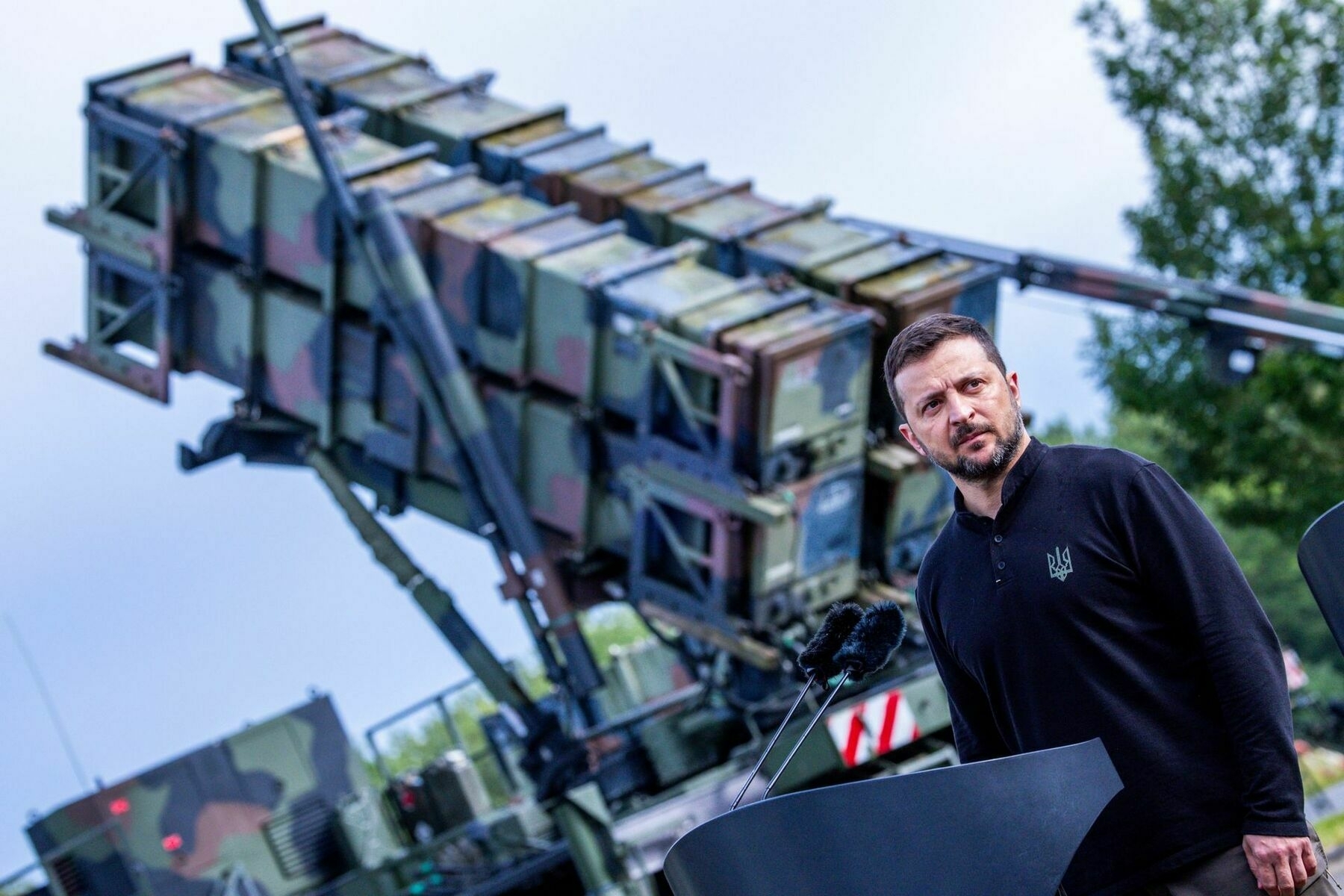
-
Russia's Kupol military plant reportedly halts operations after Ukrainian drone strike
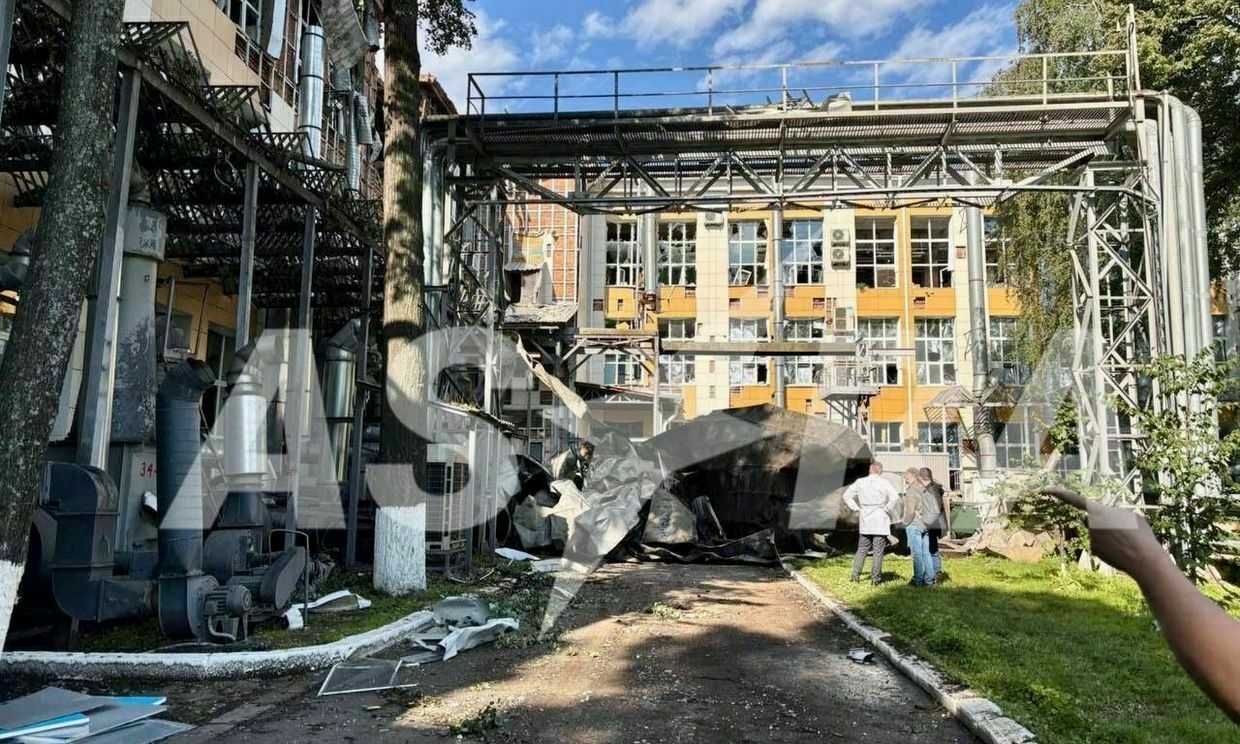
The Kupol plant in Russia’s Udmurt Republic ceased operations following a Ukrainian drone attack, independent media outlet Astra reported on June 2, citing emergency service sources.
Located more than 1,300 kilometers (800 miles) from the front line, the plant produces Tor and Osa air defense systems, as well as Harpy-type attack drones. It is under international sanctions as part of Russia’s defense-industrial complex.
Two drones hit their intended targets during the strike with one flying through the windows of one workshop, and the second hitting the roof of another, causing an explosion and fire. The resulting blaze led to the collapse of 1,300 square meters of roofing, Astra reported.
Four workshops were destroyed in the first building of the complex, reportedly halting operations in areas responsible for metalworking, microchip soldering, and drone production.
Udmurt Republic Governor Alexander Brechalov said on June 1 that three people were killed and 45 injured in the attack, including 35 hospitalizations and six in serious condition.
Astra earlier reported that no air raid siren was issued in Izhevsk ahead of the attack. Residents claimed to be unable to receive emergency alerts due to persistent mobile internet outages.
Ukraine’s General Staff confirmed the strike via its official Telegram channel, framing it as part of Kyiv’s campaign to degrade Russia’s defense-industrial base far from the front.
The plant was previously targeted in a Ukrainian drone strike on Nov. 17, 2024. That attack damaged equipment used to produce Tor missile systems and radar components.
Izhevsk, the capital of the Udmurt Republic, is known as a center of Russia’s arms manufacturing industry and the birthplace of the Kalashnikov rifle.
The latest attack underscores Ukraine’s capacity to strike deep into Russian territory.
Ukraine says it wasn’t notified of US weapons shipment halt; official insists ‘deliveries continue’In a statement, Ukraine’s Defense Ministry said it is working to verify the current status of all elements in the agreed aid packages and has requested a phone call with U.S. defense officials for further clarification.The Kyiv IndependentAnna Fratsyvir
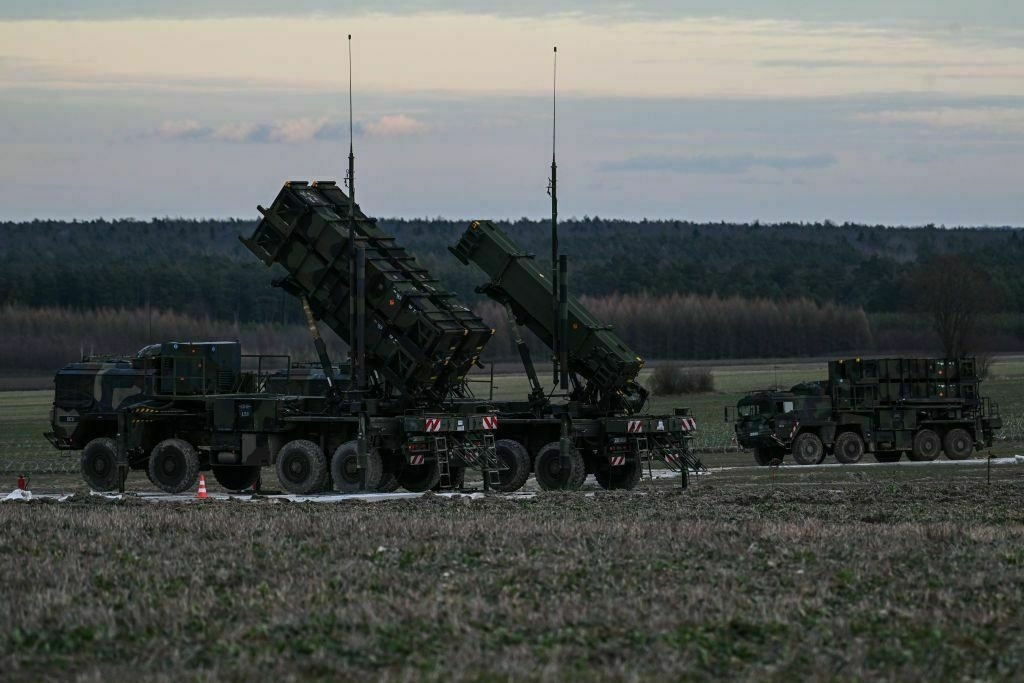
-
Porn decriminalization petition in Ukraine reaches 25,000 signatures, forcing Zelensky response

Ukrainian President Zelensky must consider a petition to decriminalize pornography after it reached the required 25,000 signatures, according to data on the official Ukrainian government petitions website.
Pornography production and distribution are illegal in Ukraine, with broad interpretations meaning even sharing nude photos can result in jail time.
Despite being illegal, models on subscription-based site OnlyFans, known for being an adult content platform, must declare their income and pay taxes, as required for all paid content creators.
The decriminalization petition was created by Ukrainian OnlyFans model Svetlana Dvornikova, who argued that “law enforcement should focus on real crimes instead of conducting operations to buy intimate photos."
“Over five years, I’ve paid more than Hr 40 million ($958,062) in taxes to the state,” Dvornikova wrote in the petition.
“But instead of gratitude for this money, the state opened a criminal case against me."
In January 2025, Ukraine’s OnlyFans content creators declared more than $7 million in income, paying $1.5 million in personal income and military taxes, though it’s unclear what specific content these users create on the platform.
Ukrainian MP Yaroslav Zhelezniak, who has initiated bills to legalize pornography, calculated that from 2020 to 2022, 5,000 Ukrainians earned $123 million on OnlyFans.
“Porn today is mostly online platforms, and those who earn on these platforms officially pay taxes. That’s millions of dollars going to the armed forces,” Zhelezniak said on his YouTube channel.
The latest bill to legalize pornography was registered in November 2024 and supported by parliament’s law enforcement committee in December, but hasn’t been brought to a vote yet.
The bill proposes decriminalizing only the creation and storage of pornographic content by consenting adults.
Criminal liability would still apply for revenge porn, deepfake porn, extreme porn, child pornography, and distribution to minors.
“We’re simply changing Article 301 of the Criminal Code so that adults who film and distribute intimate videos aren’t thrown in prison for 3-5 years,” Zhelezniak wrote on his Telegram channel.
“Currently, under Article 301, you can be punished even for storing nude photos on your personal phone."
In July 2022, a similar petition to legalize pornography reached the required number of signatures. It didn’t lead to changes, and Zelensky responded by citing existing laws about “protecting public morality."
Russia seizes Ukraine’s most valuable lithium deposits, but US minerals deal not at risk, investor saysRussian troops have taken over the site of one of Ukraine’s most valuable lithium deposits near the village of Shevchenko, Donetsk Oblast, as Russia ramps up its summer offensive. While Ukrainian troops control territories near the site, the deposit is now under Russian occupation, Roman Pohorilyi, founder of open-sourceThe Kyiv IndependentDominic Culverwell
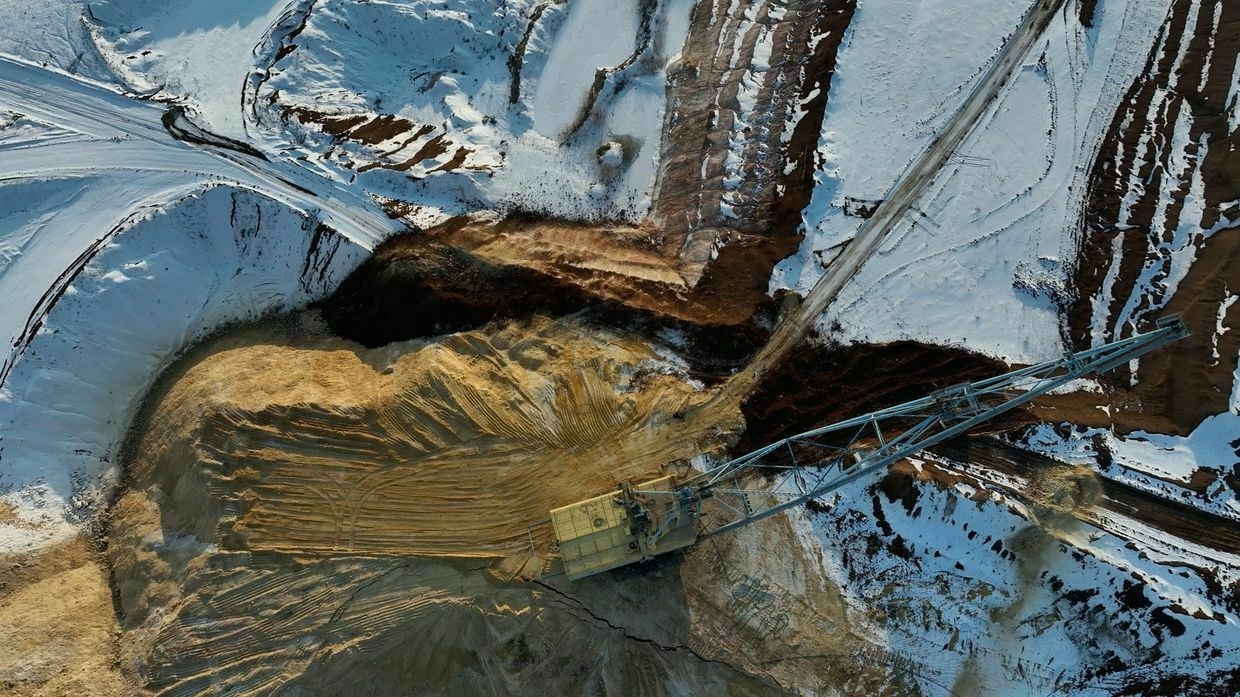
-
Iran reportedly preparing to mine Strait of Hormuz, a possible boon for Russia's Ukraine war coffers
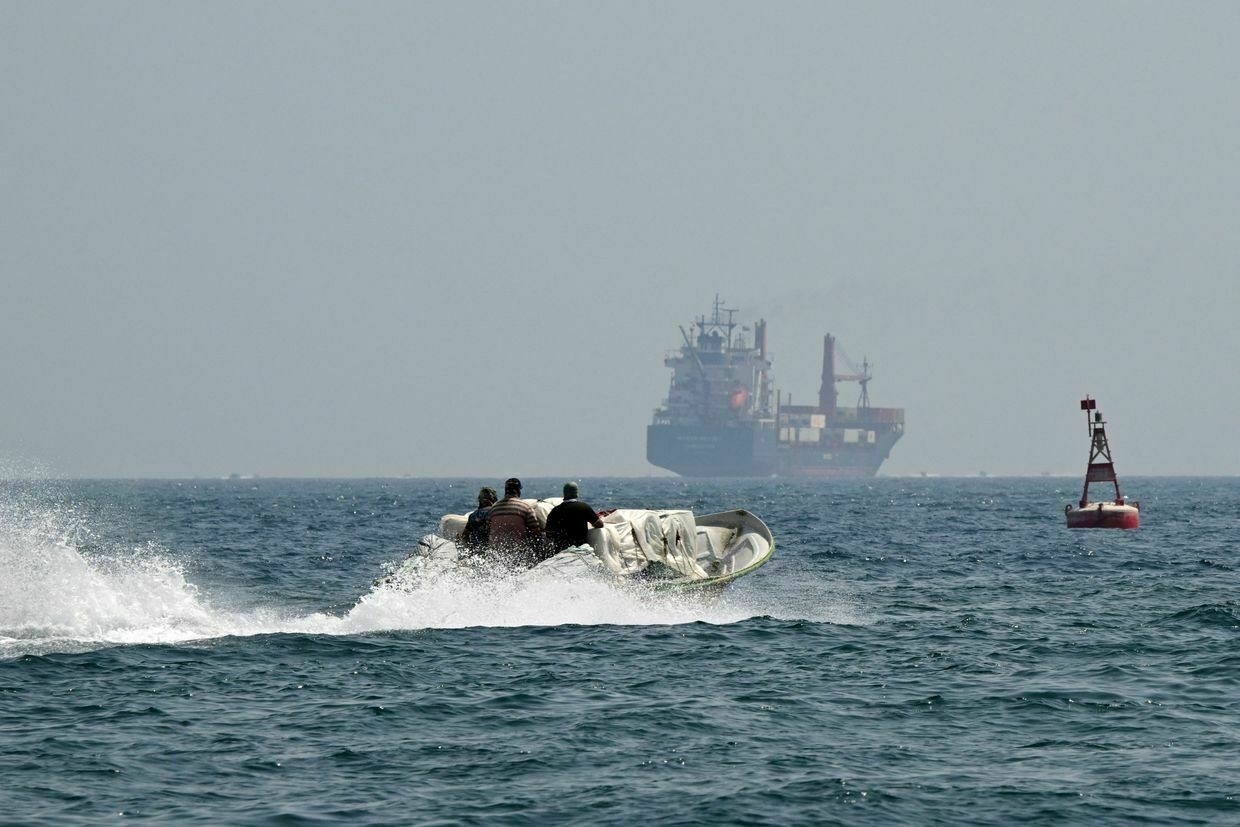
Iran is reportedly preparing to mine the Strait of Hormuz, a move that would spike global oil prices and give a significant boost to the Russian economy and its war machine in Ukraine.
Reuters reported on July 1 that Iran loaded naval mines onto vessels in the Persian Gulf last month, citing two U.S. officials, who said the preparations had been detected after Israel launched its “preemptive” attack against Iran on June 13.
Amid the conflict with Israel which has currently settled into an uneasy ceasefire, Iran has repeatedly threatened to block the Strait of Hormuz as a means of deterrence.
If the Strait were mined, Iran could block one-fifth of global oil demand and spike world energy prices — a boon for Russia’s oil-dependent economy.
“Any disruption to Gulf supplies would push up global crude prices. Prices for Russian crude would rise in line,” John Gawthrop, Argus Eurasia Energy editor, told the Kyiv Independent.
Russia’s energy sector made up 35-40% of its budget revenues pre-full-scale invasion and is powering its war machine.
Western sanctions on Russian energy and the G7’s Russian oil price cap of $60 per barrel have hampered its profits, with Russia losing more than $150 billion over the last three years, but have yet to deal a crippling blow.
The conflict between Israel and Iran caused a spike in prices — Brent crude, the global benchmark, on June 13 jumped from $69.36 to $75 per barrel, a surge that looked like it could grant Russia’s economy a reprieve.
Until the Israeli attacks, the future for Russian crude wasn’t looking so bright. Europe was planning its 18th sanctions package targeting Russia’s energy sector, and the G7 was pushing for a $45 price cap. Hungary and Slovakia have since blocked the sanctions package.
Prices have since settled along with the conflict and on July 2 Brent crude was $67.50, but if Iran does go ahead with mining the Strait of Hormuz, blocking one-fifth of global oil demand, another surge would follow.
This would also mean Iran blocks its own oil exports too, so it would only be a last resort from Tehran, David Fyfe, chief economist at Argus Media, a market analyst group, told the Kyiv Independent last month.
Ukraine’s new interceptor UAVs are starting to knock Russia’s long-range Shahed drones out of the skyRussia’s Shahed drone swarms are pummeling Ukraine on a nightly basis, inflicting ever more death and destruction in cities that had managed to carve out some sense of normalcy amid wartime. Civilian alarm has grown. With traditional air defense stockpiles running low, the government is banking on newly createdThe Kyiv IndependentKollen Post
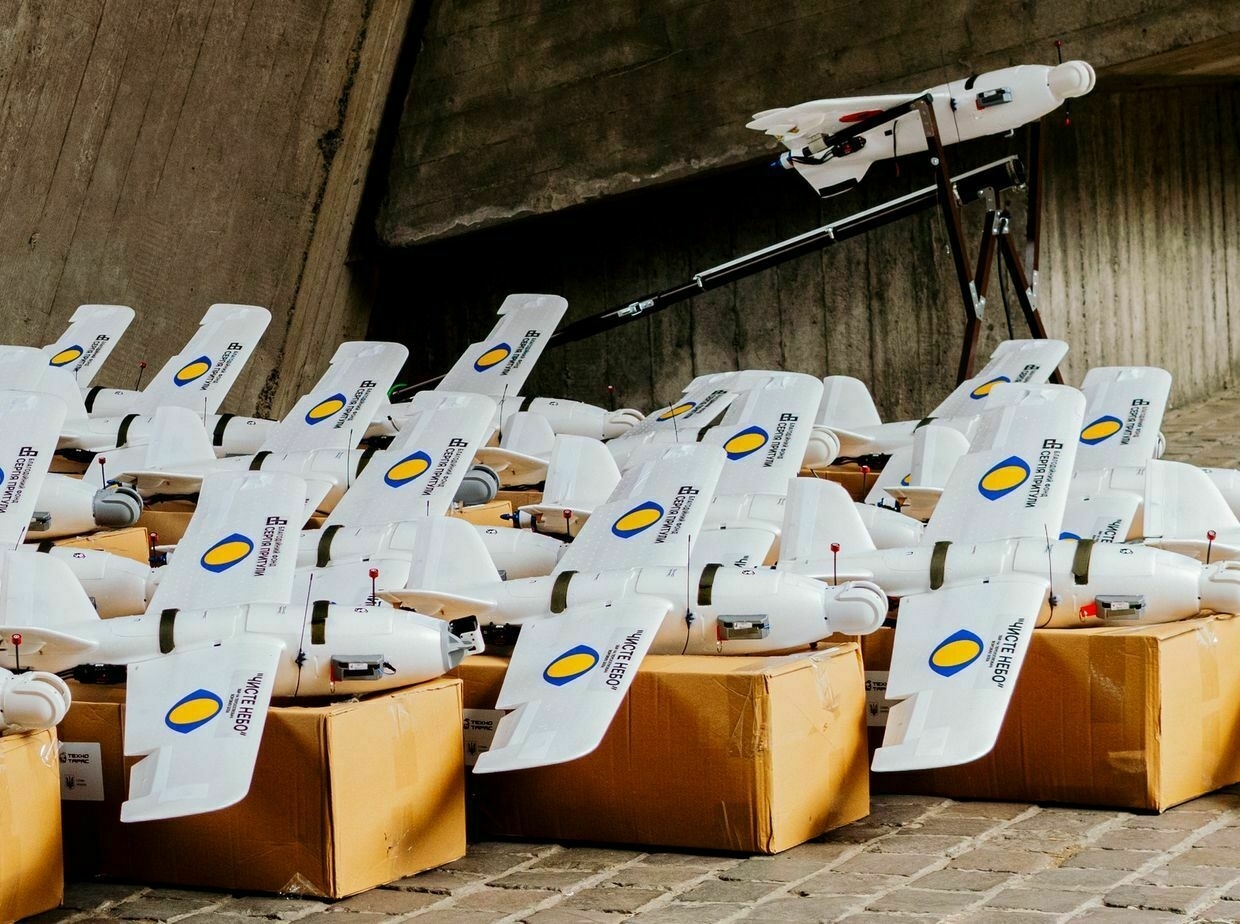
-
NATO chief urges continued US support for Ukraine as Pentagon halts arms shipments
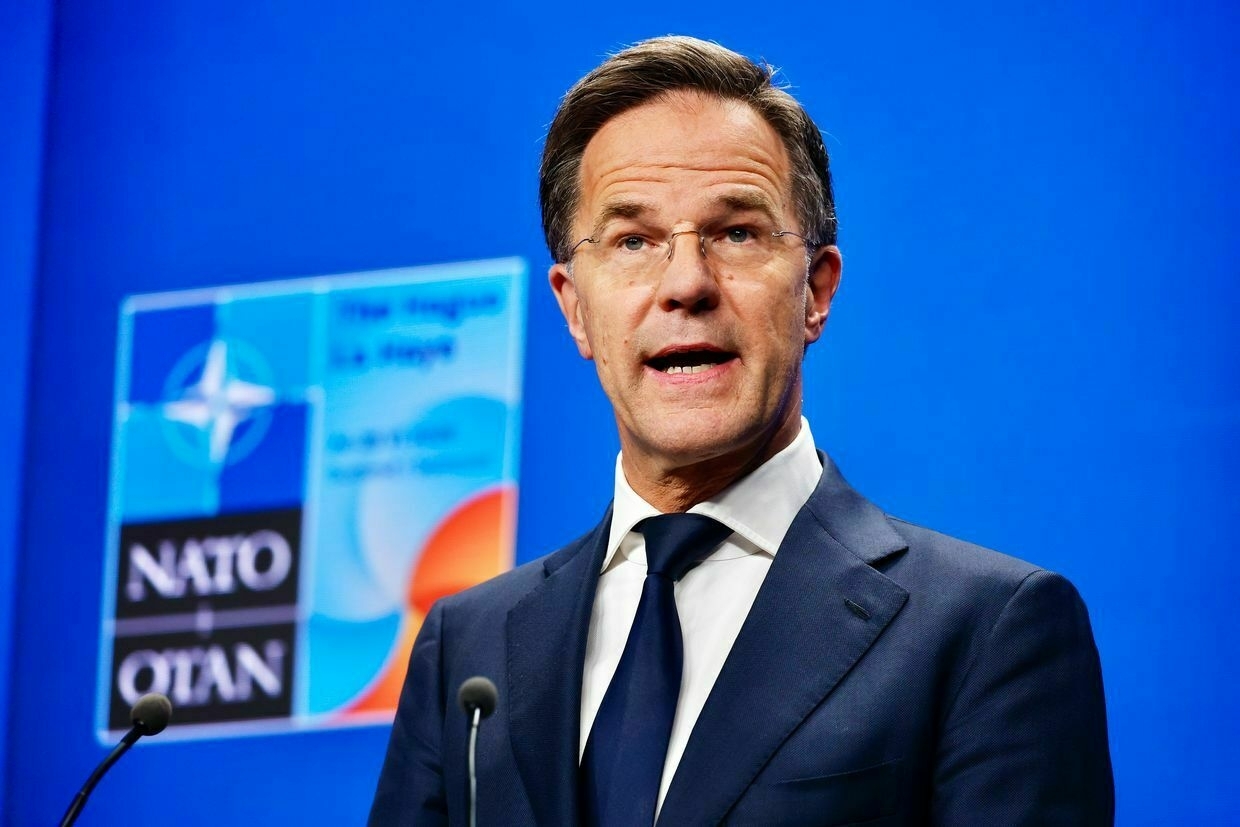
NATO Secretary General Mark Rutte said on July 2 that he understands Washington’s need to safeguard its own defense needs, but emphasized that Ukraine urgently requires sustained Western support.
“I totally understand that the U.S. always has to make sure its interests are covered,” Rutte told Fox News. “When it comes to Ukraine, in the short term, Ukraine cannot do without all the support it can get."
His remarks come as the U.S. Defense Department has halted deliveries of key weapons systems previously promised to Kyiv, including Patriot missiles, precision-guided artillery shells, Hellfire missiles, and munitions compatible with F-16 fighter jets.
The White House confirmed the pause in shipments, citing a broader reassessment of U.S. military stockpiles. No new U.S. military aid packages have been approved since U.S. President Donald Trump took office in January.
“I understand the U.S. has to take care of its stockpiles, and at the same time, we have to allow for some flexibility here,” Rutte said. “Europeans, in the meantime, are really stepping up."
Military aid delays will ‘encourage Russia to continue war,’ Ukraine tells US envoyUkraine warned that “any delay or hesitation in supporting Ukraine’s defense capabilities will only encourage Russia to continue war and terror, rather than pursue peace.” The Kyiv IndependentMartin Fornusek
The Kyiv IndependentMartin Fornusek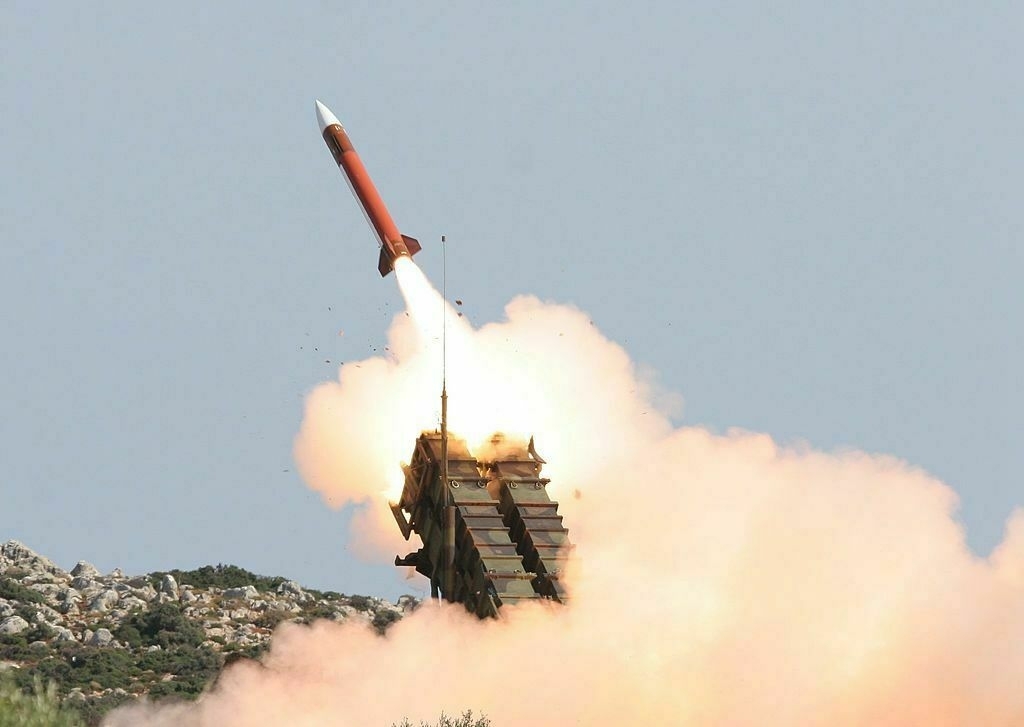
During last week’s NATO summit in The Hague, Trump and President Volodymyr Zelensky met behind closed doors. Rutte described the conversation as “a very good discussion, particularly focusing on air defense systems."
The reporting of paused deliveries comes as Ukraine faces one of the heaviest barrages of Russian drone and missile strikes since the start of the full-scale invasion.
Ukraine’s Defense Ministry responded by saying it has not received formal notification of delays or cancellations and has requested urgent consultations with U.S. defense officials.
The Foreign Ministry summoned U.S. Charge d’Affaires John Ginkel the same day, warning that any hesitation in maintaining Ukraine’s defense capabilities would embolden Russia.
The Kremlin welcomed the halt in arms shipments, saying it brings the war closer to an war.
“The fewer weapons that are supplied to Ukraine, the closer the end of the (war),” Kremlin spokesperson Dmitry Peskov said in response to the information.
U.S. Defense Secretary Pete Hegseth has previously indicated that the upcoming defense budget will scale back long-term military support for Ukraine, reflecting a shift in Washington’s priorities.
‘Ukraine is biggest landmine challenge since World War II,’ says head of world’s largest demining organizationRussia’s full-scale invasion may have turned Ukraine into the world’s largest minefield. As of March 2025, Ukraine’s mine-affected land spans an estimated 139,000 square kilometers — or 23% of its territory — covering more ground than all of Greece and posing an immense threat to civilian life and recovery efforts.The Kyiv IndependentDaria Shulzhenko
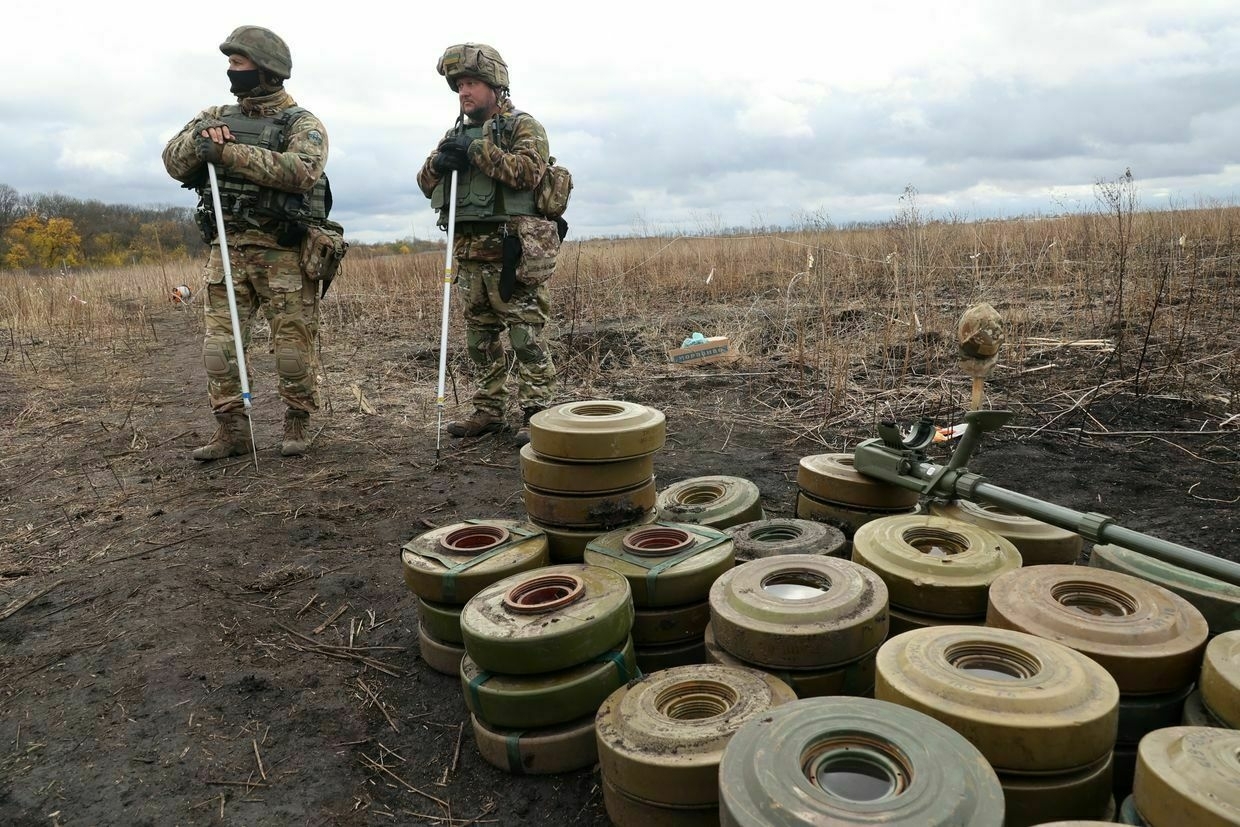
-
US envoy Kellogg denies agreeing to help halt Ukraine's drone strikes on Russia
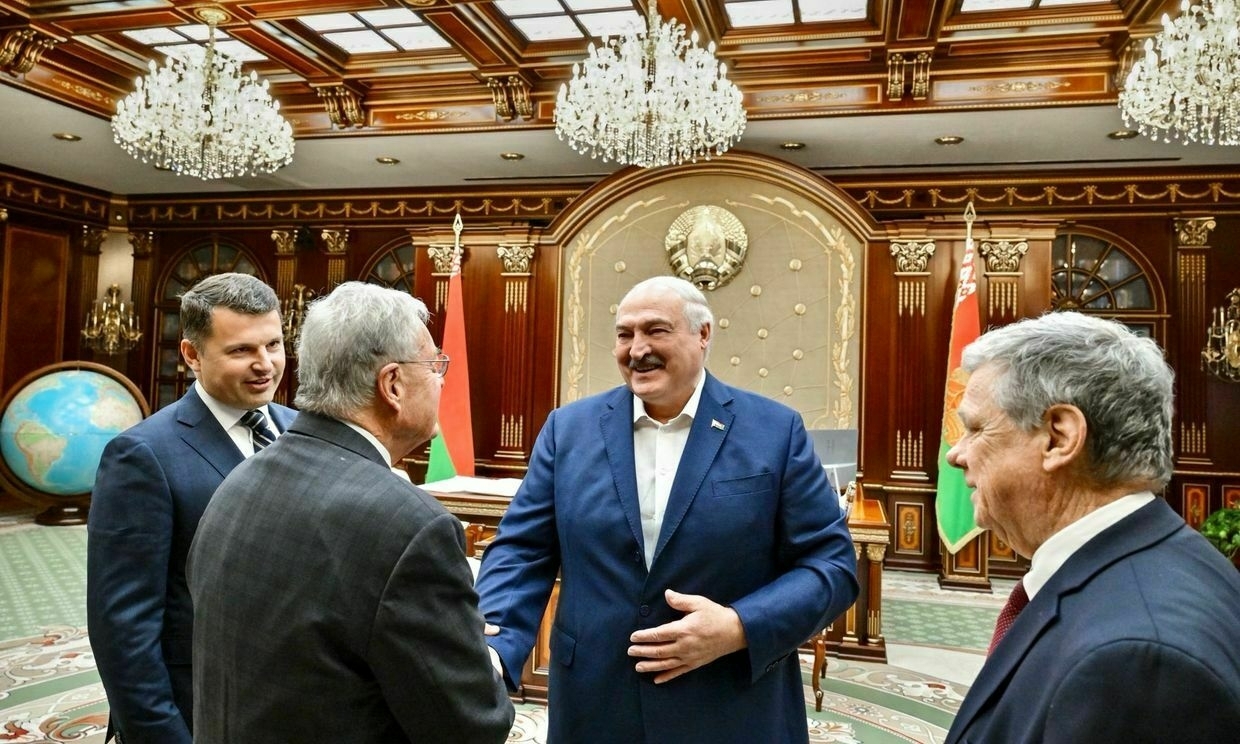
U.S. Special Envoy for Ukraine Keith Kellogg denied on July 1 that he agreed to “work on” halting Ukraine’s drone attacks on Russia, contradicting Belarusian dictator Alexander Lukashenko’s claim.
Speaking at a state event on Belarus’s Independence Day, Lukashenko said he relayed Russian President Vladimir Putin’s position to Kellogg during their June 21 meeting in Minsk.
According to Lukashenko, the Russian president is willing to consider a ceasefire in Ukraine if Ukrainian forces stop conducting drone strikes on Russian territory.
“I conveyed this position to the Americans,” Lukashenko said on July 1. “We will work on it, said (the U.S. special envoy), in this direction."
Kellogg pushed back on the claim, writing on X that the quote was “taken out of context” and misrepresented the substance of their talks.
“At no point did I make comments related to Ukraine’s prosecution of the war outside of a total ceasefire,” he said. “In my conversation with Lukashenko, we discussed a full and unconditional ceasefire."
The June meeting between Kellogg and Lukashenko marked the highest-level U.S. visit to Belarus since former Secretary of State Mike Pompeo’s 2020 trip. Belarusian state media widely portrayed Kellogg’s visit as a sign of thawing relations.
Shortly after the talks, Belarus released opposition leader and political prisoner Siarhei Tsikhanouski, who had been jailed since the 2020 presidential election.
Lukashenko has ruled Belarus since 1994 and remains a key ally of the Kremlin. His regime has allowed Russian troops and equipment to use Belarusian territory to attack Ukraine since the start of the full-scale invasion in February 2022.
Military aid delays will ‘encourage Russia to continue war,’ Ukraine tells US envoyUkraine warned that “any delay or hesitation in supporting Ukraine’s defense capabilities will only encourage Russia to continue war and terror, rather than pursue peace.” The Kyiv IndependentMartin Fornusek
The Kyiv IndependentMartin Fornusek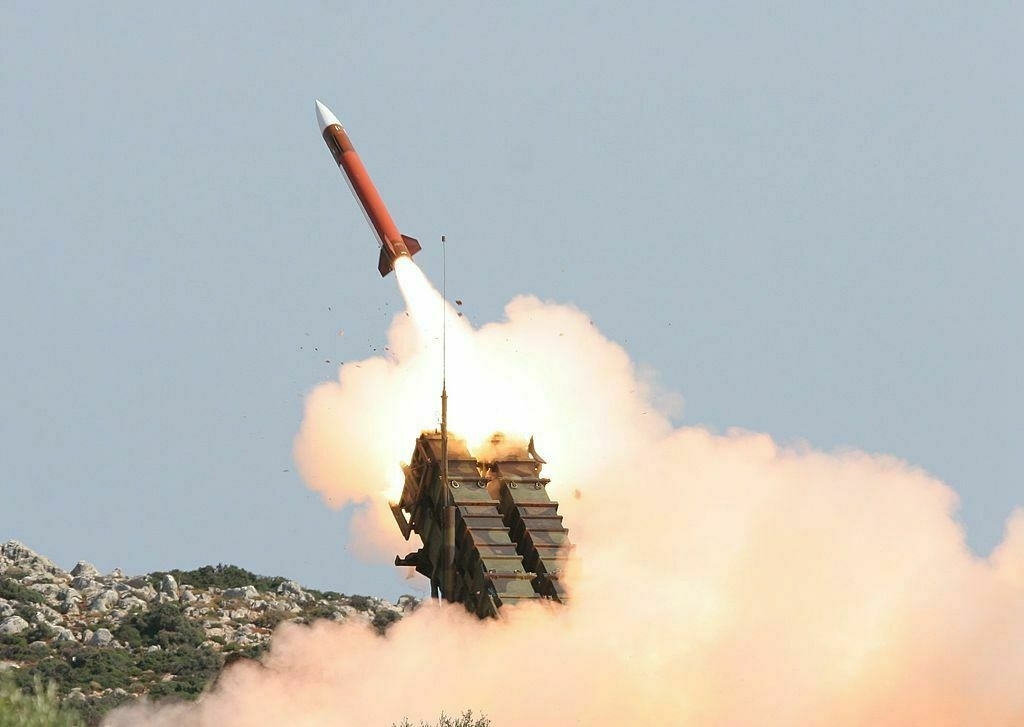
-
Failed US peace effort left Ukraine worse off, expert argues
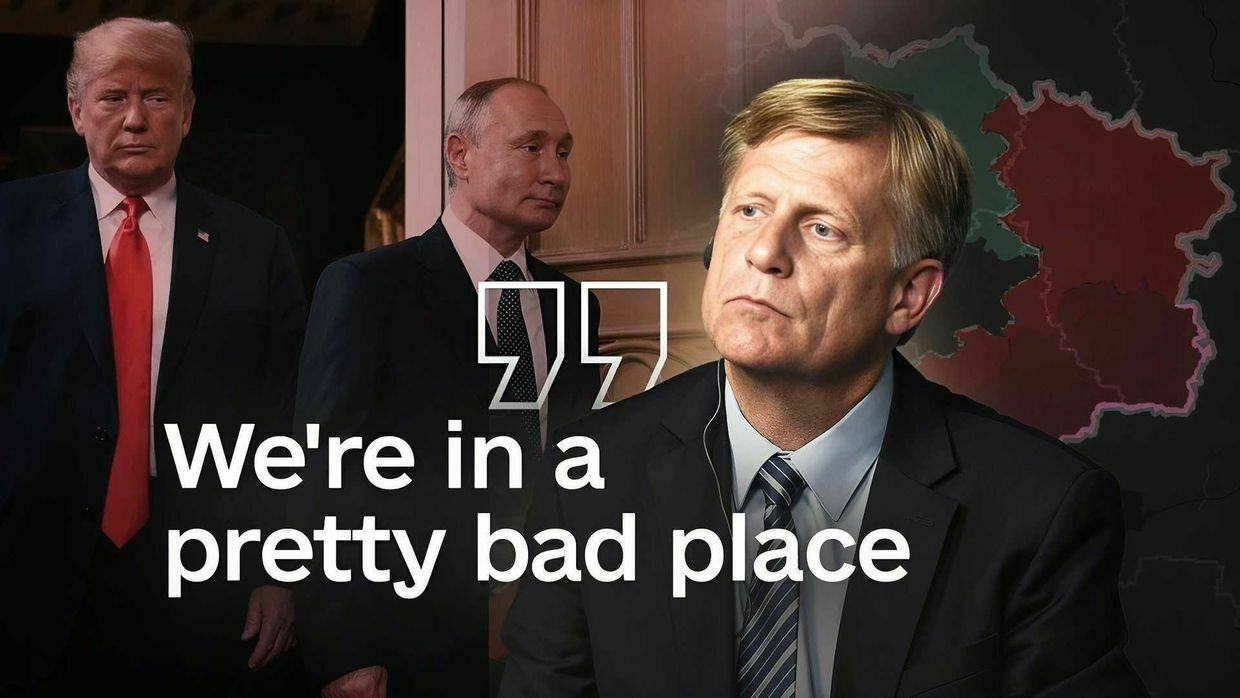
The Kyiv Independent’s Chris York sat down with Michael McFaul, an academic and former U.S. ambassador to Russia (2012–2014), to discuss the state of the Ukraine-Russia peace process following U.S. President Donald Trump’s failed effort, the threat of U.S. disengagement, and a congressional bill introducing new sanctions against Russia and its trading partners supporting its war machine.
-
Russia's Rosatom seeks to sell 49% stake in Turkey's first nuclear plant
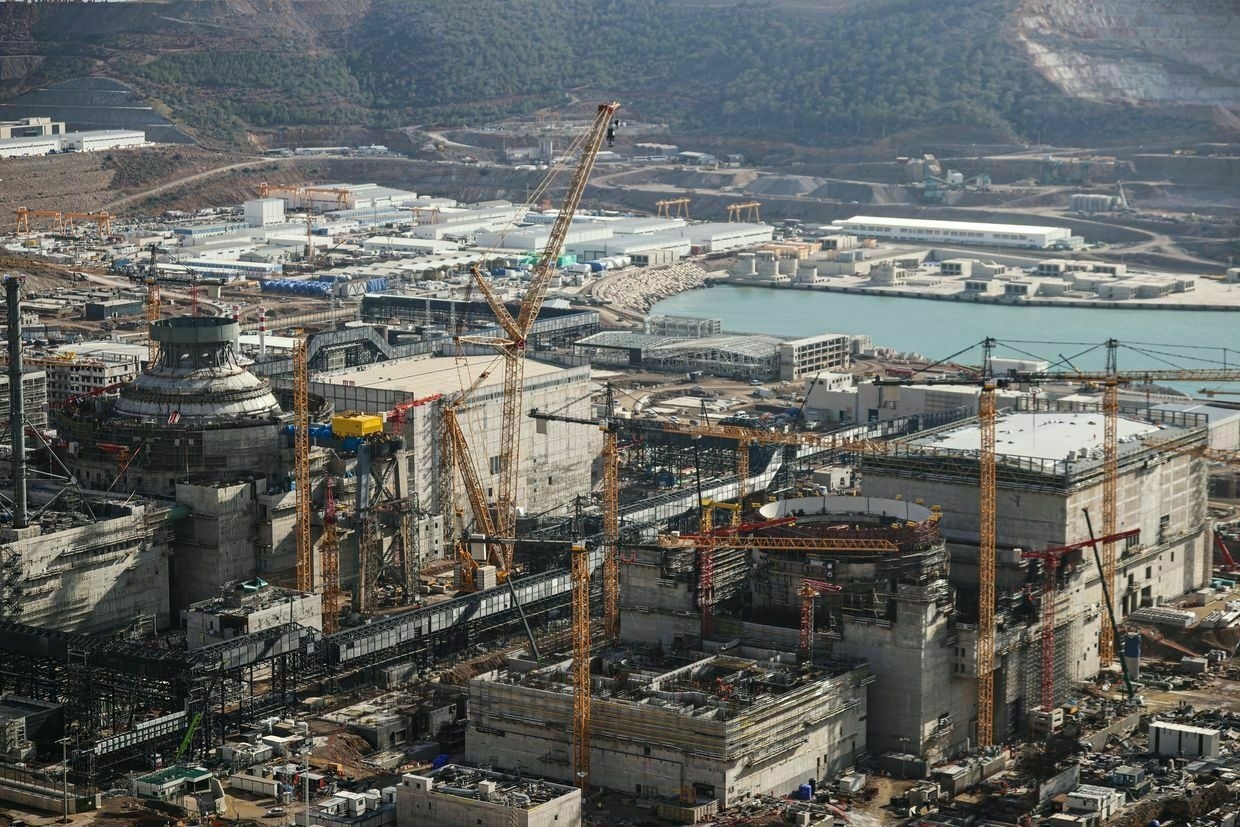
Russian nuclear giant Rosatom is negotiating the sale of a 49% stake in Turkey’s Akkuyu Nuclear Power Plant project, estimated at $25 billion, Bloomberg reported on July 1.
The project is a cornerstone of Russian-Turkish energy cooperation. The Akkuyu plant, located in Mersin Province, is poised to become Turkey’s first nuclear power facility.
The 4.8-gigawatt project is expected to begin supplying electricity in 2026, Anton Dedusenko, chairman of the board at Rosatom’s Turkish subsidiary, told Bloomberg.
“The closer we are to the first unit generating electricity, the more investors start coming,” Dedusenko said on the sidelines of the Nuclear Power Plants Expo & Summit in Istanbul.
A previous sale attempt in 2018 collapsed over commercial disagreements. This time, financing is complicated by the threat of U.S. sanctions, prompting Moscow and Ankara to consider alternative payment mechanisms.
“There are many ways how to deliver money here. We can deliver the Russian rubles, the Turkish lira,” Dedusenko said.
Despite its NATO membership, Turkey has maintained open diplomatic and economic ties with Russia throughout the full-scale war against Ukraine, while continuing to supply aid to Kyiv and host international mediation efforts.
‘Ukraine is biggest landmine challenge since World War II,’ says head of world’s largest demining organizationRussia’s full-scale invasion may have turned Ukraine into the world’s largest minefield. As of March 2025, Ukraine’s mine-affected land spans an estimated 139,000 square kilometers — or 23% of its territory — covering more ground than all of Greece and posing an immense threat to civilian life and recovery efforts.The Kyiv IndependentDaria Shulzhenko
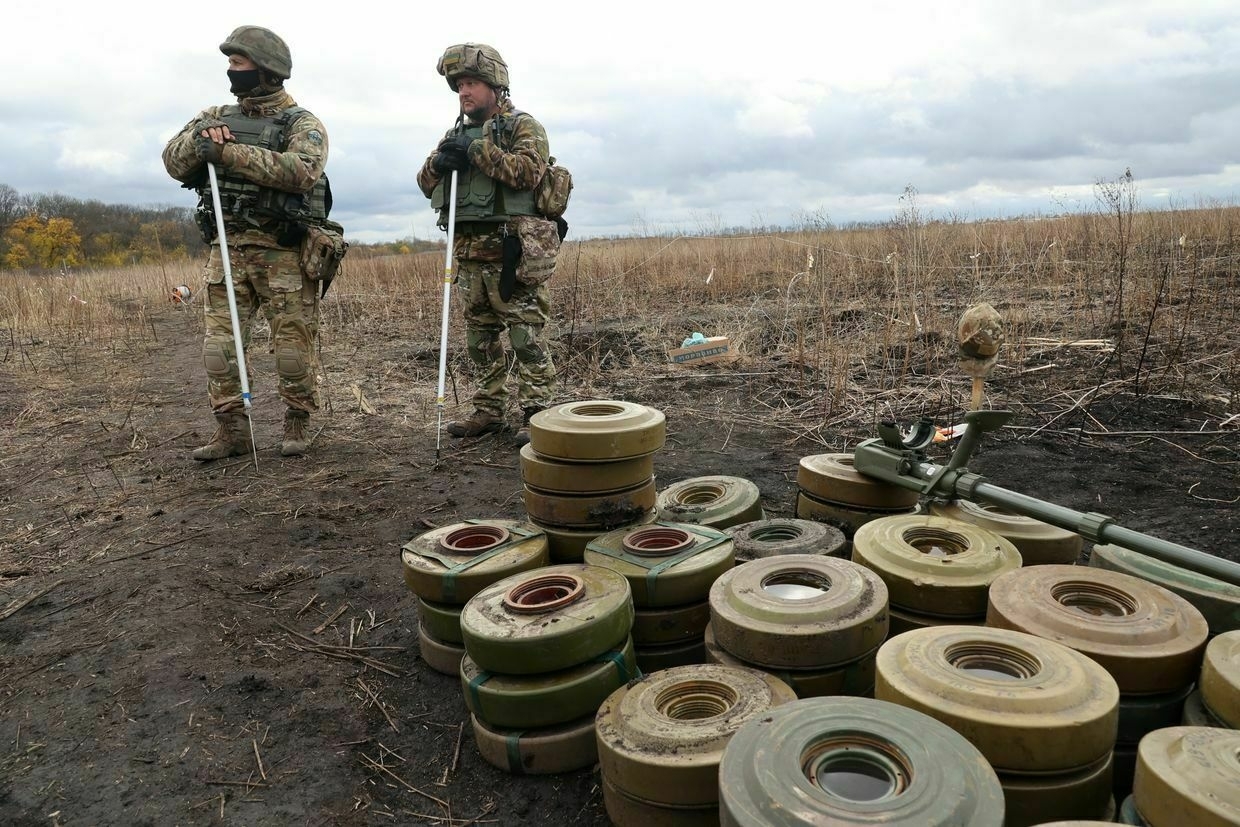
-
Ukraine suspends citizenship of Moscow-linked church head

Metropolitan Onufrii of Kyiv, the primate of the Ukrainian Orthodox Church of the Moscow Patriarchate, has had his Ukrainian citizenship suspended by a presidential decree, the Security Service of Ukraine (SBU) announced on July 2.
The SBU said it had established that Onufrii, also known by his secular name, Orest Berezovskyi, voluntarily received Russian citizenship in 2002 and failed to inform Ukrainian authorities of the fact. The new Ukrainian law on multiple citizenship lists holding a Russian passport as grounds for the removal of Ukrainian citizenship.
The security agency also said Onufrii has maintained ties with the Russian Orthodox Church (ROC) and actively resisted Ukraine’s efforts to secure ecclesiastical independence from Moscow and its leader, Patriarch Kirill.
The Ukrainian Orthodox Church of the Moscow Patriarchate (UOC-MP) has faced growing scrutiny and public criticism in Ukraine since the start of Russia’s full-scale invasion in 2022, with many officials accusing it of maintaining loyalty to Moscow and undermining Ukraine’s sovereignty.
The Moscow-linked church is separate from the Orthodox Church of Ukraine, which was granted autocephaly (autonomy) by Ecumenical Patriarch Bartholomew I of Constantinople in 2019.
“Despite the full-scale invasion, Berezovsky (Onufrii) continues to support the policies of the Russian Orthodox Church and its leadership, particularly Patriarch Kirill (Gundyaev),” the SBU said in a statement.
Zelensky signed a law in 2024 banning the activities of religious organizations affiliated with Russia. The law was widely seen as targeting the UOC-MP, which remains legally subordinate to the Moscow-based ROC despite its claim to have severed ties.
Since the start of the full-scale invasion in February 2022, over 100 UOC-MP clergy members have come under criminal investigation for alleged collaboration with Russian forces or spreading pro-Kremlin propaganda, according to the SBU. Nearly 50 have been charged, and courts have issued verdicts in 26 cases.
The UOC-MP continues to insist that it operates within Ukrainian law and that its 2022 declaration of independence from Moscow was genuine, though many in Ukraine view it as purely symbolic and lacking credibility.
No God But TheirsThe Kyiv IndependentDanylo Mokryk
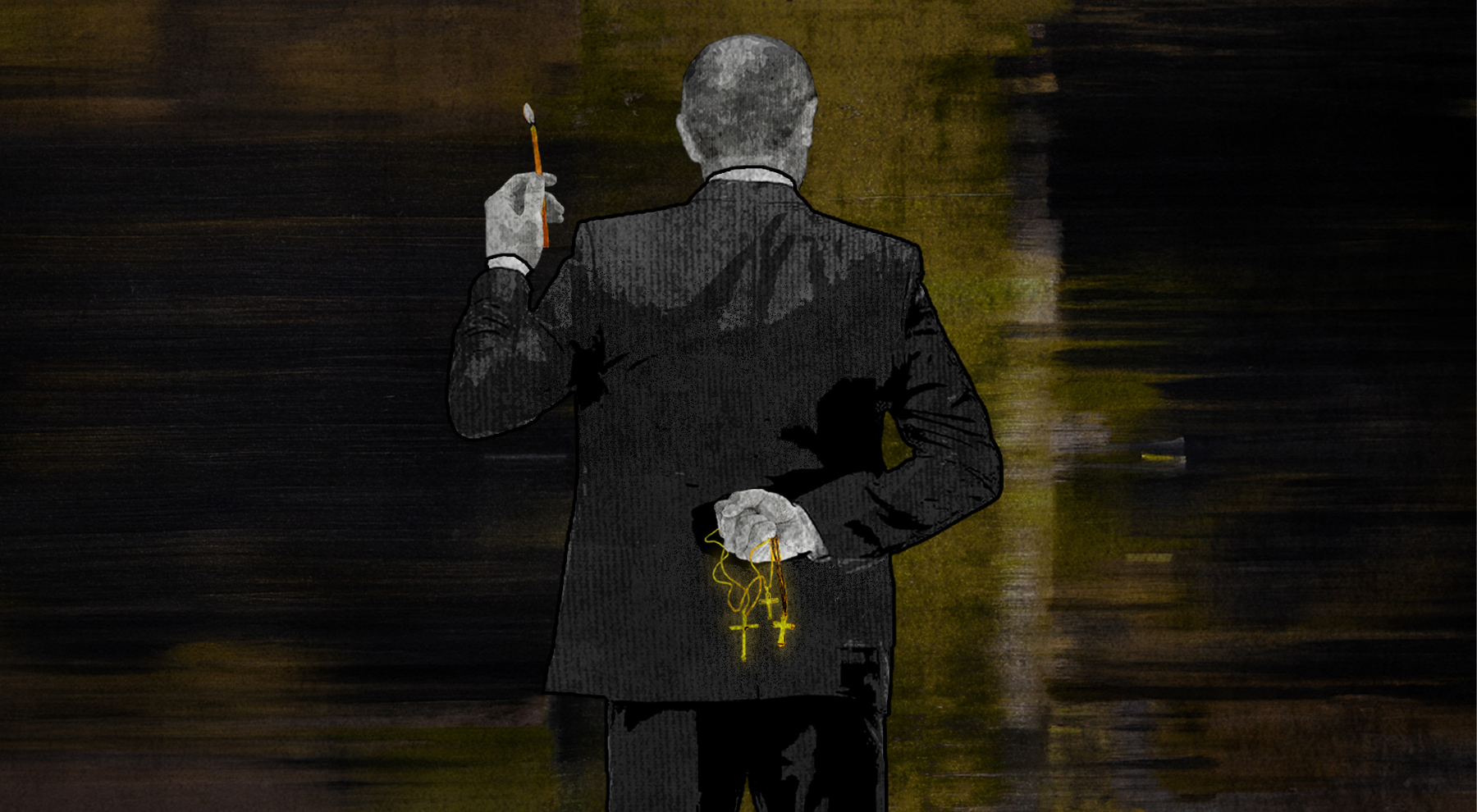
-
'Ukraine is biggest landmine challenge since World War II,' says head of world’s largest demining organization
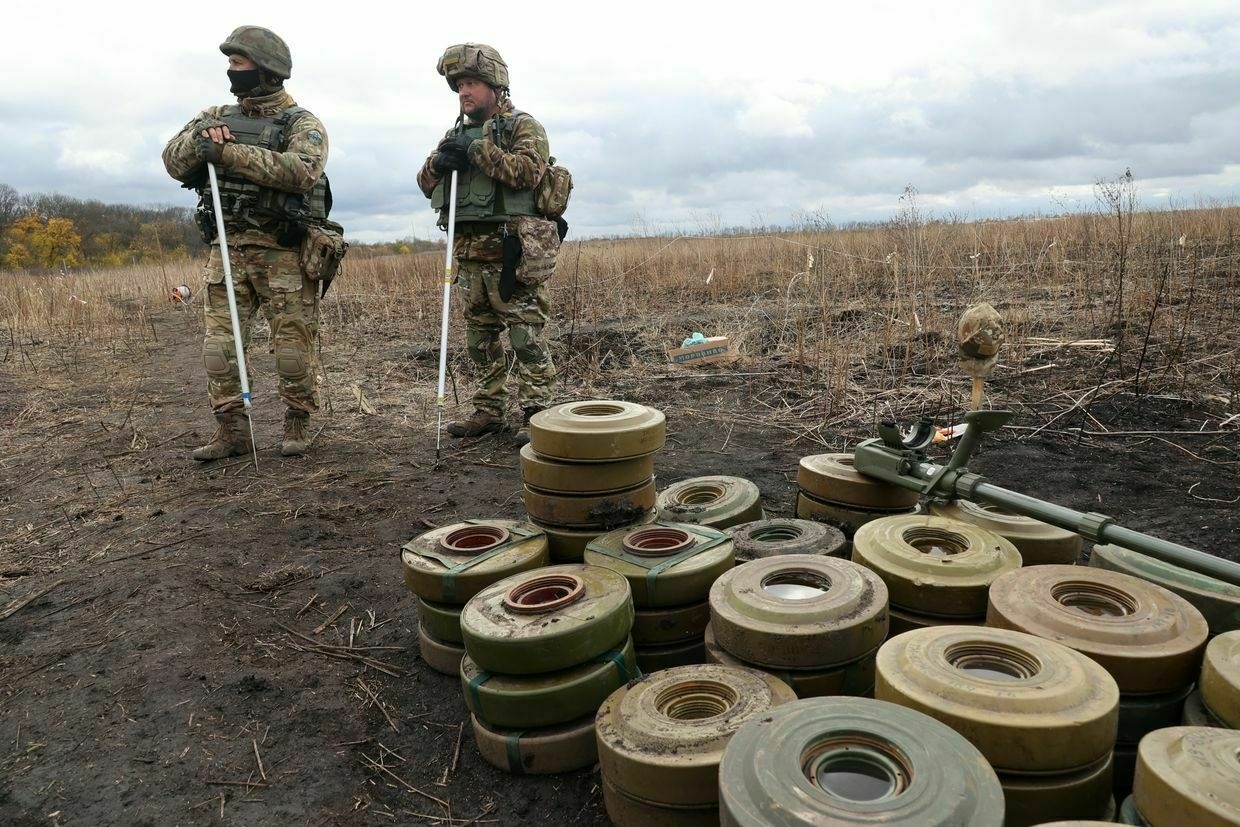
Russia’s full-scale invasion may have turned Ukraine into the world’s largest minefield.
As of March 2025, Ukraine’s mine-affected land spans an estimated 139,000 square kilometers — or 23% of its territory — covering more ground than all of Greece and posing an immense threat to civilian life and recovery efforts.
Clearing landmines and unexploded ordnance is essential to preventing civilian casualties and enabling the safe use of land and infrastructure, fostering the country’s recovery and future development.
Demining in Ukraine is primarily carried out by the State Emergency Service and the Armed Forces, with both international and domestic non-governmental organizations contributing to the effort.
The world’s largest demining non-governmental organization, the HALO Trust, has operated in Ukraine since 2015 and scaled up its efforts after the full-scale invasion began.
The HALO Trust has cleared nearly 7.9 million square meters of land and located over 41,000 pieces of unexploded ordnance since Feb. 24, 2022.
The organization has grown from a small team of 400 in Kramatorsk, a front-line city in Donetsk Oblast, to a workforce of 1,500 people operating in eight regions across Ukraine.
The Kyiv Independent spoke with James Cowan, the CEO of HALO Trust, about the organization’s ongoing effort to rid Ukraine of landmines, his assessment of how long it might take, and what new technology could revolutionize the process.
Editor’s note: This interview has been edited and condensed for clarity.
The Kyiv Independent: How would you describe the scale of landmine contamination in Ukraine today, and how does it compare to other conflict zones you’ve worked in?
James Cowan: The HALO Trust has existed since 1988. We are the world’s largest NGO that clears landmines, so we know about other areas of the world.
This is the biggest landmine challenge since World War II.
Unless it's done quickly, it's going to take hundreds of years.

James Cowan in the park after the interview in Kyiv, Ukraine on May 15, 2025.(Elena Kalinichenko/The Kyiv Independent)
The nearest example is the minefield between North and South Korea — it's 178 kilometers long. Ukraine's front line is 1,000 kilometers long, and that is not the only contamination.
There are landmines well inside free Ukraine and landmines well inside Russian-controlled parts of Ukraine.
The Kyiv Independent: Can you describe how your team operates in Ukraine — which regions you're active in, and what the process looks like from detection to removal when a mine or unexploded ordnance is found?
James Cowan: There are three units: one in the north, one in the northeast, and one in the south. We want to expand further, and when it is possible, we would be happy to help Ukraine clear even more parts of the country.
We have survey teams that confirm the contamination and are also trying to shrink the area to the absolute minimum. We then bring in our teams to conduct the clearance.
This is an area where there could be improvement. We work in countries like Afghanistan, which is mountainous; in countries like Cambodia, which is jungle; and in countries like Angola, which is African bush. In those places, mechanical methods are not easy to use. But in Ukraine, there are open fields — some of the best agricultural land in the world. They are the most suitable and optimized environment for mechanical clearance.
We have mechanical diggers, but we're not allowed to deploy them because authorization is very slow. We would ask the Ukrainian government to speed that up because currently, it is very bureaucratic and takes too long. We need to be able to use all the assets available.
Ukraine does not want to be like Afghanistan, where HALO has worked since 1988 and is still working.
The Kyiv Independent: Why is it so difficult to speed up the process?
James Cowan: Every country has its own bureaucracy. Sometimes, government officials aren't as entrepreneurial as those in the private sector. But it would be good to see more speed. This is not a conscious decision but more a bureaucratic inertia.
But Ukraine needs to act because its land is covered in landmines. Without action, Ukraine can't export its grain, open its roads, or bring its population back. Unless it's done quickly, it's going to take hundreds of years.
The Kyiv Independent: Given the ongoing ceasefire negotiations between Ukraine and Russia, do you think demining should also be part of the talks?
James Cowan: If a ceasefire happens, that is the inflection point. It is the point at which everyone's efforts move from a war to a defensive posture, in which, of course, Ukraine's army will continue to protect the sovereignty of their country. Still, the civilian effort will move toward reconstruction and away from the fighting.
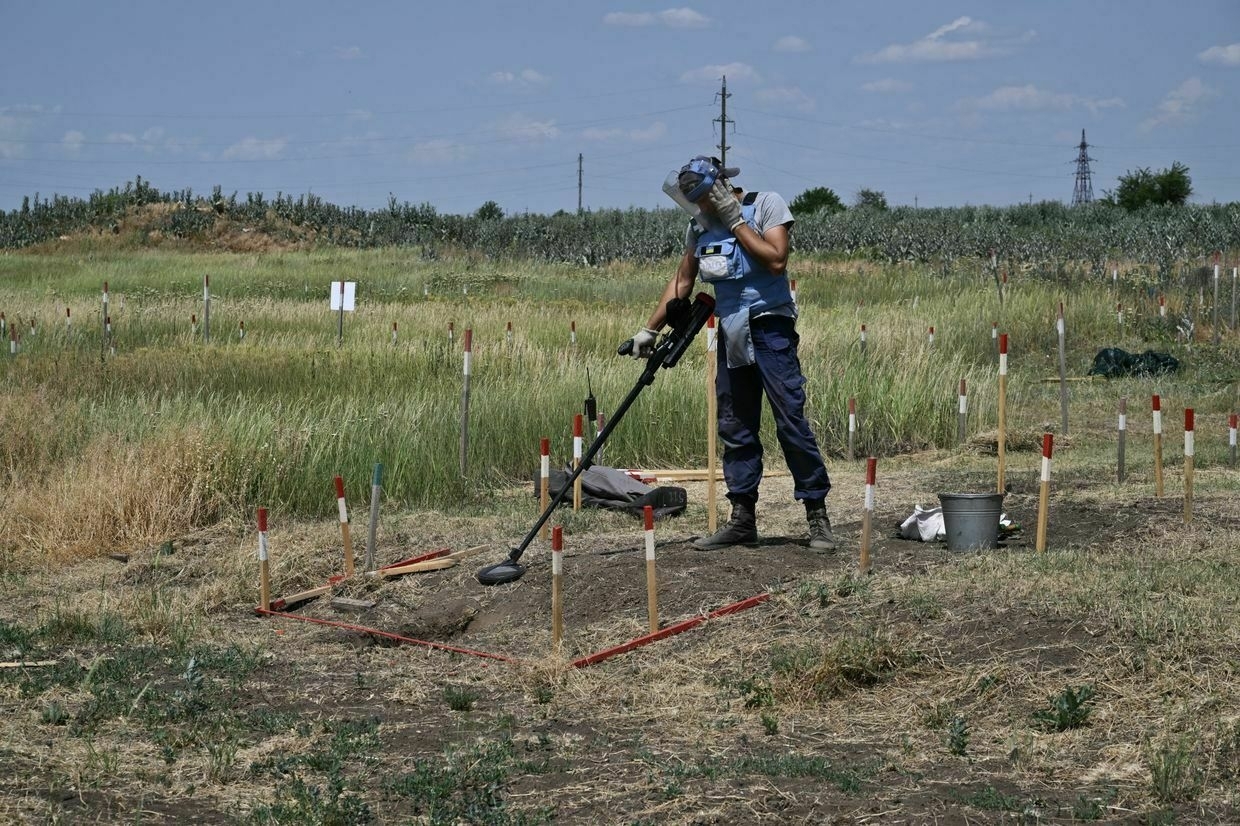
A deminer from the HALO Trust NGO clears mines in a field outside Snihurivka, Mykolaiv Oblast, Ukraine, on June 4, 2024. (Genya Savilov / AFP via Getty Images) At that moment, Ukraine's priority will be to restart its economy, get all that land that hasn't been farmed for three or four years back into use, and allow communities to return to their homes. And it's not just about large-scale farming — it's also about local, small-scale agriculture. Some people haven't been able to grow vegetables, raise goats or sheep, or use their cows and donkeys. They need access to their land again.
It's also about reopening roads, schools, shops, and factories. All these things need to be cleared (from mines), and the whole economy needs to be helped to get up and going.
There is a lot of emphasis on the mineral deal, but you can't mine for minerals without demining for landmines.
The Kyiv Independent: If the war were to end tomorrow, would it be realistic to fully clear all mines in Ukraine within the next 10 years?
James Cowan: If the war were to stop tomorrow along the current front line, it wouldn't be possible to clear landmines on the Russian-occupied side, despite it being sovereign Ukrainian territory, unless Russia allows it.
Combining artificial intelligence with imagery is a key development.
Regarding territory under Ukrainian control, whether all landmines can be cleared within 10 years remains open — but I believe it's possible. If Ukraine applies the same level of innovation and energy to mechanizing demining as it has to advancing drone technology, then yes, I think it's achievable. That said, it's still too early to be certain.
The Kyiv Independent: How do you assess Ukraine's National Mine Action Strategy (approved in June 2024)? In your view, how realistic and effective is it given the current scale of contamination? Has HALO Trust been involved in shaping or advising on the strategy?
James Cowan: I've worked alongside Ukraine's First Deputy Prime Minister, Yulia Svyrydenko. The strategy she's built is a good one.
But all strategies need to evolve; they're not just documents on a dusty shelf, and this one will. I'd particularly like to see the adoption of mechanical clearance.
The Kyiv Independent: What emerging technologies do you see as having the greatest potential to transform demining efforts in Ukraine?
James Cowan: Combining artificial intelligence with imagery is a key development. In terms of detection, there are several exciting technologies, such as synthetic aperture radar, ground-penetrating radar, and magnetic resonance — especially the magnetic resonance methods developed in Australia for detecting rare earth elements like gold, which can also be applied to finding landmines.
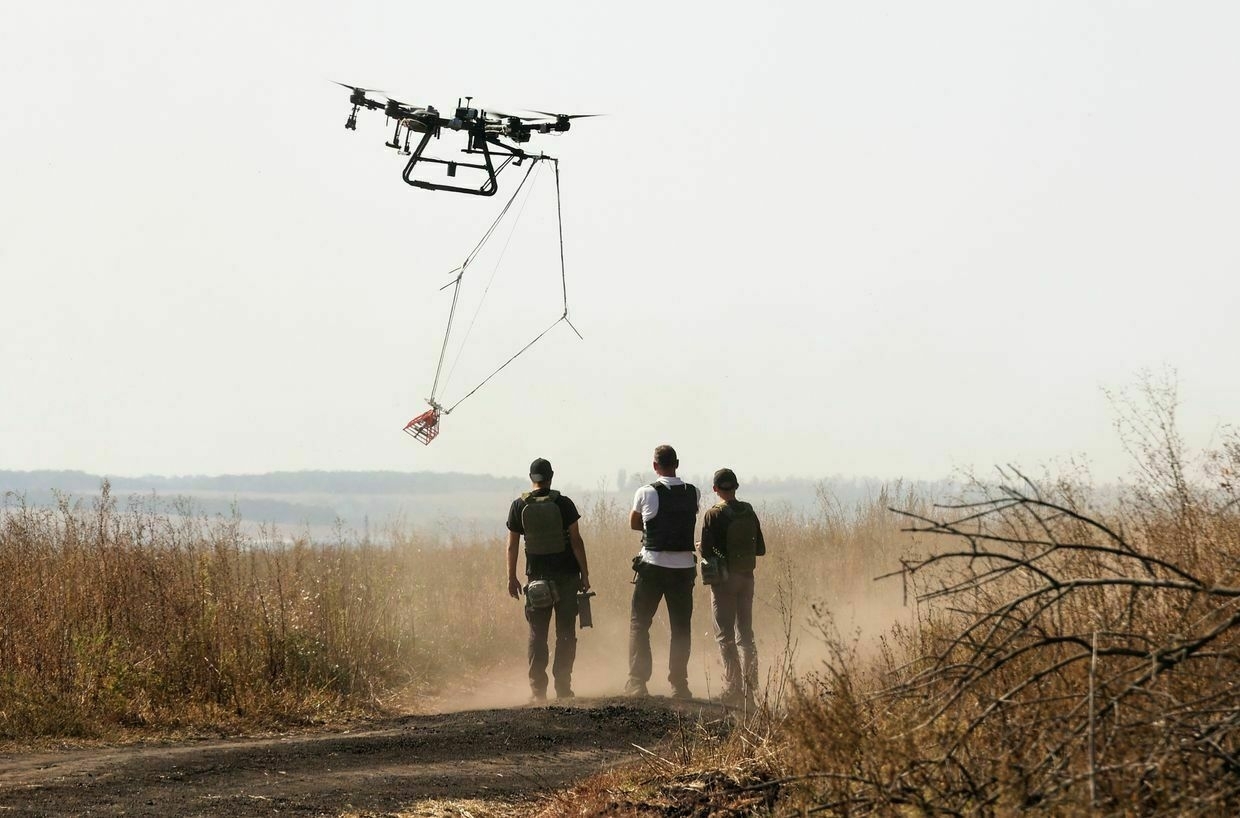
Representatives of the Postup NGO inspect a mined area with a drone as part of demining effort in Kharkiv Oblast, Ukraine, on Oct. 1, 2023. (Vyacheslav Madiyevskyi / Ukrinform/Future Publishing via Getty Images) There are also cutting-edge nuclear industry technologies, like the neutron-associated particle imaging (NAPI), which could be game-changing. The problem is that these technologies are very good at finding mines, but also find mines that aren't there. This means they produce false alarms, which slows the process. So, the technology needs to become better at only detecting real landmines, not fake ones.
The Kyiv Independent: As the CEO of a leading humanitarian organization, you chose not to publicly condemn the U.S. decision to provide Ukraine with anti-personnel mines in 2024. Could you explain why? Has your position on this changed since then?
James Cowan: Ukraine's fundamental right to self-defense is something everyone should respect. Your country is fighting for its very existence. Who am I to question your right to exist? I wasn't willing to condemn you for that.
Yes, my organization's mission is to clear landmines, but I'm not here to judge who is right or wrong. My role is simply to clear the landmines.
Note from the author:
Hi! Daria Shulzhenko here. I wrote this piece for you. Since the first day of Russia's all-out war, I have been working almost non-stop to tell the stories of those affected by Russia’s brutal aggression. By telling all those painful stories, we are helping to keep the world informed about the reality of Russia’s war against Ukraine. By becoming the Kyiv Independent's member, you can help us continue telling the world the truth about this war.
Ukraine to exit mine ban treaty, citing war demands, realities on the groundUkraine looks to withdraw from a major international treaty on anti-personnel landmines to bolster its defense on the battlefield, where its troops are trying to hold off Russia’s intensifying offensive. President Volodymyr Zelensky, on June 29, had requested that Ukraine withdraw from the 1997 Ottawa Treaty that banned the productionThe Kyiv IndependentAsami Terajima
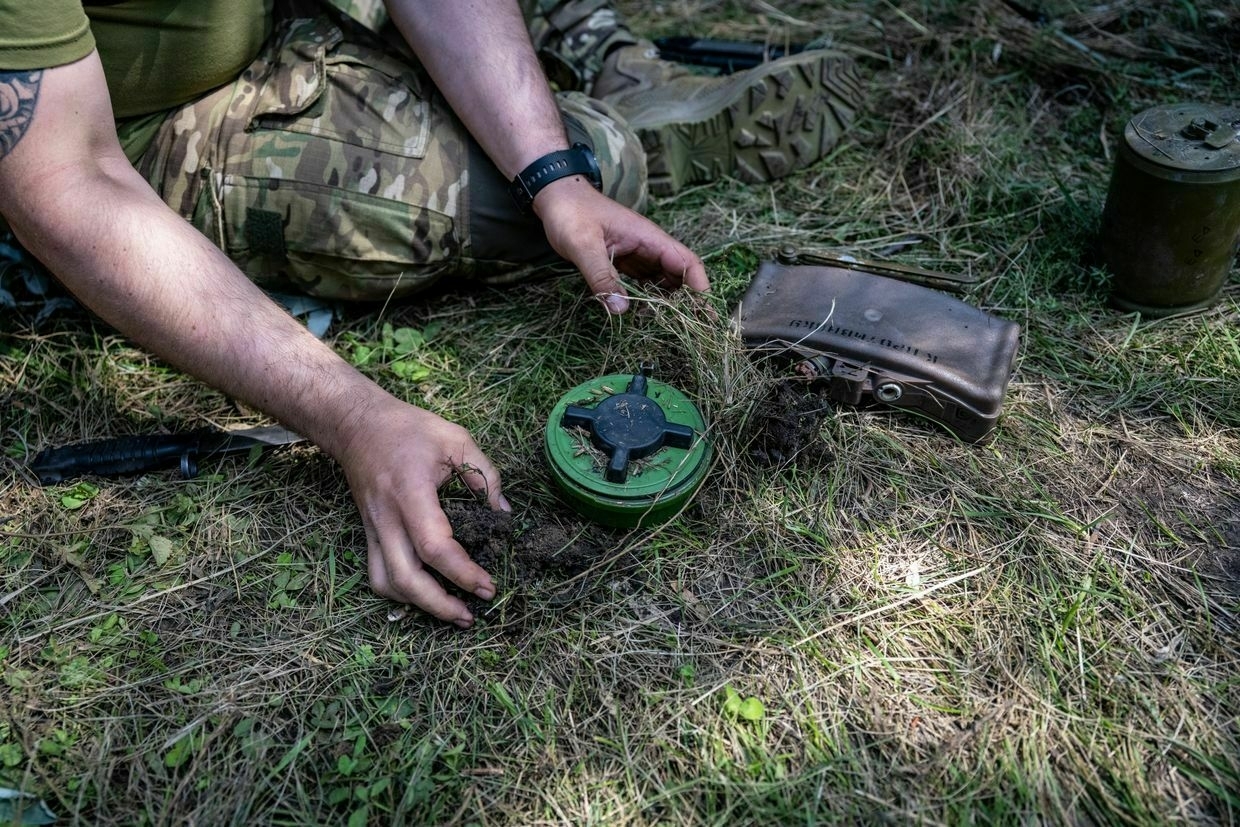
-
NEWSFLASH: Myroslava gives birth
Editor’s Note:
Myroslava will get five months of full paid maternity leave – far more than is available to most! Support our policy? Help us back it by upgrading today.It was the day Myroslava, our managing editor, was looking forward to the most.
Despite all her fears, despite the horrors of war, despite the risks – she became a mother.
The whole team is incredibly excited to share that Myroslava has given birth to a tiny newborn – well, not that tiny at 4.01 kilograms and 56 cm (8.8 pounds and 22 inches).
At the 90th percentile in both weight and height, we look forward to the new child also being similarly talented and empathetic.
Recently some women have given birth under the sound of shelling in specially-equipped shelters. Thankfully, Myroslava's delivery went well, and that day brought an unexpected reprieve in air raids.
Please congratulate her in the comments with any well wishes you might have!
After the paywall:
–The baby’s first photos with Myroslava
–What Myroslava will name her child, and the historical meaning behind it– How The Counteroffensive survives (barely) without Myroslava.
-
Ukraine denies another Russian claim of Dnipropetrovsk Oblast breakthrough, says small incursion repelled
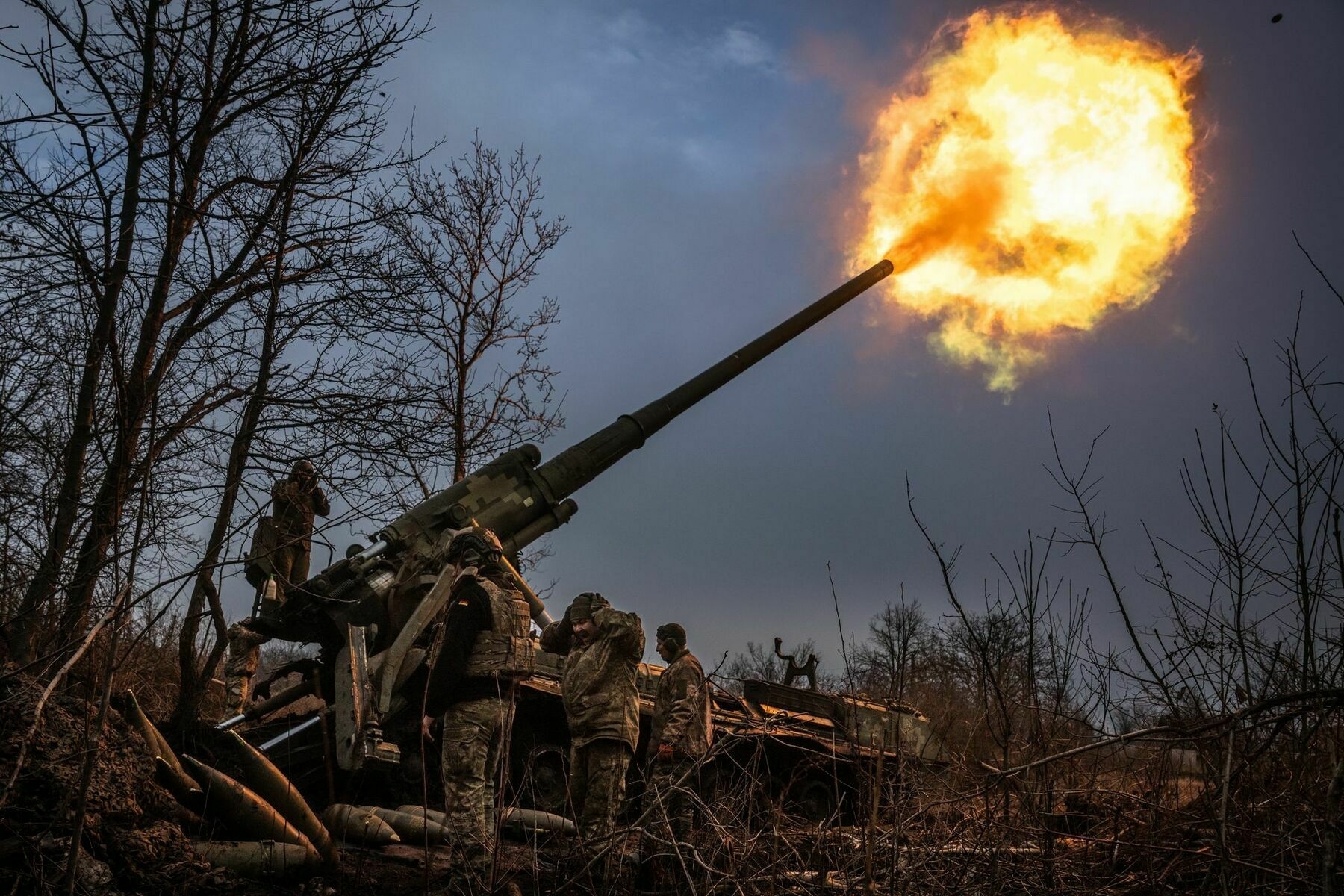
Russian forces have not succeeded in crossing into Dnipropetrovsk Oblast, Ukraine’s military said on July 2, refuting another Russian claim of a breakthrough into the central-eastern region.
The General Staff of the Armed Forces of Ukraine dismissed Russian claims of territorial gains as disinformation and said a recent small incursion was repelled.
According to the statement, a small Russian reconnaissance group managed to briefly enter the village of Dachne, located on the edge of Dnipropetrovsk Oblast. The group reportedly took photos with a Russian flag, but Ukrainian forces “eliminated them.”
Russian troops have intensified efforts to breach the administrative border between Donetsk and Dnipropetrovsk oblasts in eastern Ukraine, but have failed to gain ground despite repeated assaults, the military said.
"(Russian troops) have had no success in achieving this demonstrative goal, no matter how many ‘meat wave assaults’ they launch with small infantry units and sabotage-reconnaissance groups," the General Staff said in a statement.
Donetsk Oblast, which has been a focal point of Russia’s invasion since 2014 and a major battleground since the full-scale invasion in 2022, borders the more centrally located Dnipropetrovsk Oblast. Russian forces have not entered Dnipropetrovsk Oblast territory in force, although they regularly strike the region with missiles, drones, and aerial bombs.
In a separate incident, two Russian soldiers were captured during a subsequent assault on Dachne and are now in Ukrainian custody, the military said. They were detained by a unit of Ukrainian Marines and added to “Ukraine’s prisoner exchange pool."
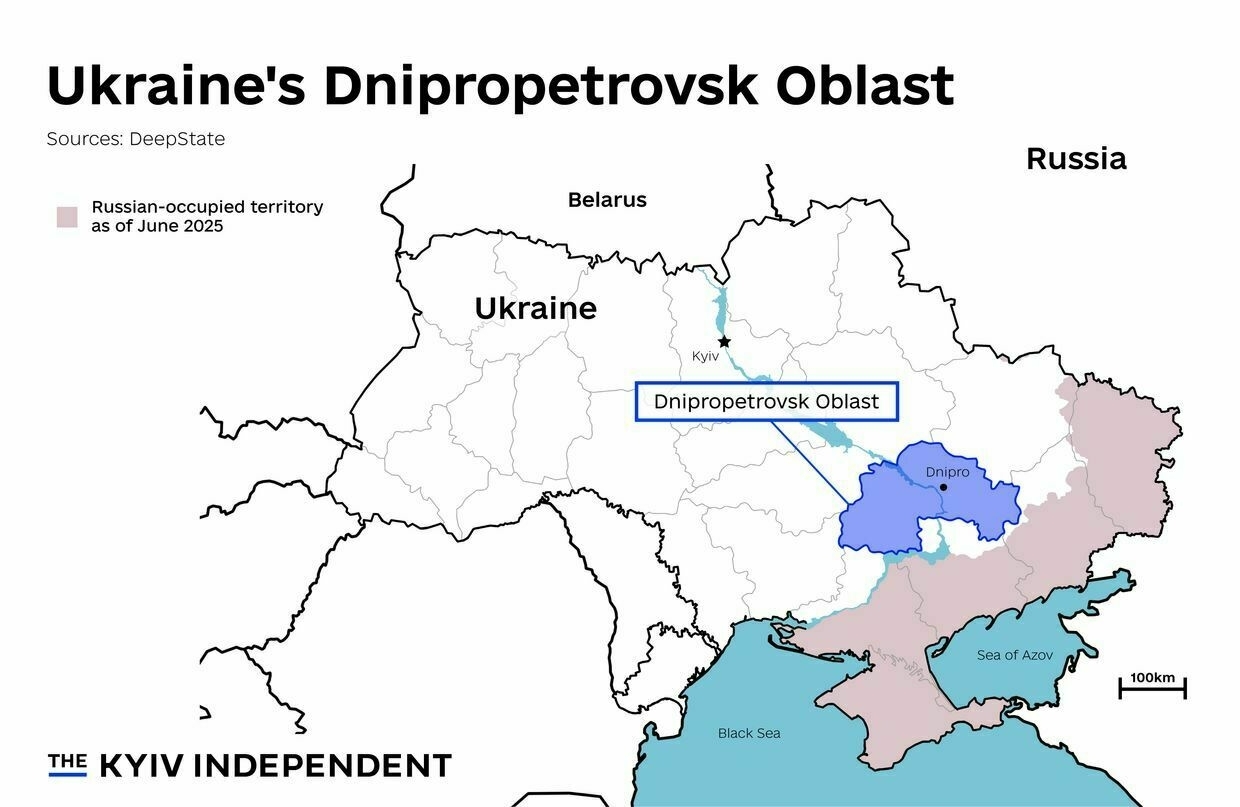
Ukraine’s Dnipropetrovsk Oblast (Nizar al-Rifai/The Kyiv Independent) “Therefore, the Russian propaganda about the seizure of the bridgehead in Dnipropetrovsk Oblast is not true. Dachne remains under the control of the Ukrainian Defense Forces,” the statement read.
The new claims echo a similar incident in May when Russian sources circulated a photo purporting to show Russian troops at the border of Dnipropetrovsk Oblast near the village of Novomykolaivka.
At the time, Ukrainian officials, including Dnipropetrovsk Oblast Governor Serhii Lysak, dismissed the photo as fake. The monitoring group DeepState later confirmed that the image had been taken in the village of Troitske in Donetsk Oblast and featured a Ukrainian vehicle abandoned under fire, which Russian forces later used for staged photos.
Russian forces have recently stepped up offensive operations across multiple sectors of the front line. Viktor Tregubov, spokesperson for Ukraine’s Khortytsia group of forces, said on June 16 that Moscow had increased attacks in the Novopavlivka sector.
Tregubov noted that the escalation near Novopavlivka indicates an effort to breach into Dnipropetrovsk Oblast. “But they have failed to succeed,” he said in a televised address.
Kremlin spokesperson Dmitry Peskov told Russian state-controlled media on June 9 that Russian forces were conducting operations in Dnipropetrovsk Oblast as part of efforts to create a so-called “buffer zone” on Ukrainian territory.
These remarks followed Russian President Vladimir Putin’s May 22 statement that Russia was working to establish a “security buffer zone” along the Ukrainian border regions of Kursk, Bryansk, and Belgorod.
5 ways you can support Ukraine — even if your government doesn’t want toEditor’s note: This is an edited version of a guide for members of the Kyiv Independent community, published on Feb. 24, 2025. If you would like to join a community of people united by wanting to help Ukraine, consider becoming a member today. U.S. President Donald Trump’s publicThe Kyiv IndependentBrooke Manning
